Monthly ArchiveMay 2013
Animation &Animation Artifacts &Commentary &Independent Animation 21 May 2013 05:11 am
Tissa’s Nidsummer Night Dream
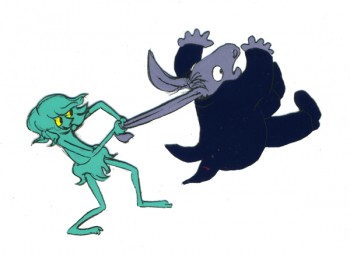 - From 1983-85, Tissa David teamed with three other friends in Holland to begin work on an animated version of Mendelssohn’s Midsummer’s Night Dream.
- From 1983-85, Tissa David teamed with three other friends in Holland to begin work on an animated version of Mendelssohn’s Midsummer’s Night Dream.
This film would introduce several animated characters from Shakespeare’s play over a live action orchestral performance of Mendolssohn’s music. These characters chased each other around the orchestra until, eventually, the animation took over, and the orchestra melted away. The tympanist, himself, melded into Bottom.
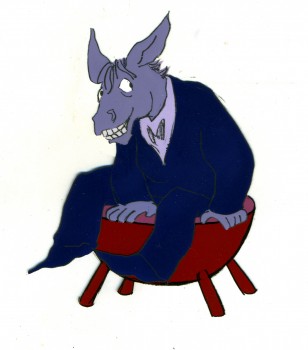 This film was completely animated by Tissa, including all inbetweens and layouts. She was the film’s director, though in all the time she worked on this film, she never once described her role to me as such. She was just making a film she loved with several extraordinarily talented friends.
This film was completely animated by Tissa, including all inbetweens and layouts. She was the film’s director, though in all the time she worked on this film, she never once described her role to me as such. She was just making a film she loved with several extraordinarily talented friends.
Kalman Kozelka was a brilliant cameraman who shot the entire film in a home built multiplane camera. It’s unjust to call it simply photography, because every scene involved seven to ten exposures with mattes and special lighting. Half of the scenes combined live action with the animation, and all of the scenes involved multiple levels with back and front lighting.
Ida Kozelka-Mocsary, Kalman’s wife, designed all the character coloring and colored all the cels . She worked closely in helping Kalman to prepare everything for the photography including mattes.
Richard Fehsl was the brilliant designer who colored and, in many cases, animated the Bg’s. All of these Bg’s were painted with dyes on frosted cels under rather delicate inking.
All four took story credit.
I have a good handful of the overlarge cels and artwork from the film. Here are a few of those cels along with a number of representative frame grabs from the film.
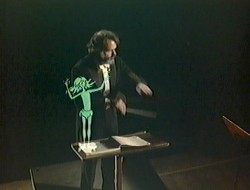 __
__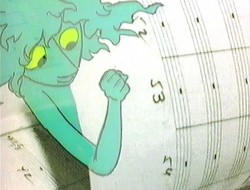
__________________(Click any image to enlarge.)
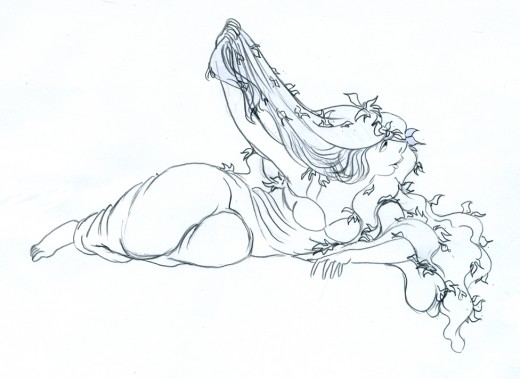
__________________Titania, the drawing and the cel.
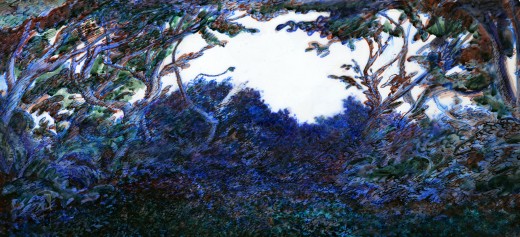
__________________Three of Richard Fehsl’s Bg elements. These were back lit
__________________and front lit and combined with other Bg levels.
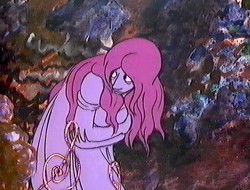 __
__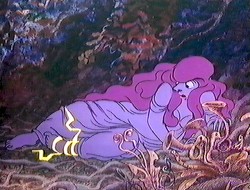
At times, Fehsl’s Backgrounds animated.
___I have so much more art from this film, that there’ll surely be more posts to come.
This video (vhs) can still be located – used copies – on Amazon here.
The film features a live-action orchestra with Shakespeare’s characters running wild over the footage. Eventually, the picture opens to an animated woods. It was photographed by Kalman Kozelka, color styled by Ida Kozelka-Mocsary, and Bg designs by Richard Fehsl.
The film aired on the BBC in 1983 and was released on VHS by Goodtimes Video.
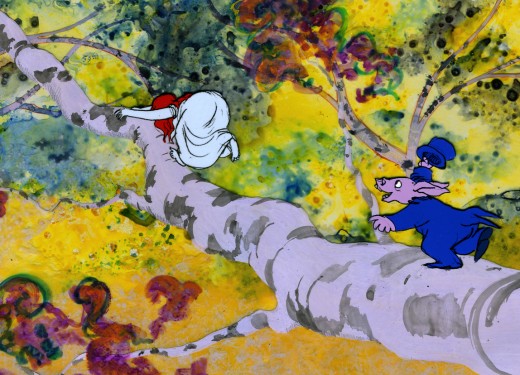
(click any image to enlarge.)
Bottom chases Titania in the woods.
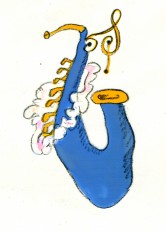
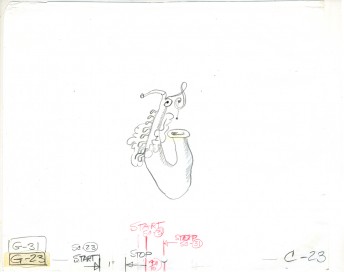
At one point the instruments of the orchestra take on an animated life of their own.
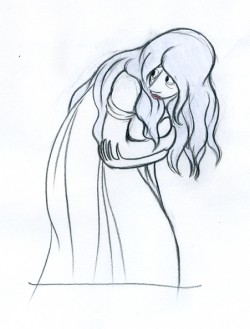
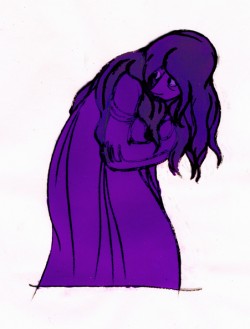
The dark coloring loses some of the emotional delicacy of the drawing,
but is appropriate within the context of the film.
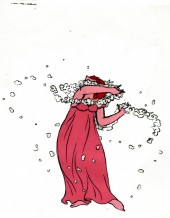
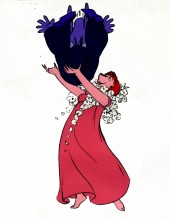
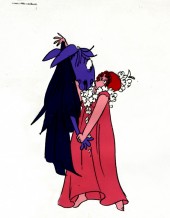
Titania catches Bottom in her arms.
Three cels from a sequence.
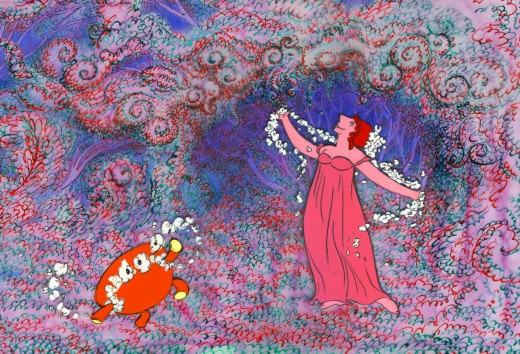
Titania dances with Bottom’s stool. (He’s brought it into the woods
when he transformed from the tympanist to the animated character.)
Action Analysis &Animation &Books &Commentary &Disney 20 May 2013 05:54 am
Illusions – of Life
I started discussing some of the thoughts put forward in The Illusion of Life, the book by Frank Thomas and Ollie Johnston. I had some major problems with some of the discrepancies in that book. Here’s the second, a continuation of that post.
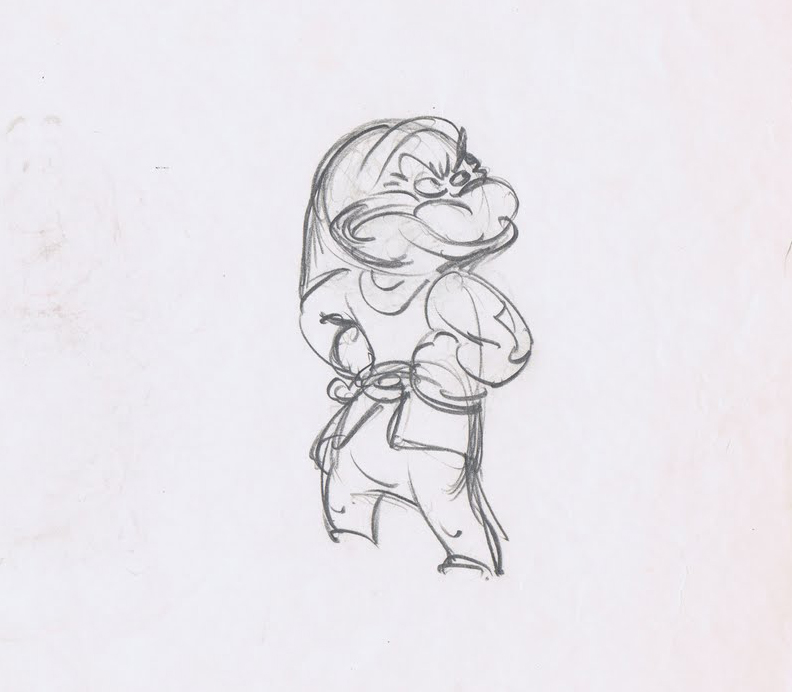 It cannot be doubted that without the speedy roughs, there would never have been the brilliance of Tytla‘s best work or Ferguson’s great comic animation.
It cannot be doubted that without the speedy roughs, there would never have been the brilliance of Tytla‘s best work or Ferguson’s great comic animation.
- On page 39 of the book, we read, “Walt introduced two procedures that enabled the animators to begin improving. First, they could freely shoot tests of their drawings and quickly see film of what they had drawn, and, second, they each had an assistant learning the business who was expected to finish off the detail in each drawing. Walt was quick to recognize that there was more vitality and imagination and strength in scenes animated in a rough fashion, and he asked all animators to work more loosely. The assistant would ‘clean up’ these drawings that looked so sloppy, refining
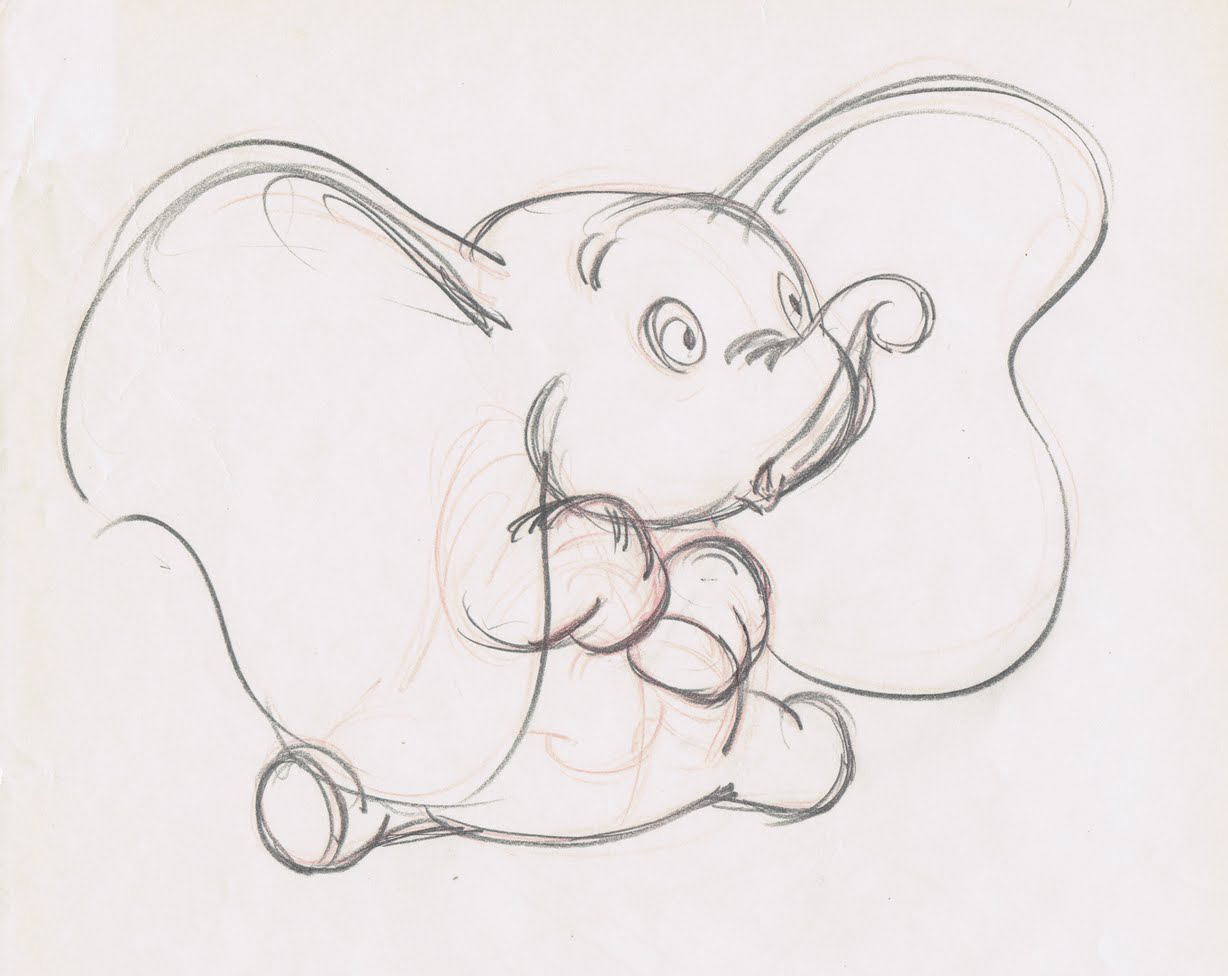 them to a single line that could be traced by the inkers onto celluloid. The assistants became known as ‘clean-up men,’ and the animators developed one innovation after the other, achieving effects on the screen that no one had thought possible. In some cases, the drawings were so rough it was difficult to find any cartoon figure inside the tangled swirl of lines, and the men who made a duck or a dog out of smudges and scratches had to have a very special type of knowledge.
them to a single line that could be traced by the inkers onto celluloid. The assistants became known as ‘clean-up men,’ and the animators developed one innovation after the other, achieving effects on the screen that no one had thought possible. In some cases, the drawings were so rough it was difficult to find any cartoon figure inside the tangled swirl of lines, and the men who made a duck or a dog out of smudges and scratches had to have a very special type of knowledge.
Shooting tests of scenes while they were still in the rough enabled the animators to check what they had done before showing it to anyone. Any part that was way off could be corrected quickly and
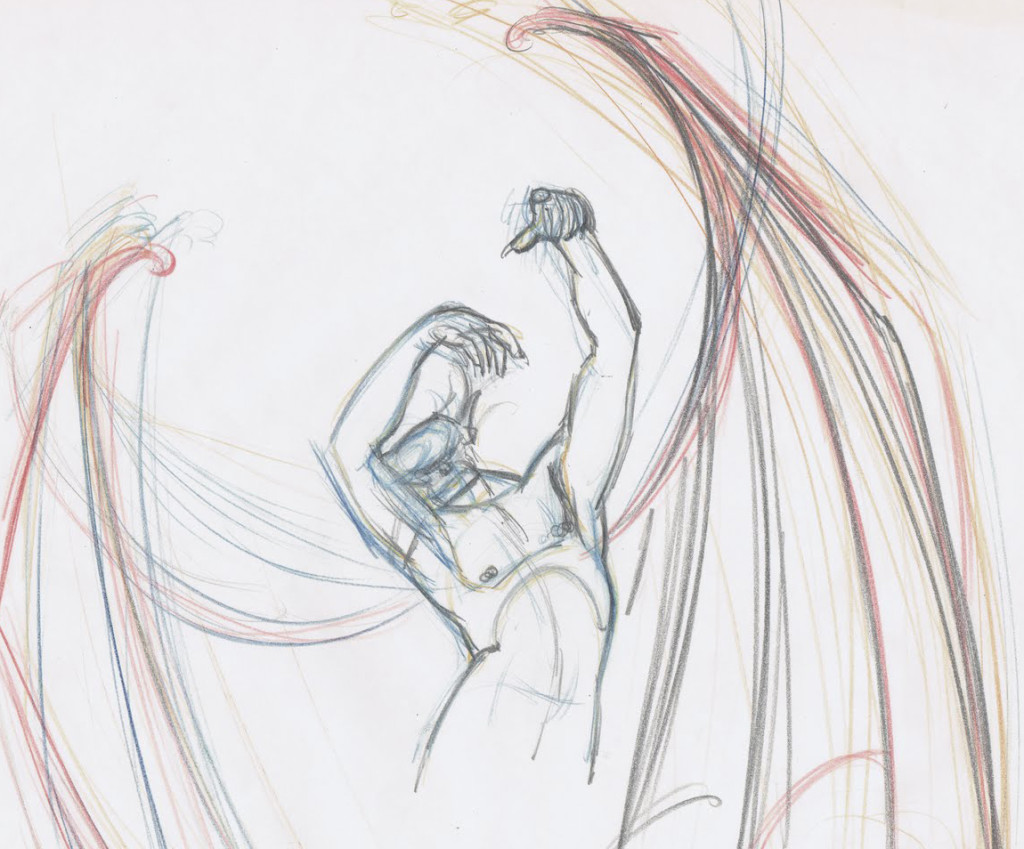 shot again. This encouraged experimentation, exploration, and imagination, quickly promoting a closer bond among the animators.
shot again. This encouraged experimentation, exploration, and imagination, quickly promoting a closer bond among the animators.
- Yet on page 229 the authors turn to side with management when they suggest that “. . . a new procedure called ‘Touch-up’ was instigated. It asked that the animator draw slowly and carefully enough so that the assistant need only touch up the drawings here and there to make them ready for the Ink and Paint Department. By this time all of our animators had become more skillful and were able to adjust to the new idea without noticeable damage to the product. Top quality clean up work is needed on only a handful of scenes in any sequence, and a great variety_____________Three Tytla ruffs
of shortcuts can be used on the balance
to make them acceptable.”
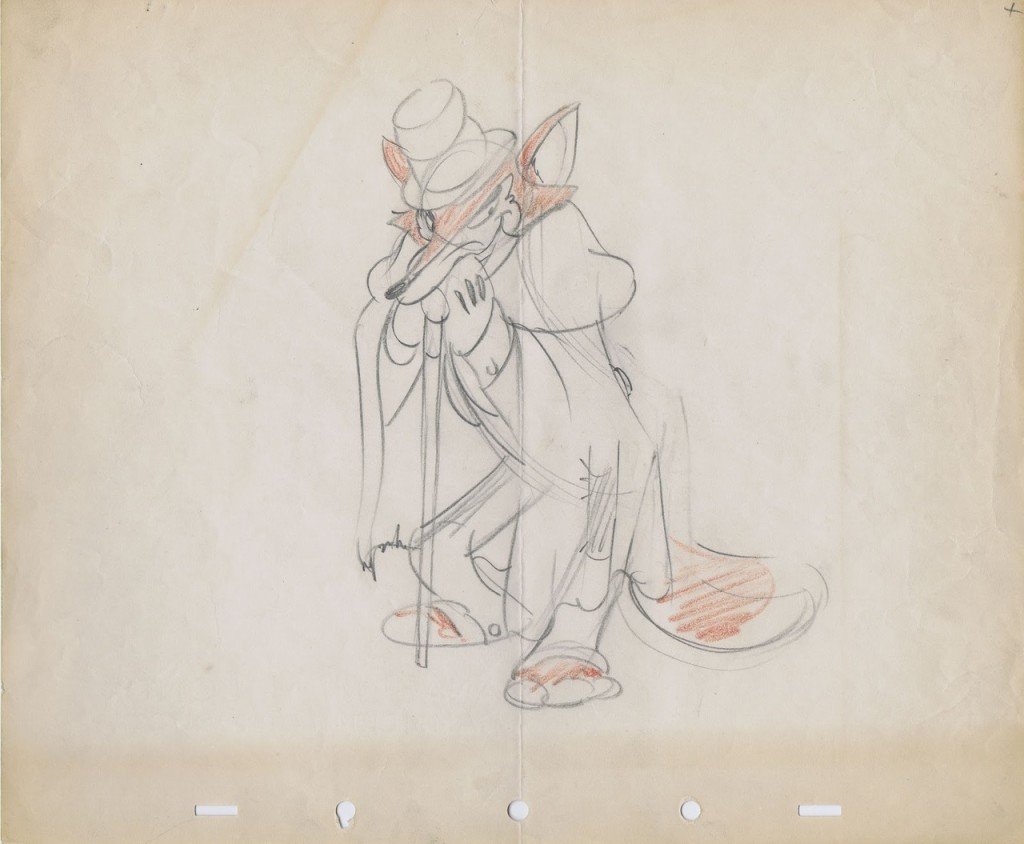 In short, this means that the older nine men and some of the other more seasoned veterans could work clean because they were already brilliant at the animation thing. Whereas Walt had demanded that animators, in the 1930s, work rough so as to keep the animation as loose and free and alive as possible.
In short, this means that the older nine men and some of the other more seasoned veterans could work clean because they were already brilliant at the animation thing. Whereas Walt had demanded that animators, in the 1930s, work rough so as to keep the animation as loose and free and alive as possible.
It also veered toward Milt Kahl’s pleasure at seeing hos own lines used in the newly developed Xerox outline in the final ink & paint. If the assistants would indiscriminately erase only some of the animators’ lines leaving many other key lines (including, at times, construction lines for the face and body parts). Kahl’s ego wanting to see his own beautiful line meant superseding color inking – as had been done in the past._______A relatively clean drawing by Norm Ferguson
Using this new procedure would mean a need for fewer clean-up artists who could work faster and with fewer problems, thus speeding up the footage rates. It also depended on the animators, such as Thomas and Johnston who worked fast enough, that the footage rates were now closer to what they could turn out.
One wonders if this new found speed would also cut into the imagination of the scenes these men animated. (By they way, I use the term “men” because Johnston and Thomas do not once in this book consider the possibility of a female animator. It’s always”men” or “he” or “him”. Old prejudices die hard; though I suspect the two had no problem with the idea of a female animator. In fact they always bowed low in front of Tissa and her abilities. And I’m certain they were not patronizing her in any way.
One wonders if a chink in the armor hadn’t developed then and there in the animation production. Younger people would do all they could to work clean, thus handicaping the animation they turned out.
As a long-time assistant, I know that my animation has been tight to the extreme, annd more than once Jack Shnerk advised me to start working rough when I animated. However, as management (I am the boss of my own company and controller of my own films), I sought to turn out the largest output and eliminated any assistant or inbetween working on my material. I sacrificed good animation for speed and production. It has not only hurt my work but my films, and I know it.
Animation &Animation Artifacts &Commentary &SpornFilms &Theater 19 May 2013 06:09 am
WOTY – again
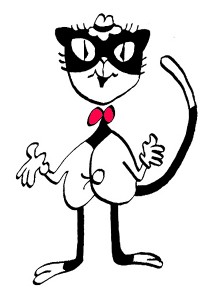 – I’ve posted a couple of pictures from Woman of the Year (called WOTY by those in the know) in the past but thought I go a touch deeper now.
– I’ve posted a couple of pictures from Woman of the Year (called WOTY by those in the know) in the past but thought I go a touch deeper now.
Woman of the Year was a project that came to me in the very beginning of my studio’s life – 1981. Tony Walton, the enormously talented and fine designer, had gone to Richard Williams in search of a potential animator for WOTY (as we got to call the name of the show.) Dick recommended me. But before doing WOTY, there were some title segments needed for Prince of the City, a Sidney Lumet film. (I’ll discuss that film work some other day.)
Tony Walton designed the character, Katz, which would be the alter-ego of the show’s cartoonist hero, played by Harry Guardino. Through Katz, we’d learn about the problems of a relationship with a media star, played by Lauren Bacall. (All images enlarge by clicking.)
.
It turned out to be a very intense production. Three minutes of animation turned into twelve as each segment was more successful than the last. There was no time for pencil tests. I had to run to Boston, where the show was in try-outs, to project different segments weekly; 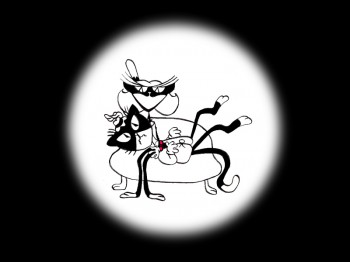 these went into the show that night – usually Wednesdays. I’d rush to the lab to get the dailies, speed to the editor, Sy Fried, to synch them up to a click track that was pre-recorded, then race to the airport to fly to the show for my first screening. Any animation blips would have to be corrected on Thursdays.
these went into the show that night – usually Wednesdays. I’d rush to the lab to get the dailies, speed to the editor, Sy Fried, to synch them up to a click track that was pre-recorded, then race to the airport to fly to the show for my first screening. Any animation blips would have to be corrected on Thursdays.
There was a small crew working out of a tiny east 32nd Street apartment. This was Dick Williams‘ apartment in NY after he;d finished Raggedy Ann. He was rarely there, and when he did stay in NY, he didn’t stay at the apartment. He asked me to use it as my studio and to make sure the rent was paid on time and the mail was collected. Since we had to work crazy hours, it was a surprise one Saturday morning to find that I’d awakened elderly Jazz great, Max Kaminsky, who Dick had also loaned the apartment for a night. Embarrassed, at the awkward confrontation, I ultimately moved to a larger studio – my own – shortly thereafter. Dick was convinced I was upset at him and the two of us didn’t talk for years afterward.
Here are a couple of photos of some of us working on WOTY:
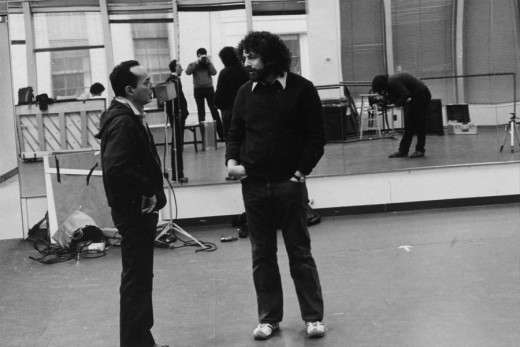
Tony Charmoli was the show’s choreographer. He worked with me in plotting out the big dance number – a duet between Harry Guardino and our cartoon character. I think this is the only time on Broadway that a cartoon character spoke and sang and danced with a live actor on stage. John Canemaker is taking this photograph and Phillip Schopper is setting up the 16mm camera.
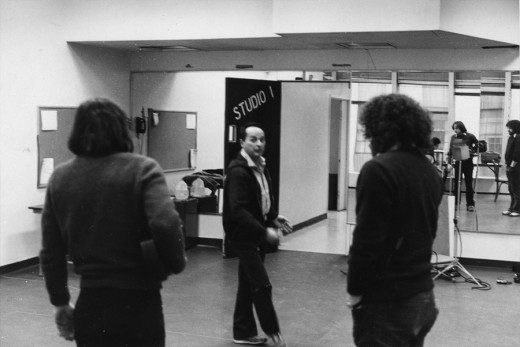
Here Tony Charmoli shows us how to do a dance step. Phillip Schopper, who is filming Tony, figures out how to set up his camera. We used Tony’s dancing as reference, sooting Tony’s dancing in 16mm, but our animation moves were too broad for anyone to have thought they might have been rotoscoped.
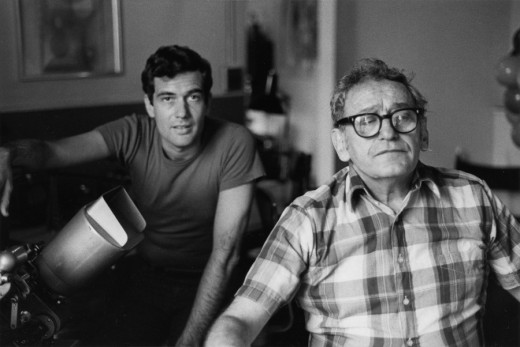
John Canemaker worked with Sy Fried, our editor. John did principal animation with me on this one big opening number. Here they’re working with the click track and the live footage of Tony Charmoli to plot out the moves.
At one point I asked John to have the character, Katz, flick his tale at Harry Guardino, tripping the live actor mid-dance. It got a laugh at every performance.
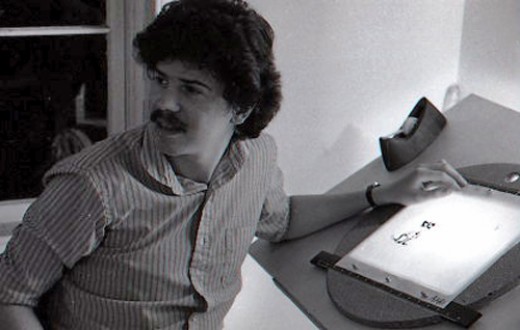
Steve Parton supervised the ink and paint. To get the sharpest lines, we inked on cels and didn’t color the drawings. It was B&W with a bright red bow-tie. A spotlight matte over the character, was bottom-lit on camera by Gary Becker. It was shot almost like a pencil test with high contraxt to get those very sharp lines.
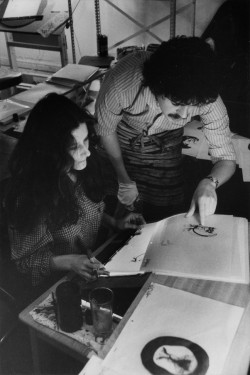 5
5 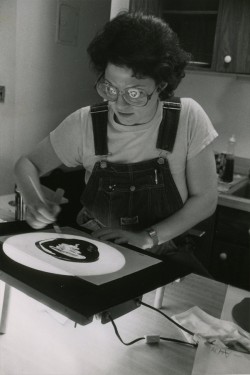 6
6
5. Steve Parton works with painter Barbara Samuels
6. Joey Epstein paints with fire in her eyes.
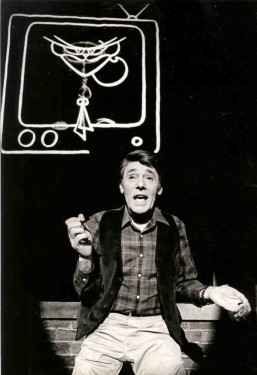 8
8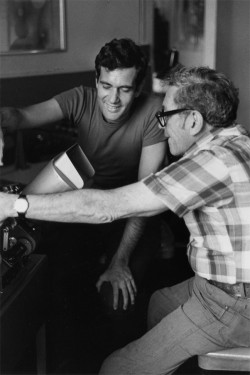 9
9
8. Harry Guardino on stage with the creation of “Tessie Kat” developing on screen behind him. This was Harry’s first big solo.
The filmed segment was shot backwards so the matte would develop as the song sang on.
The entire seqeunce took about 2½ minutes.
9. John Canemaker gets to see some of his animation with Sy Fried, editor.
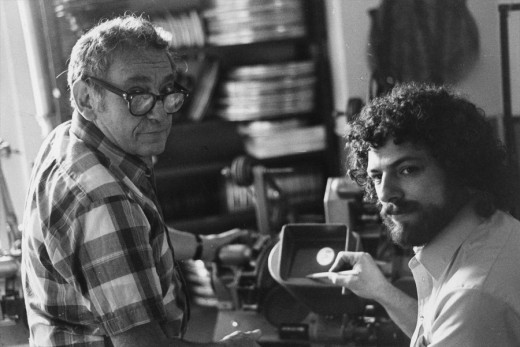
One of my quick stops from the lab on the way to Boston? No, I think this is a posed photo.
All together we had more than 12 minutes of animateion song duets between Harry Guardino and Katz. It was originally supposed to be three pieces totaling about five minutes. The animation was so successful in the tryouts in Boston that they kep adding more material. Finally the last song added – about 1½ minutes never made it to New York. Harry never properly learned it in Boston and he was too nervous for the Broadway opening to learn it for the big Opening. So the number was cut.
Lately there’s been more animation on Broadway and off-Broadway. Things are done with digital screens, and the technical aspect has gotten easier. One version of Sunday In the Park with George had painted backgrounds developing via animation as the characters sang their songs. Too bad the show didn’t offer the heart that was in the original Sondheim gem, when here wa no animation involved. Hopefully, eventually there will be something more. We did a show that was very successful (the show wasn’t successful; the animation was.) I’d love to try again. The only other try I had was to do musical scenics for the Overture to Meet Me In St. Louis on Broadway. The producers were irritants and didn’t help move things forward. I did get to meet the songwriter, Hugh Martin, before he passed away. That was my treat in that project.
Commentary &Daily post 18 May 2013 05:30 am
Q&A
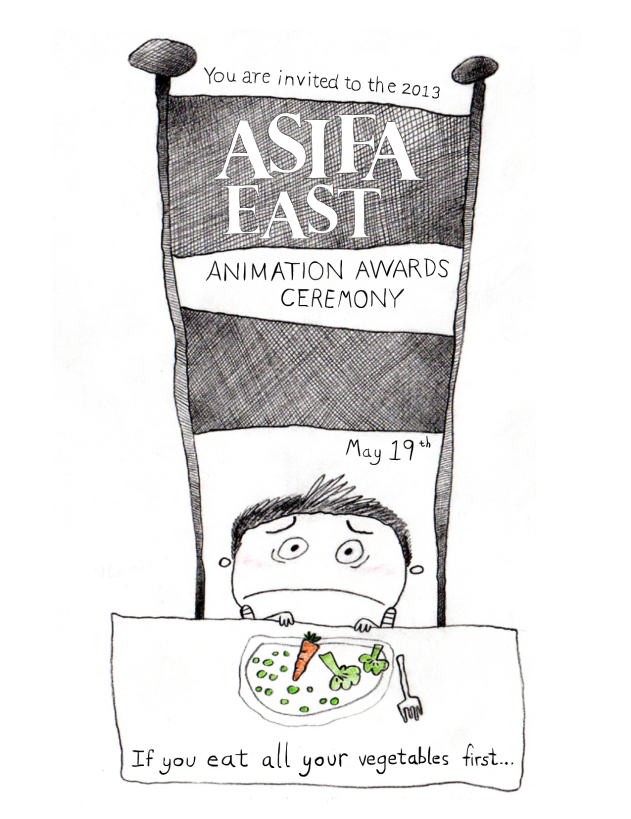 ASIFA East is preparing for their annual festival which will take place tomorrow evening, Sunday, May 19th.
ASIFA East is preparing for their annual festival which will take place tomorrow evening, Sunday, May 19th.
The program will take place at Tishman Auditorium at The New School (66 West 12th Street, NYC) from 6:00 pm – 11:00 pm.
Following the program and the small party upstairs (open to everyone)
there will be a party at Fiddlesticks, located at 56 Greenwich Ave starting at 11:30pm.
This is just downtown a couple of blocks from the New School.
A cash bar will be in operation for this party.
The Awards Ceremony and Reception afterwards are free and open to the public.
We would appreciate the donation of $5 from non-members to help us
continue serving the animation community in New York area and beyond.
.
Frances Ha
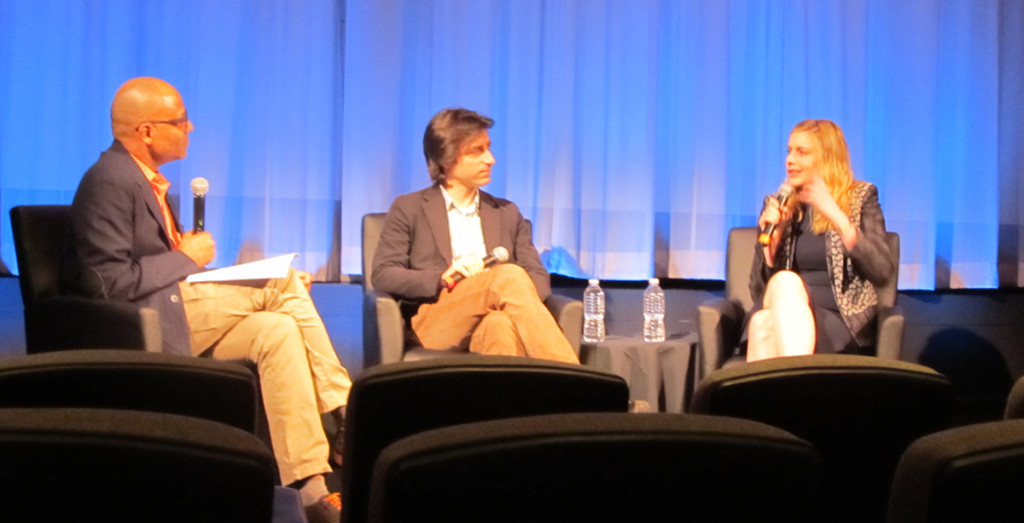
Patrick Harrison, for the Academy – Noah Baumbach – Greta Gerwig
- The NY chapter of the MP Academy has recently added something new to about half of their screenings. After some of the films they’ve offered a Q&A session with some of the film makers.
Last week we saw Baz Luhrmann and Catherine Martin discuss their work on The Great Gatsby. This past Monday, Sarah Polley discussed her documentary, Stories to Remember. Thursday night Noah Baumbach and Greta Gerwig answered questions about their film Frances Ha.
It was a pleasure to see Noah Baumbach and learn how shy he is, yet how he controls the stage when he takes it. To hear him talk about his obsession with Woody Allen, or to hear Greta Gerwig talk about finding her character in co-writing the script and then having to find it anew after handing the script over to a director, made for interesting talk.
Having enjoyed the film very much, I was really involved in their responses. Naturally, that made for a good evening, for me, at least.
Here are some of the photos I took before I decided to forget the camera and pay more attention to the conversation.
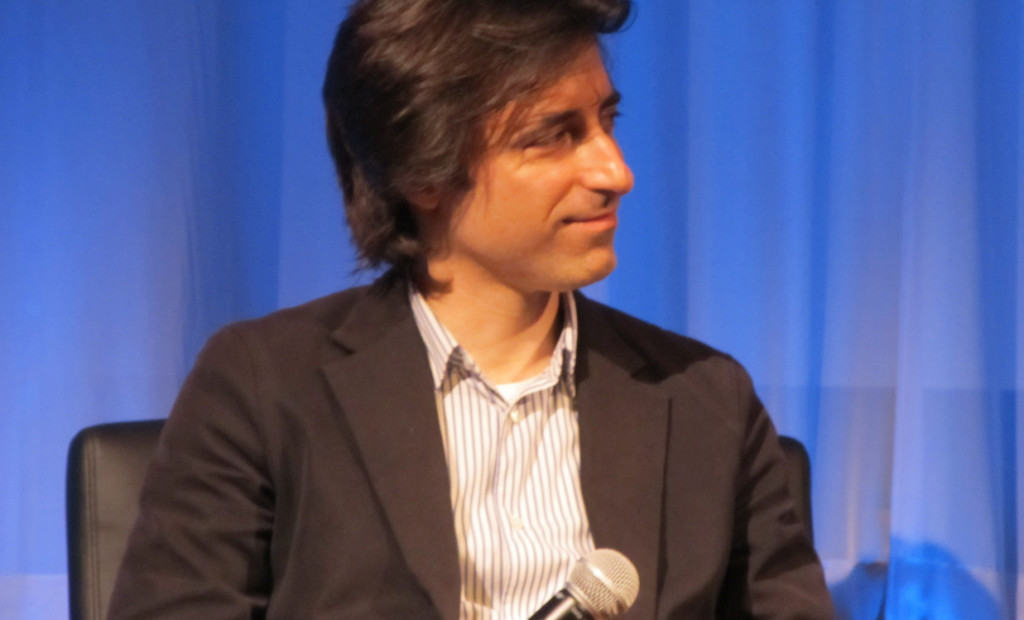
Epic
On Tuesday next week the Academy is screening Epic.
Yet there’s no Q&A. We’ve asked and the Academy said they offered, but Blue Sky said no. A chance for Chris Wedge to reach out to the Oscar voters, and he says no. Just the same, I’m curious about the film. I know nothing of what to expect. It looks action/adventure, shrunken people. Doesn’t sound like me.
A cgi Arietty with boys doing boy college prank things. We’ll see. I’ll let you know what I think on Wednesday or Thursday.
after the screening. This event is open to non-Academy voters.
Just say you saw it on this blog.
School O’ Monsters
- Of course the big animated package to be dumped on us this summer will be Pixar’s sequel to their 2001 hit, Monsters Inc. The original audience for this is twelve years older. Will it be the same audience returning for more or will it be the same audience looking for an add-on, or will it be an older audience looking to share with their kids?
From every indication I’ve seen, it looks like Lassiter and friends is hedging their bets and going to cover ALL the bases. I don’t know if that’s a workable strategy . . . everything.
A Small Step Backwards
After seeing Baunbach’s film, Frances Ha, I read a piece in the New Yorker. Within the article there’s a sort exchange about some work both he & Gerwig are doing in writing for a Dreamworks Animated film. I thought you might like to see the short section from that article:
- Baumbach was still on the phone—“No, not her. Not for thisâ€â€”when the van stopped in midtown, in front of a building where DreamWorks has an office, and moments later he and Gerwig were in a bare, well-lit room, videoconferencing with executives in California about whether or not cartoon dogs should be seen in hats.
This is Baumbach’s third animated film. He co-wrote Wes Anderson’s “Fantastic Mr. Fox†(2009), based on the Roald Dahl novel. For a children’s film, it has unusually strong notes of melancholy: at one point, Mrs. Fox tells her husband, “I love you, but I never should have married you.†A year later, he rewrote “Madagascar 3: Europe’s Most Wanted†for DreamWorks—a lighter assignment, encouraged by Stiller, who plays the franchise’s lion hero. Baumbach and Gerwig’s screenplay, not yet fully green-lit, is about a Brooklyn mutt, Freddy, who becomes separated from a young girl named Heidi when her parents divorce. Artists in California had sketched a few sequences and showed this material to Baumbach and Gerwig, who were delighted. Baumbach, who plans to direct the film, gave notes, including “The squirrel seems . . . not necessary†and “I love the mustache.†He wondered if it was still realistic to show home delivery of newspapers. Gerwig said, gently, “It’s pretend. Dogs also don’t talk.â€
Baumbach and Gerwig then read aloud from a scene that was soon to be storyboarded. Freddy has set off to look for Heidi, who may be in Manhattan, and he has met a guide called Wise Dog, who imagines himself to be sophisticated. Together, they reach the top of a building under construction in Brooklyn. “A blinding light comes through the door,†Baumbach said. “They would approach the edge of the building, and, as their eyes adjust to the light, you’d see Manhattan in the background and the little dogs looking at it.â€
Gerwig read Wise Dog’s line: “Every time, it takes my breath away. This, and side two of Rod Stewart’s ‘Every Picture Tells a Story.’ †(Baumbach later said, “Let’s see if that line makes it into the multiplex.â€)
Baumbach continued, “Then Wise Dog says to Freddy, ‘So that’s where you want to go, huh? Manhattan?’ â€
Gerwig read Freddy’s line: “That’s where Heidi is. That’s where I need to be. I know I’m meant to be with her again. I feel her love all around me. And, with every step and every breath, I love her more.â€
Kathy Rose Continues Dancing
An e-mail from Kathy Rose is always a welcomed treat:
- Hi,
Here are two new videos:
An excerpt from “The Rite of Spring” for the group collage for the Festival International Videodanse de Bourgogne:
“Rite of Spring” excerpt from Kathy Rose on Vimeo.
Thanks,
Kathy Rose
Giraf
The GIRAF Animation Festival has come a callin’ for submissions.
Their Deadline being August 15, 2013 so you have ample time to prepare.
The 9th GIRAF (or the Giant Incandescent Resonating Animation Festival) is looking
for Animation submissions, in all styles, genres, lengths, and mediums.
Our programs are a strong eclectic mix of animation, representing the best of the medium from
Claymation to CG. We focus on presenting indie, experimental, and underground animation that pushes boundaries through new techniques, unique visions, and stimulating subject matter. Our 2012 program featured visiting artist Nick Cross!
We DO NOT CHARGE A SUBMISSION FEE, and encourage short and feature length local, national, international, and student submissions.
Animators can submit online at: http://giraffest.ca/submissions/
St. Louis
I’m pleased to note that I will be presenting two programs of films (one for oldsters, one for youngsters) this coming August at the St. Louis Kids Children’s Film Festival this coming summer. As part of the program I will be leading a workshop for kids introducing them to the art of animation.
The filled weekend will extend from from August 2nd-4th.
Looking forward to it.
Bill Peckmann &Books &Comic Art 17 May 2013 08:25 am
The Smoke from Gasoline Alley – pt.1
- Bill Peckmann sent me a wonderful gift. My absolute favorite are the drawngs Dick Moore‘s did when he took over Gasoline Alley from Frank King. There’s a wonderful roundness to the illustrations; you can almost feel the holes in some of their shoes. This is a wonderfully animatable style. Too bad animation died before any pencils could copy it.
The images are from a book called, “The Smoke from Gasoline Alley.” There are plenty of large pages, and we’ve decided to keep them large to appreciate them. Naturally, the story is also great.
We’ll have to break this into two parts. Here’s #1:
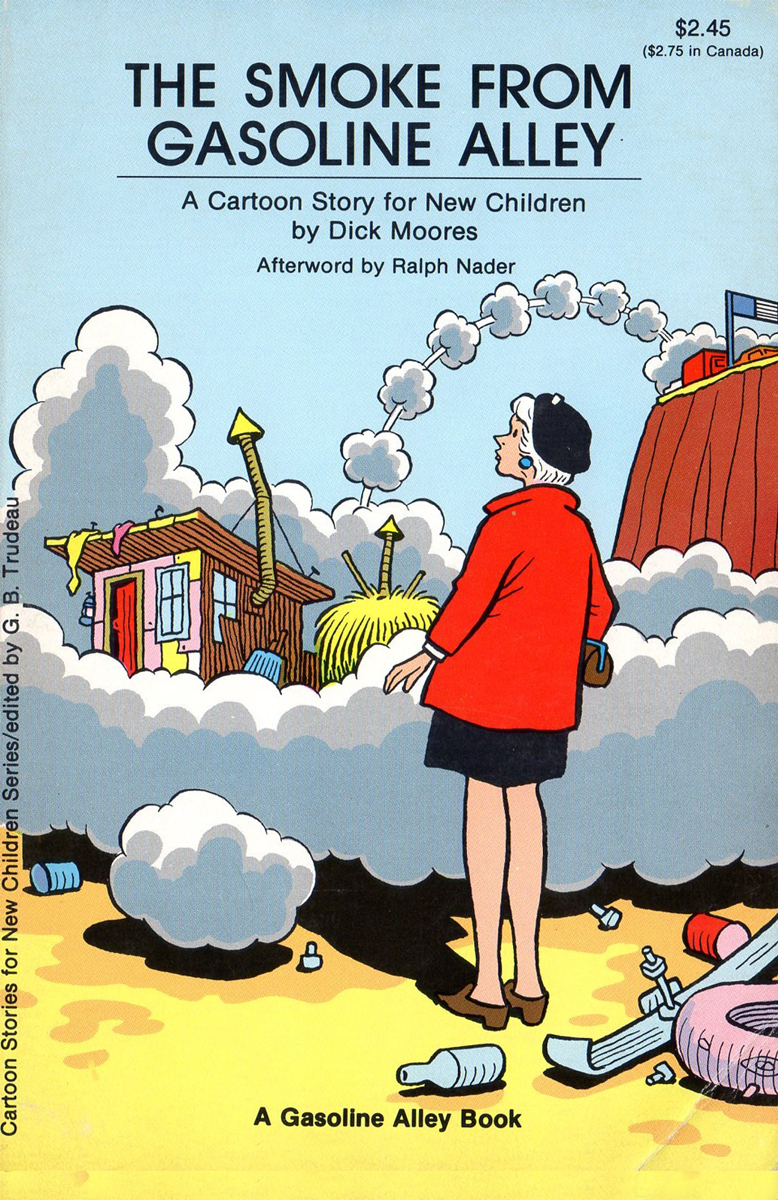
Book Cover
Independent Animation 16 May 2013 05:56 am
Norman McLaren
- Among Vince Cafarelli‘s saved animation material, there was an issue of the newsletter from ASIFA Canada, dated August 1987. The entire issue was dedicated to Norman McLaren who had just died. I’ve scanned it all and will post it here.
You’ll have to click on any of the pages to make them legible, particularly two that weren’t translated into English and remain in French. I’ve left those two pages smaller than the others.
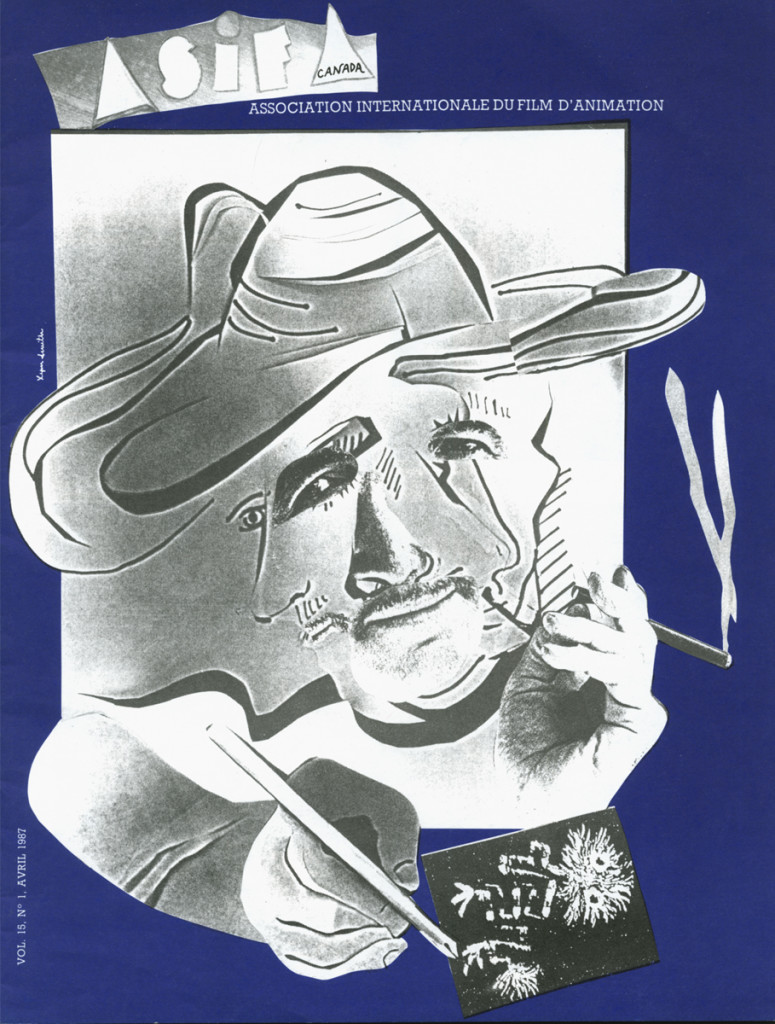 1
1
Here are three of Norman McLaren‘s lesser known films on YouTube.
Spook Sport
.
La Merle (The Blackbird)
.
C’est l’aviron
(Some of McLaren’s more famous and usual fare can be found on YouTube as well:
Hen Hop, Blinkety Blank, Fiddle De Dee, Neighbours. There are many more.)
Disney &Peet &Story & Storyboards 15 May 2013 05:54 am
Peet’s Susie Board
- In yesterday’s post, we saw artwork that Bill Peet had done. It was obviously art that was prepared for a book. Whether he was doing this for himself or the studio I can’t say. I do know for sure that it didn’t become a book, but I do know it did develop as a film completed in 1951.
That film was directed by Clyde Geronomi.
The Layout was by Don Griffith and Hugh Hennesy.
The animation was by Bob Carlson, Ollie Johnston, Hal King and Cliff Nordberg.
The backgrounds were by Ralph Hulett.
The music was composed by Paul Smith.
Thanks again to John Canemaker, I have the storyboard by Peet for this short Disney film.
As in the past I’ve broken the board down so that I could post it as large as possible so that you can read it when the images are enlarged. Enjoy.
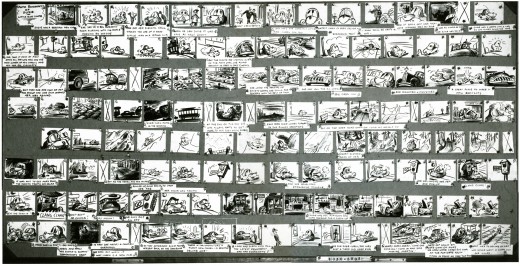
This is the complete board. I’ve broken up each individual row, they appear below.
The following seem to be LO drawings and don’t appear to be part of the storyboard. Perhaps it was prepared for a Leica reel? Regardless, the drawings are interesting, though I doubt Bill Peet did them all.
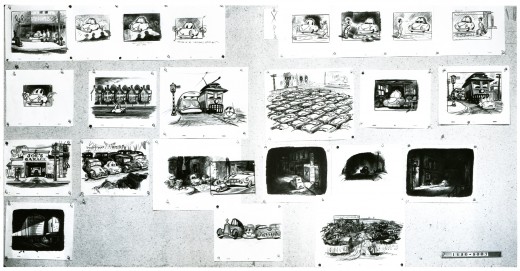
As with other recent posts of storyboard material, I’ve
broken it up and repositioned the images so that you can
enlarge them for better viewing. The above image represents
what the photo given me looks like.
Finally, I wanted to give an indication of the film’s color, so
I’ve gone back to John Canemaker’s book,
The Art and Flair of Mary Blair,
and have taken this color sketch she did in styling
to represent the film as a whole.
Daily post 14 May 2013 05:23 pm
Peet’s Susie Book
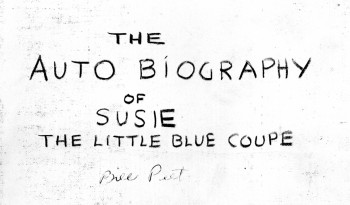 – Well, here we have an oddity to add to the Bill Peet playbook.
– Well, here we have an oddity to add to the Bill Peet playbook.
Susie the Blue Coupe was a short written by Peet and animated as a Disney short released in 1951.
Obviously Peet had planned this as a children’s book. For quite some time he wanted to separate from Disney, and he saw children’s books as a way out. He writes about _______ Don’t you love the title Auto ___ Biography !
In his actual autobiography, Peet used Lambert the Sheepish Lion to try to move out of the studio. Disney sort of co-opted that story which Peet had written, and it became a studio film. It’s obvious that Susie was another attempt by him to move out.
Here’s the mock up for a book by Bill Peet. I don’t know if the book came before the board or the board before the book. Again, this comes from the collection of John Canemaker as does the storyboard from the film which I’ll post next week. Thank you, John, many times over.
Animators included Ollie Johnston, Cliff Nordberg, Hal King and Bob Carlson with backgrounds by Ralph Hulett. Clyde Geronomi directed it.
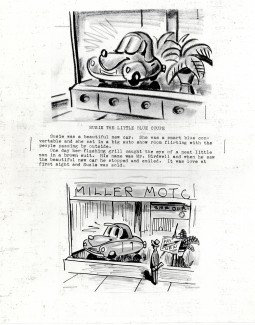 1_
1_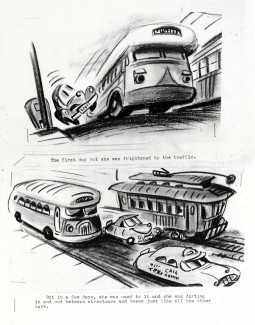 2
2
___________________________(Click any image to enlarge.)
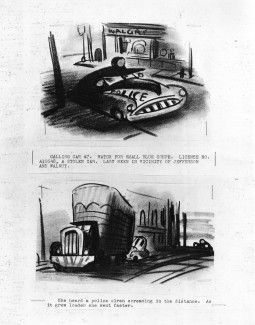 11_
11_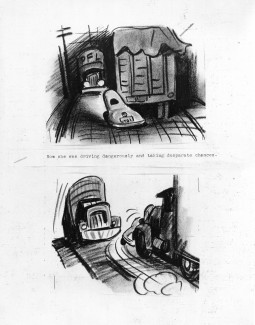 12
12
_____________(Click any image you like to enlarge it to a legible size.)
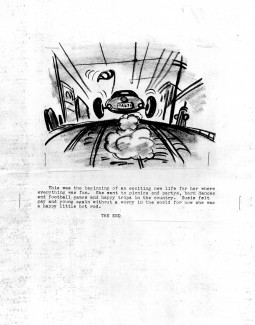 21
21
_
The plan for this book is excellent, and gives a good indication of the great books Mr. Peet would do after leaving animation. Many thanks to John Canemaker for the loan of this rare material; it makes an unusal post.
The video is available all over the internet. You can watch it currently on YouTube or buy the dvd at Amazon.
Books &Commentary 13 May 2013 05:36 am
Illusions of Thomas, Johnston & Disney
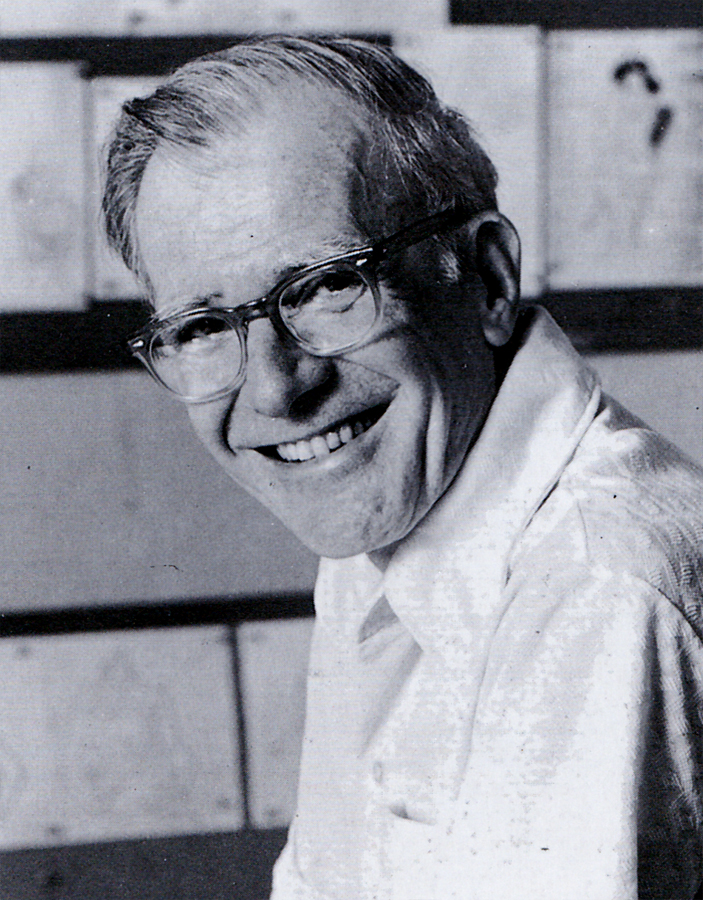 - The Illusion of Life by Frank Thomas and Ollie Johnston was first published in 1981. The book came out with a large splash and overwhelming acceptance by the animation community. It’s since remained the one bible that animation wannabees turn to as a source of inspiration and an attempt to learn about that business.
- The Illusion of Life by Frank Thomas and Ollie Johnston was first published in 1981. The book came out with a large splash and overwhelming acceptance by the animation community. It’s since remained the one bible that animation wannabees turn to as a source of inspiration and an attempt to learn about that business.
I admitted a couple of weeks back that though I must have been one of the very first to have bought the book, I’d never actually read it. I spent hours poring over the many pictures and the extensive captions, but the actual book – I didn’t read it. I can’t say why, but this was my reality.
Then not too long ago, Mike Barrier wrote that he was not a supporter of the book and its theories, I wondered about that writing and decided to reconsider reading it. I knew I had to go back to find out what I’d stupidly ignored, so I started reading.
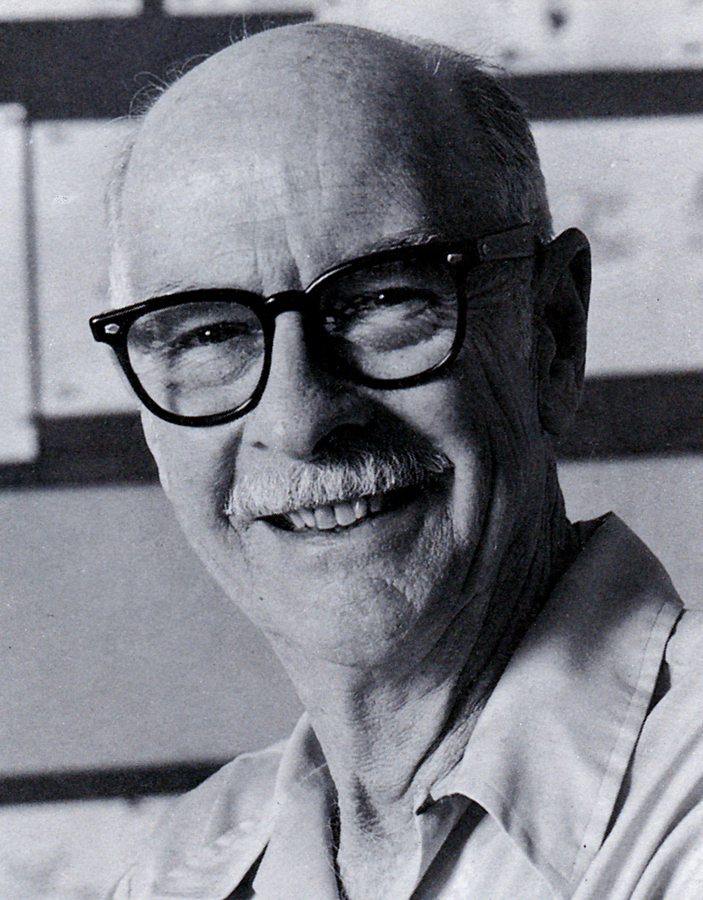
The book starts out with a lot of history of animation, something routine and expected from the two animators that lived through a good part of the story. As a matter of fact Thomas and Johnston were at the center of the history. It didn’t take long for the animation “how-to” to kick in. For the remainder of the book, using that history, the two master animators explained how and why Disney animation was done, in their opinions. They write about processes and systems set up at Disney during their tenure there. They write about theories and methods of fulfilling those theories. There’s a lot for them to tell and they’ve succinctly organized it into this book, as a sort of guide.
However, at two points they go wildly into a divergent path from the one that they started building. Their methods altered and, to me, seemed to be about the finances of doing the type of animation they did, rather than the reason. Impractical as those original theories were, I’d believed in the myth all those years to start changing now. So I want to review these two stances instead of outwardly reviewing the book. Besides it’s too long since the book has stood in its own royal space for me to pretend that I could properly review it.
The growth of animators at the Disney studio relied on a system wherein each of the better animators was assigned one character. Unless there was a minimal action by some external character, the one animator ruled over the character.
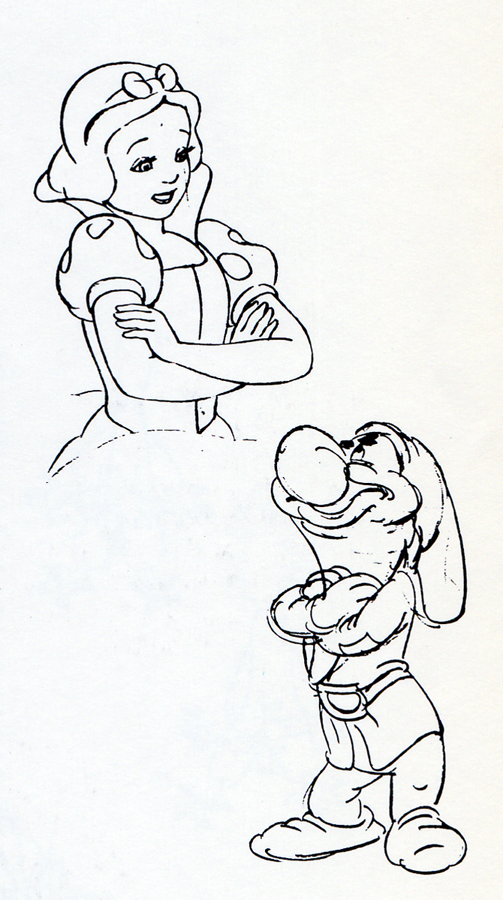 - Bill Tytla did Stromboli in Pinocchio. He did principal scenes of Dumbo in that film. He handled the Devil in Fantasia (as well as all his twisted mignons within those scenes.) Tytla worked on the seven dwarfs but was the principal animator of Grumpy.
- Bill Tytla did Stromboli in Pinocchio. He did principal scenes of Dumbo in that film. He handled the Devil in Fantasia (as well as all his twisted mignons within those scenes.) Tytla worked on the seven dwarfs but was the principal animator of Grumpy.
- Fred Moore also did the dwarfs in Snow White but seemed to focus on Dopey. He did Lampwick in Pinocchio and Mickey in The Sorcerer’s Apprentice.
- Marc Davis started as an assistant under Grim Natwick on Snow White. He became the Principal artist behind Bambi, the young deer. He did Alice in Alice in Wonderland, Tinkerbell in Peter Pan, Maleficent in Sleeping Beauty and Cruella de Ville in 101 Dalmatians.
- Frank Thomas did Captain Hook in Peter Pan, the wicked Stepmother in Cinderella, Bambi and Thumper on the ice in Bambi.
- Ham Luske and Grim Natwick did Snow White. The two sides of her personality came about because of conflicts between the two animators. This was a way for Walt to complicate Snow White’s character; he employed two animators with different strong opinions about her movement. By putting Ham Luske in charge, he was sure to keep the virginal side of Snow White at the top, but by having Natwick create the darker sides of the character, Disney created something complex.
Many animators fell under these leaders’ supervision and tutelage, also working on one principal character in each film. This system was something they swore by and broadcast as their way of working at the studio. It would allow the individual characters to maintain their personalities as one animator led the way.
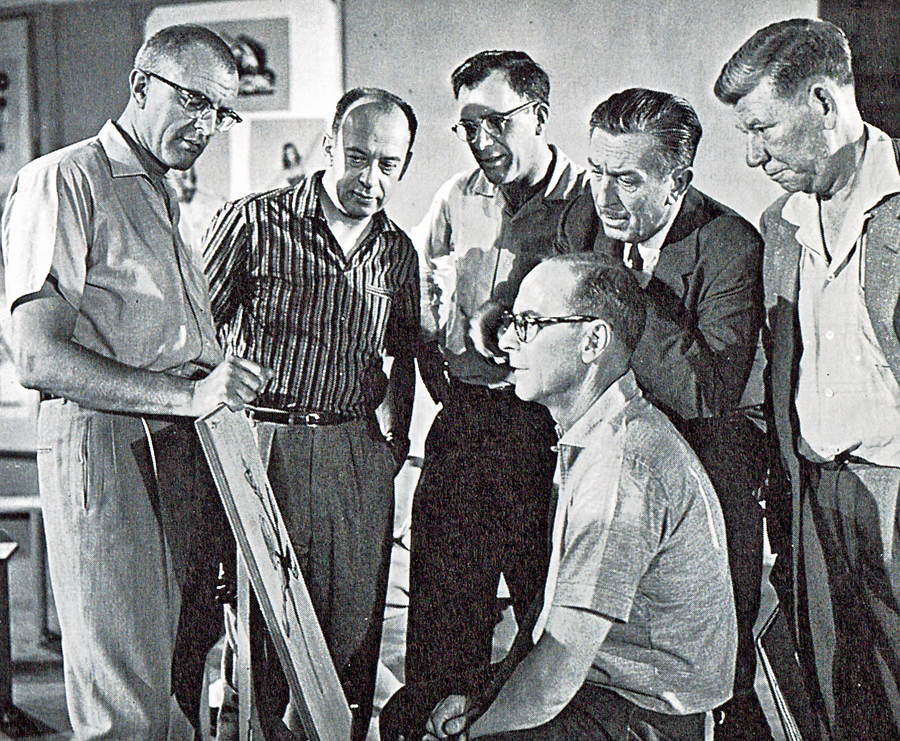 But as Walt grew more involved with his theme park and his television show and the live action movies that were doing well for the studio, things changed at the animation wing of the studio. It became clear, with the over budgeted spending on Sleeping Beauty and the new demands for a different look once xerography entered the picture in 1959. The rhythm and personality of the productions changed, and their methods of animation changed. Walt also sorted out nine loyalists to be his “Nine Old Men” thus dividing the animators into groups, a hurtful way of setting up competition among the animators. ________________________Kahl, Davis, Thomas, Walt, Jackson, Johnston seated
But as Walt grew more involved with his theme park and his television show and the live action movies that were doing well for the studio, things changed at the animation wing of the studio. It became clear, with the over budgeted spending on Sleeping Beauty and the new demands for a different look once xerography entered the picture in 1959. The rhythm and personality of the productions changed, and their methods of animation changed. Walt also sorted out nine loyalists to be his “Nine Old Men” thus dividing the animators into groups, a hurtful way of setting up competition among the animators. ________________________Kahl, Davis, Thomas, Walt, Jackson, Johnston seated
Thomas and Johnston get to justify this
in their book.
Let me read a section from the book to you:
- “Under this leadership, a new and very significant method of casting the animators evolved: an animator was to animate all the characters in his scene. In the first features, a different animator had handled each character. Under that system even with everyone cooperating, the possibilities of getting maximum entertainment out of a scene were remote at best. The first man to animate on the scene usually had the lead character, and the second animator often had to animate to something he could not feel or quite understand. Of necessity, the director was the arbitrator, but certain of the decisions and compromises were sure to make the job more difficult for at least one of the animators.
“The new casting overcame many problems and, more important, produced a major advancement in cartoon entertainment: the character relationship. With one man now animating ever character in his scene, he could feel all the vibrations and subtle nuances between his characters. No longer restricted by what someone else did, he was free to try out his own ideas of how his characters felt about each other. Animators became more observant of human behavior and built on relationships they saw around them every day.”
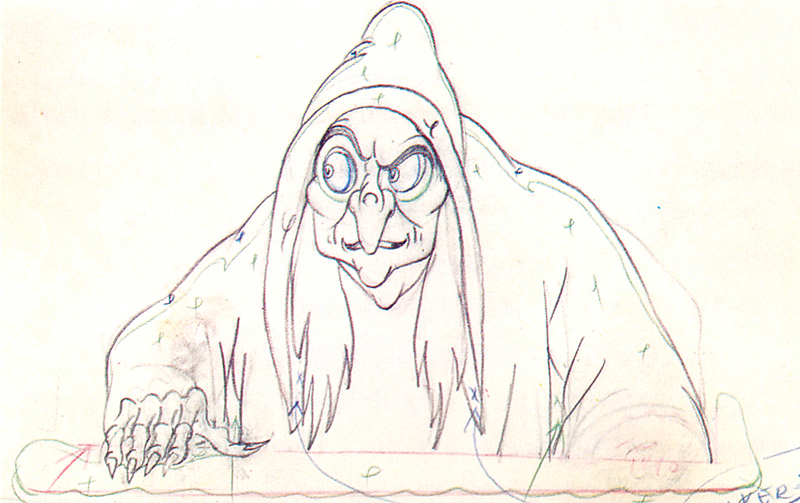 The question is, now, what are we to make of this statement? Do Thomas & Johnston mean for us to believe that they do more than the single character per film? Does it mean that, like all underprivileged animators everywhere, they now receive scenes rather than characters? Are they trying to tell us that the old, publicized method of animation they did during the “Golden Days” no longer exists?
The question is, now, what are we to make of this statement? Do Thomas & Johnston mean for us to believe that they do more than the single character per film? Does it mean that, like all underprivileged animators everywhere, they now receive scenes rather than characters? Are they trying to tell us that the old, publicized method of animation they did during the “Golden Days” no longer exists?
To be honest I don’t know. Also when are they talking about? At the start of the Xerox era? In the days since Woolie Reitherman has been directing? Do they mean ever since they’ve retired and started writing this book?
Let’s go back a bit.
- In 101 Dalmatians, Marc Davis did Cruella de Vil. That’s it. That’s all he was known for in that film. Oh wait, there were a couple of scenes where he did the “Bad’uns,” Cruella’s two sidekicks. He did these ging into or out of a sequence. In Sleeping Beauty (if we’re going back that far) Davis did Maleficent. Oh, he also did her raven sidekick.
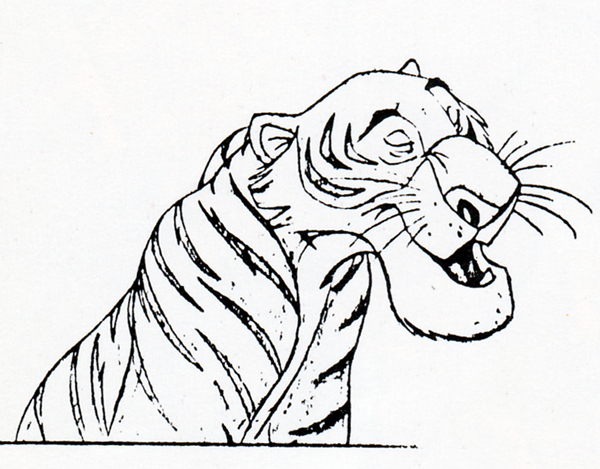 - Milt Kahl did Prince Philip in Sleeping Beauty – and every once in a while his father. He did key Roger and Perdita scenes in 101 Dalmatians. He did Shere Khan in The Jungle Book.
- Milt Kahl did Prince Philip in Sleeping Beauty – and every once in a while his father. He did key Roger and Perdita scenes in 101 Dalmatians. He did Shere Khan in The Jungle Book.
Kahl also seems to be the go-to-guy when they’re looking to have the character defined. The closest thing to Joe Grant’s model department in the late Thirties. If you weren’t sure how Penny might look in a particular scene, you might go to Kahl who’d draw a couple of pictures for you. But that was Ollie Johnston‘s character. You’d probably go to him first, but Johnston would go to Kahl if he needed help.
Kahl also did Robin and some of Maid Marian in Robin Hood. I could keep going on, but let’s take a different direction.
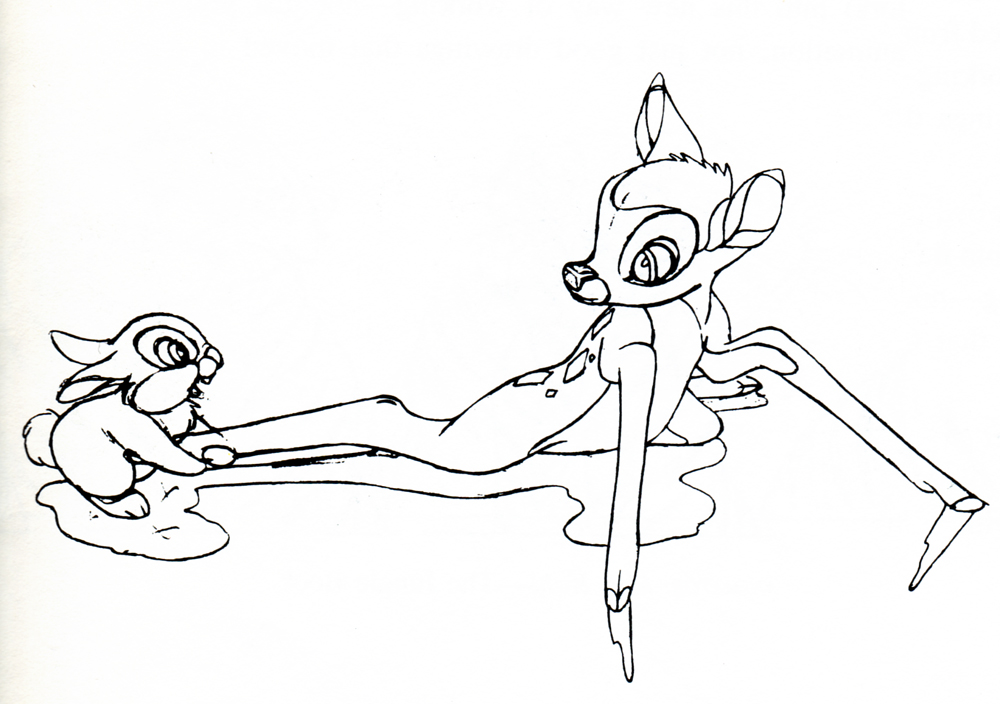 Look at one of Thomas’ greatest sequences, the squirrels in the tree. Starting with Seq.006 Sc.23 and almost completely through and ending with Seq.06 Sc.136 Frank Thomas did the animation. That’s a lot of footage. Yes, that represents four characters: Merlin and Wart as squirrels, as well as the older and younger female squirrels. He did the whole thing (and it’s one of the most beautifully animated sequences ever.)
Look at one of Thomas’ greatest sequences, the squirrels in the tree. Starting with Seq.006 Sc.23 and almost completely through and ending with Seq.06 Sc.136 Frank Thomas did the animation. That’s a lot of footage. Yes, that represents four characters: Merlin and Wart as squirrels, as well as the older and younger female squirrels. He did the whole thing (and it’s one of the most beautifully animated sequences ever.)
But when he was done with that and needed work, he didn’t stop on this film; he also did a bunch of scenes in the “Wizard’s Duel” between Merlin and Mad Madame Mim. Another big chunk.
Hans Perk has done a brilliant service for all animation enthusiasts out there. On his blog, A Film LA, he’s posted many of the animator drafts of feature films. You can find out who animated what scenes from any of the features.
However as Hans posts the batches of sequences, he gives little notes about what we’ll find when we open the drafts. In my view, Hans’ notes are also a treasure.
You can read remarks such as, “Masterful character animation by Milt Kahl and Frank Thomas, action by John Sibley and a scene by Cliff Nordberg.” That seems to tell us everything.
In Sleeping Beauty we can read, “This sequence shows, like no other, the division between Acting and Action specialized animators. Or at least it shows how animators are cast that way. We find six of the “Nine Old Men”, and such long-time Disney staples as Youngquist, Lusk and Nordberg, each of them deserving an article like the great one on Sibley by Pete Docter.”
Or in The Rescuers we read, “Probably the most screened sequence of this movie, the sequence where Penny is down in the cave was sequence-directed by frank and Ollie. They would plan their part of this sequence in rough layout thumbnails, then continue by posing all scenes roughly as can be seen in this previous posting.
“They relished telling the story that Woolie told them the animatic/Leica-reel/work-reel was JUST the right length, and when they posed out the sequence and showed it to Woolie, he said: “See? Just as I said: just the right length!” They kept to themselves that the sequence had grown to twice the length!”
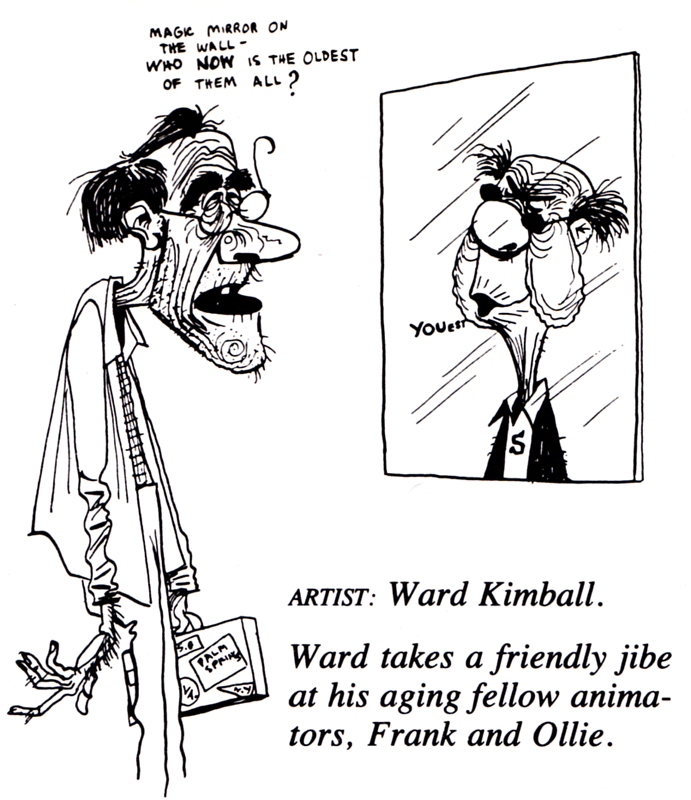 The work, right to the retiring of all of the “Nine Old Men,” would seem to me to prove that these guys, regardless of whether they added one or two other characters to the scenes, did, in fact, take charge of the one starring character.
The work, right to the retiring of all of the “Nine Old Men,” would seem to me to prove that these guys, regardless of whether they added one or two other characters to the scenes, did, in fact, take charge of the one starring character.
This continues past the retirement of all the oldsters: Glen Keane animated the “beast” in Beauty and the Beast. He animated Tarzan in Tarzan, Aladdin in Aladdin, Ariel in The Little Mermaid, and Pocahontas in Pocahontas. Andreas Deja animated Jafar, the Grand Vizier in Aladdin, Scar in The Lion King, Lilo in Lilo and Stitch, and Gaston in Beauty and the Beast. Mark Henn animated Belle in Beauty and the Beast (from the Florida studio), Jasmine in Aladdin, young Smiba in The Lion King, and Mulan and her father in Mulan.
Need I go on? What are Frank Thomas and Ollie Johnston talking about in their book? I’m confused.
I have a lot left to say about this book, much of it good, but next time I want to write about something else that confuses me with another somewhat contradictory statement in the book.
This has gotten a bit long, and I have to cut it here.
Daily post 12 May 2013 07:19 am
Even More Raggedy Photos – 3
We haven’t quite finished with the collection of photos John Canemaker loaned me; these were the images he took for his Raggedy Ann book. Not all were chosen, but all were snapped by John.
I’ve chosed to post the photos and use them as a way for me to reminisce on the subject at hand. Lots of looking back, memories and other photos in my mind.
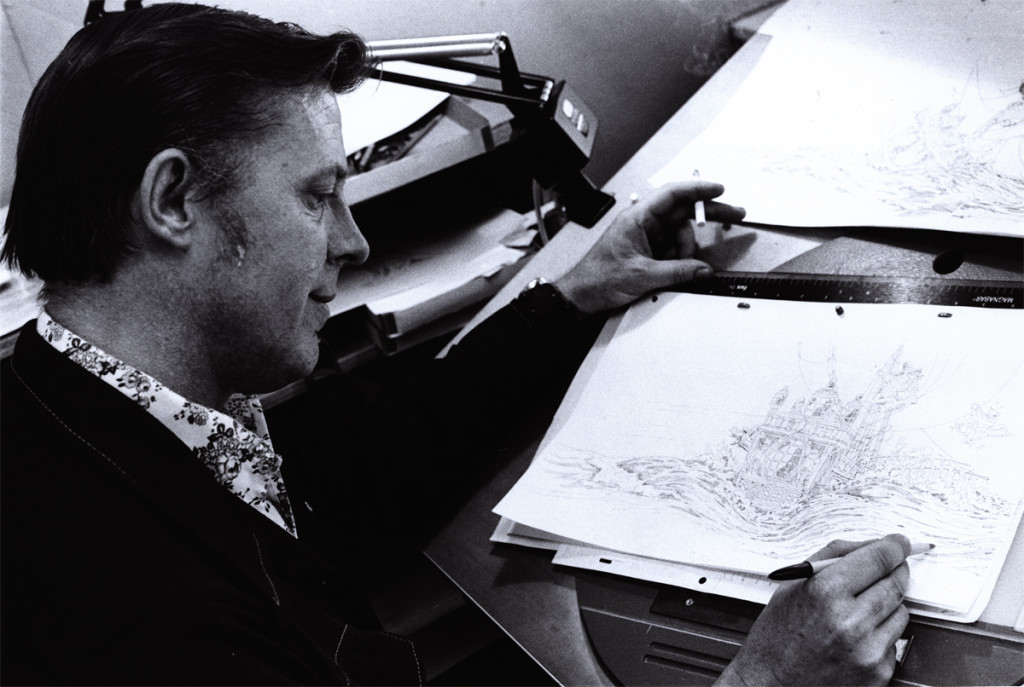 1
1Here we have animator, Doug Crane. Doug has always specialized
in the details animated. Animated roads, moving crowds or
animated news papers. doug has animated these all as his forte.
In Raggedy Ann, Doug was to do much the same as those scenes that
were animated by Corny Cole. Lots of moving sea, ships and cross
hatching. His scenes all have the necessary dynamic of a vast sea
of lines.
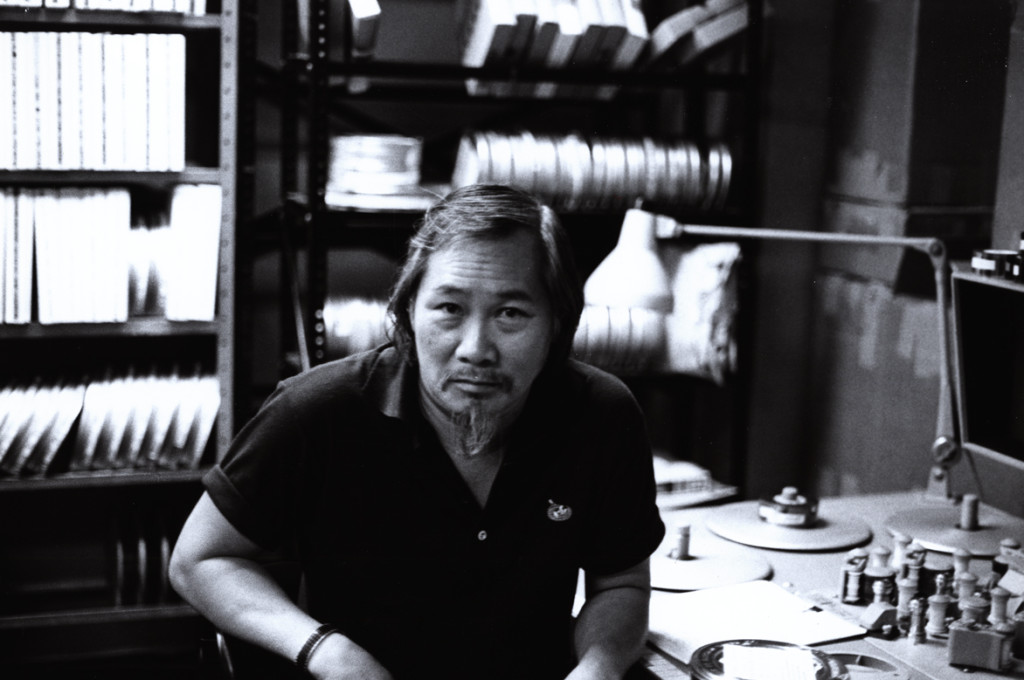 2
2
Harry Chang was a number 1 editor of animation in NYC prior to
his being hired by Dick WIlliams for this job. Harry maintained
his status, though they did pull an older editor out of retirement
to do the track readings. Max Seligsman was so
brilliant at the track reading that I still haven’t found anyone who
did the job as meticulously as he. His music readings broke all the
sounds of the orchestra down to color-coded frames. Unfortunately,
there were no photos of Max in this collection.
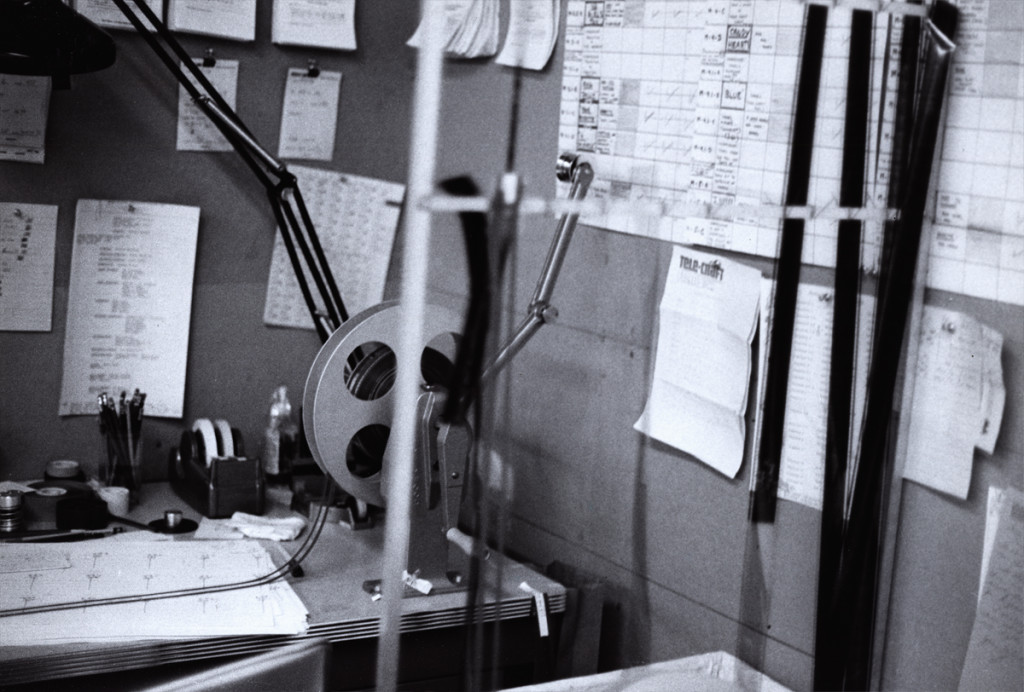 3
3
This is the editing table of the NY editor, and the film’s
lead editor, Harry Chang. He was very particular
and kept a very neat editing room. I often spent hours working
with him and Dick as we analyzed what was wrong with some of the
early animation scenes.
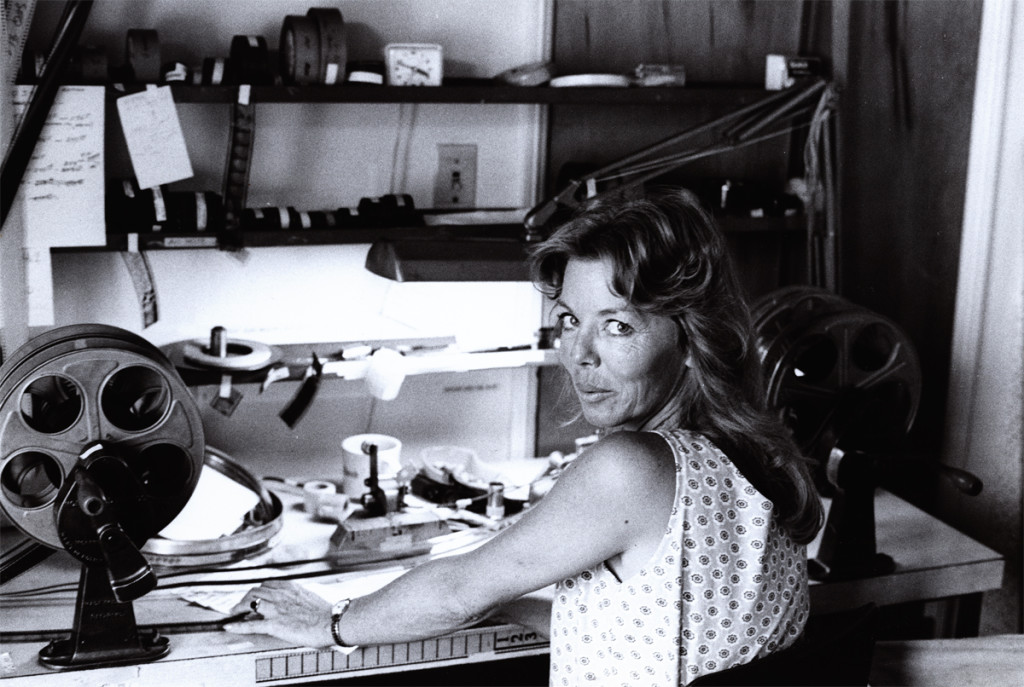 4
4
This is Lee Kent. She was the West Coast’s animation editor.
She came to New York toward the end of the production when
it was decided to house the East & West Coast Units under the
one roof. Lee had to work with Harry to get everything in sync
and in place for the ever-growing movie.
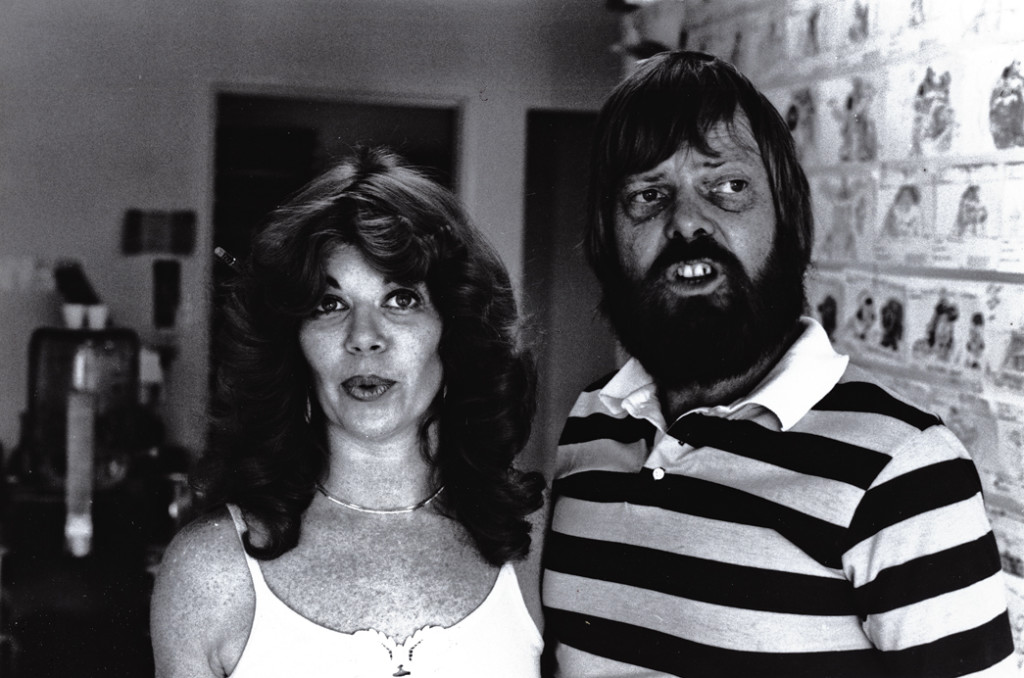 5
5
Paulette(assistant animator) and Charlie Downs (animator).
I looked forward to meeting Charlie. When Ward Kimball had
to pull a number of assistants up to being animators for
the Disneyland TV shows he had to rush out for Disney,
Charlie Downs was among that group. He made the rise just
slightly faster than he might have. There’s no doubt he was
ready for the promotion.
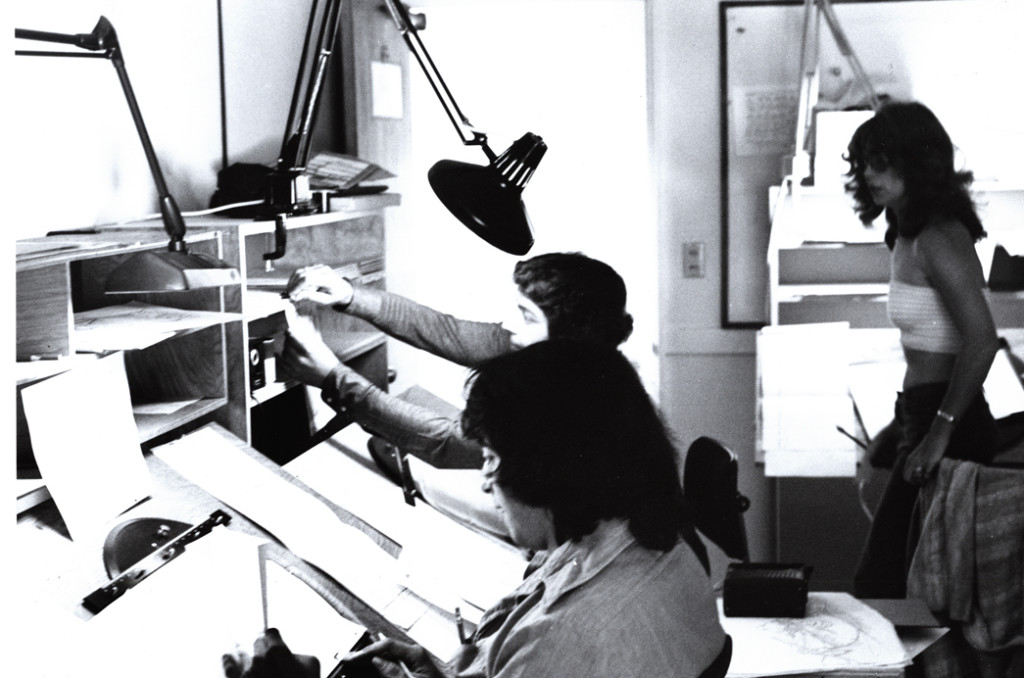 6
6
A photo from the West Coast’s group of people:
Animators Art Vitello (foreground) and John Bruno (middle),
and assistant animator, Paulette Downs (in rear).
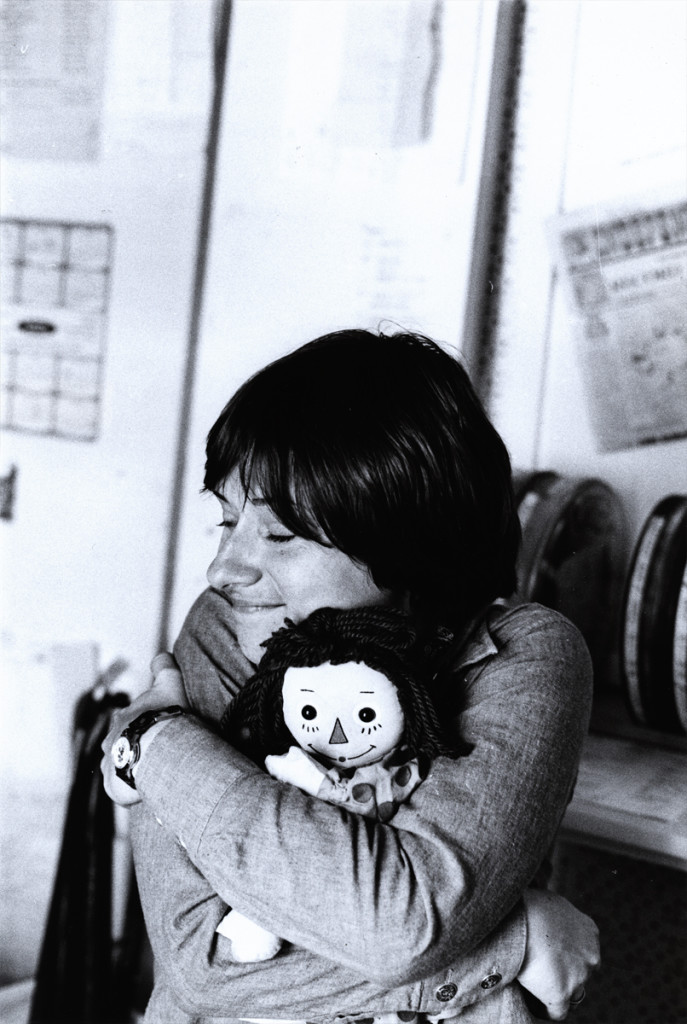 7
7
Animator, Crystal Russell rose quickly on Raggedy Ann. Her animation
style beautifully blended with Tissa’s animation of Ann & Andy.
Crystal became important for picking up many of the scenes that Tissa
couldn’t get to. She did many rich, ad strong scenes bringing a
lyricism to the work. Dick brought her to London on completion of
Raggedy Ann & Andy. She worked there for about six months before
heading back to LA where she did some great work on Lord of the Rings.
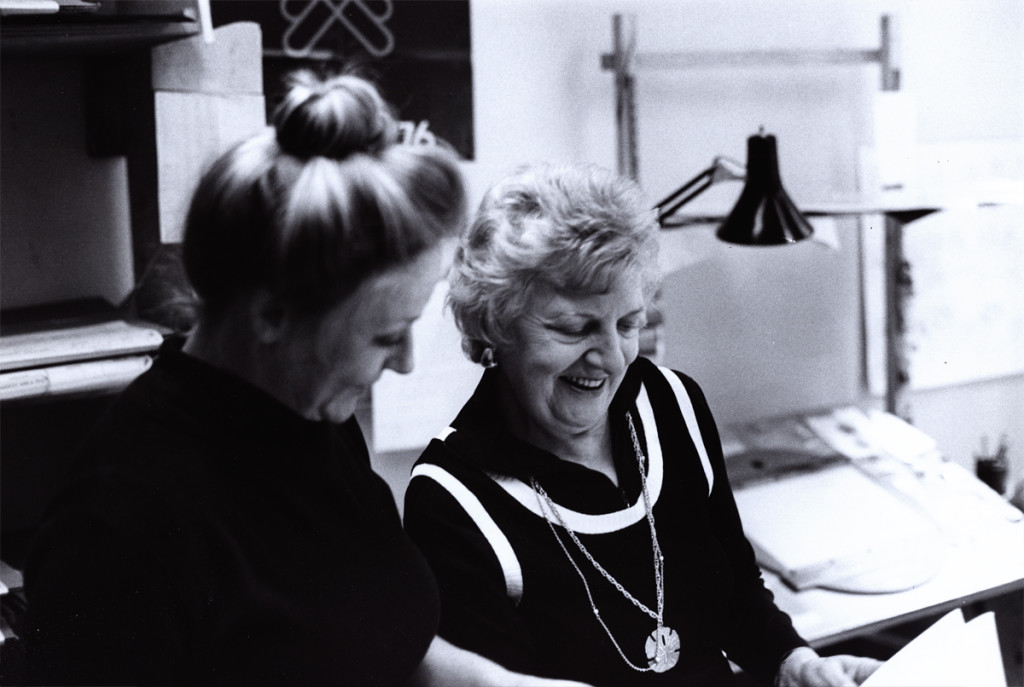 8
8
Ida Greenburg (right) and Nancy Lane (left).
Ida was the head of Ink and paint on the film. There were about
150 people working for her. Nancy Lane was Ida’s 2nd in command.
I had worked closely with Ida at the Hubley studio on a few
projects. I really liked her enormously and enjoyed going down
to the I&Pt det to help clarify some problems their checkers would
find. I’d spend about an hour or two there each day depending on
complications they’d locate.
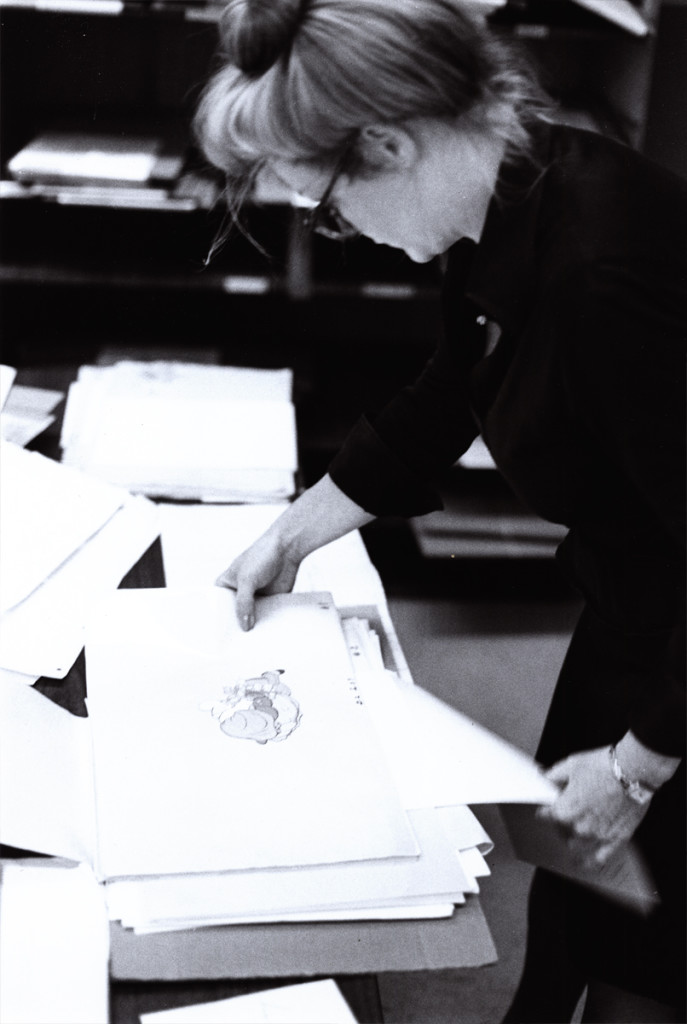 10
10
Nancy Lane. I’d been there when Nancy got her first promotion
to supervising a project. She was a real go getter who absolutely
took charge of anything job she was given.
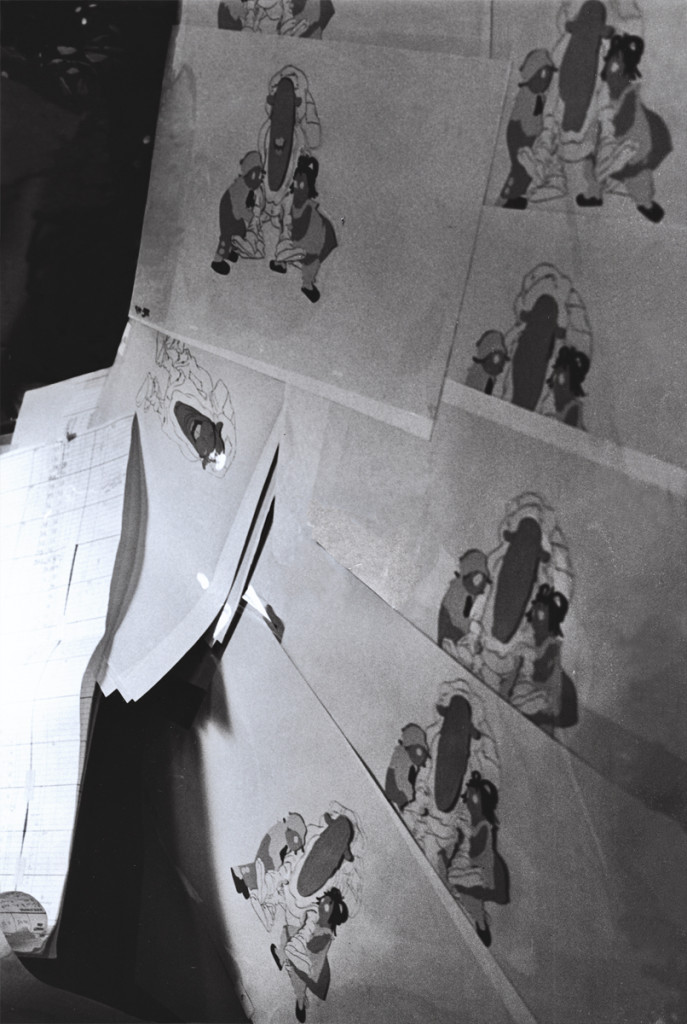 11
11
A wall of cels from Art Babbitt‘s sequence.
The Camel with the Wrinkled Knees. He also had bad feet.
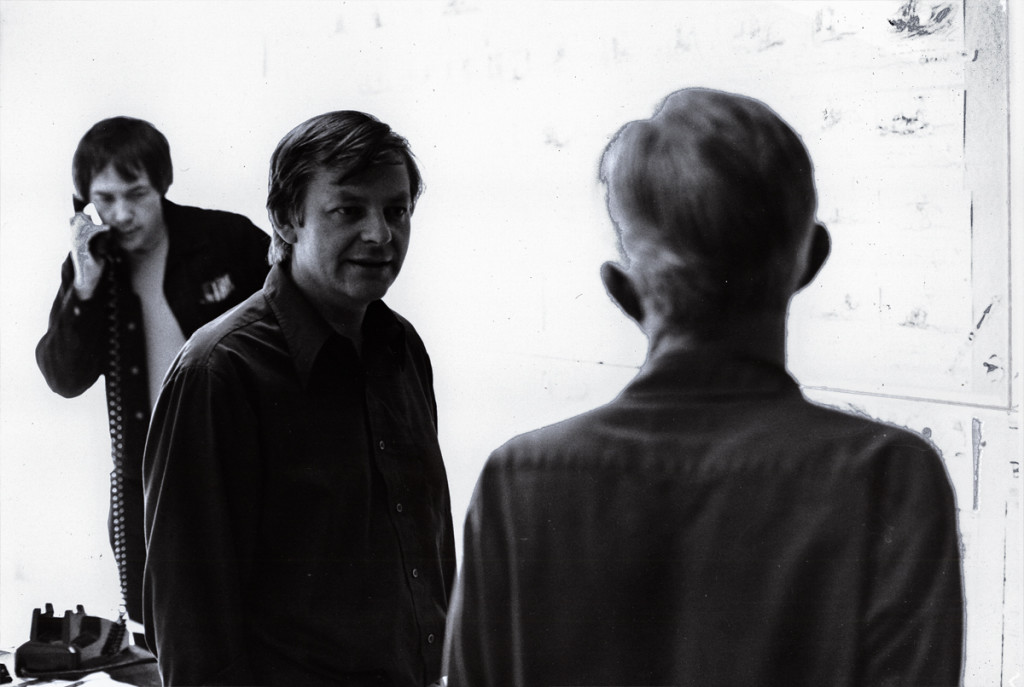 12
12
Art Babbitt with Dick Williams.
I always felt that they’d had similar animation styles. They
took different paths getting there, but the work was not too different.
That’s production manager, Carl Bell, on the phone.
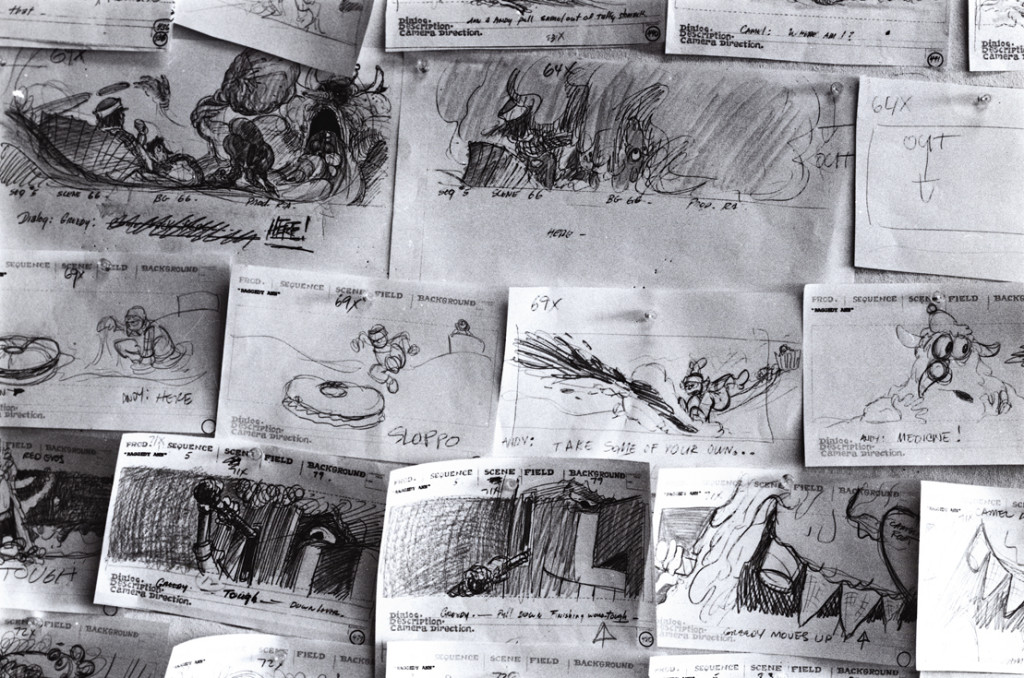 13
13
The storyboard. Andy has a problem in the taffy pit.
That was Emery Hawkins’ sequence. He only made one
short trip to NY, and I didn’t get to meet him. We
did speak on the phone a couple of times.
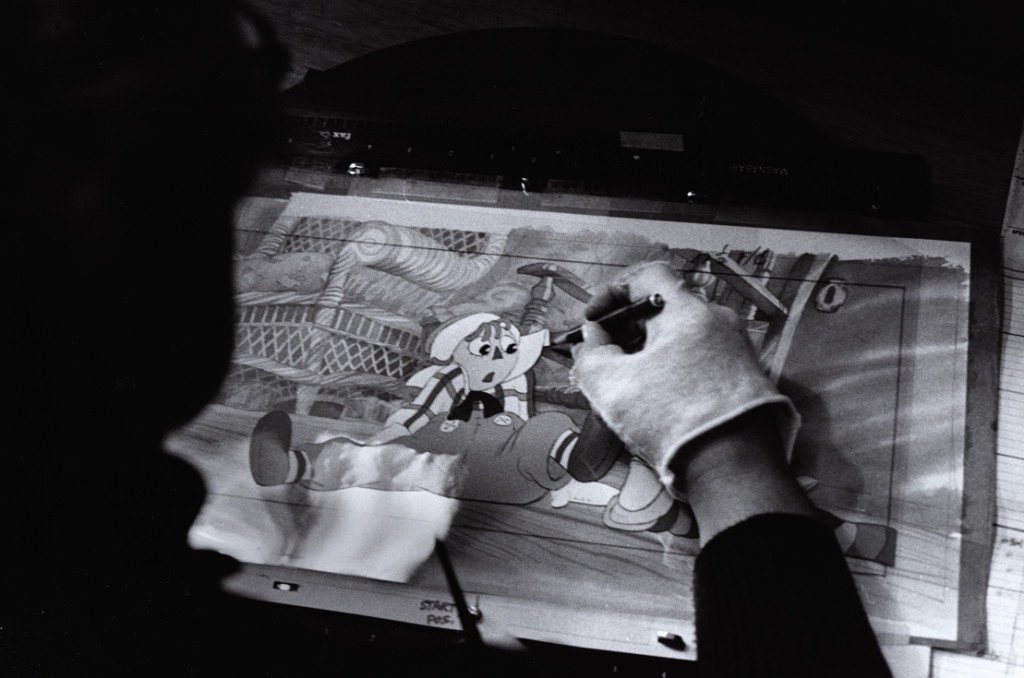 14
14
Andy lands on the floor to end a musical number. The days
when cels were painted. Here, an inker is doing touch up
work on the Xerox line. She’s using a “lumograph” pencil.
These pencils were able to draw on cel. Dick would animate
on cel with these pencils. This is what he used to animate
the Jovan commercial.
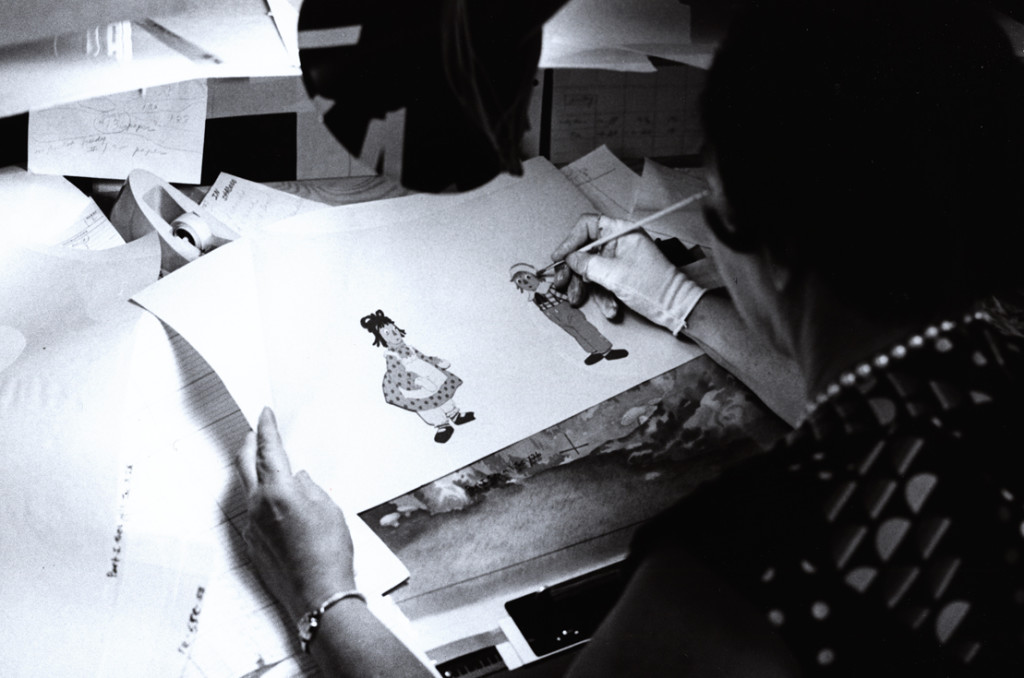 15
15
Here a checker makes a small touch-up on a cel.
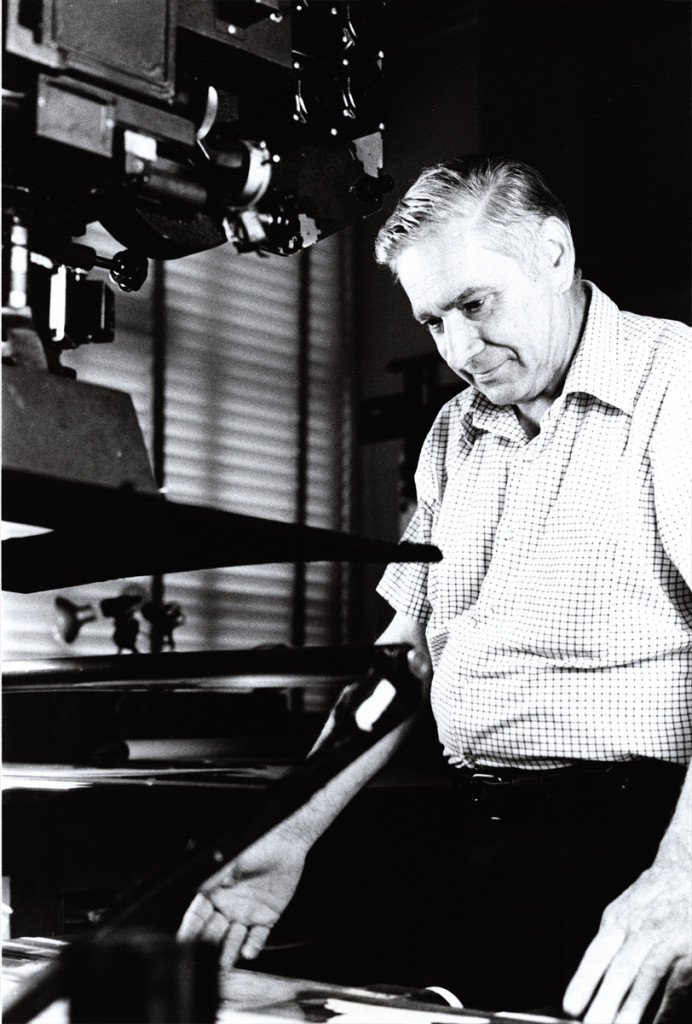 16
16
Here camera supervisor, Al Rezek, is shooting a scene
on the Oxberry camera.
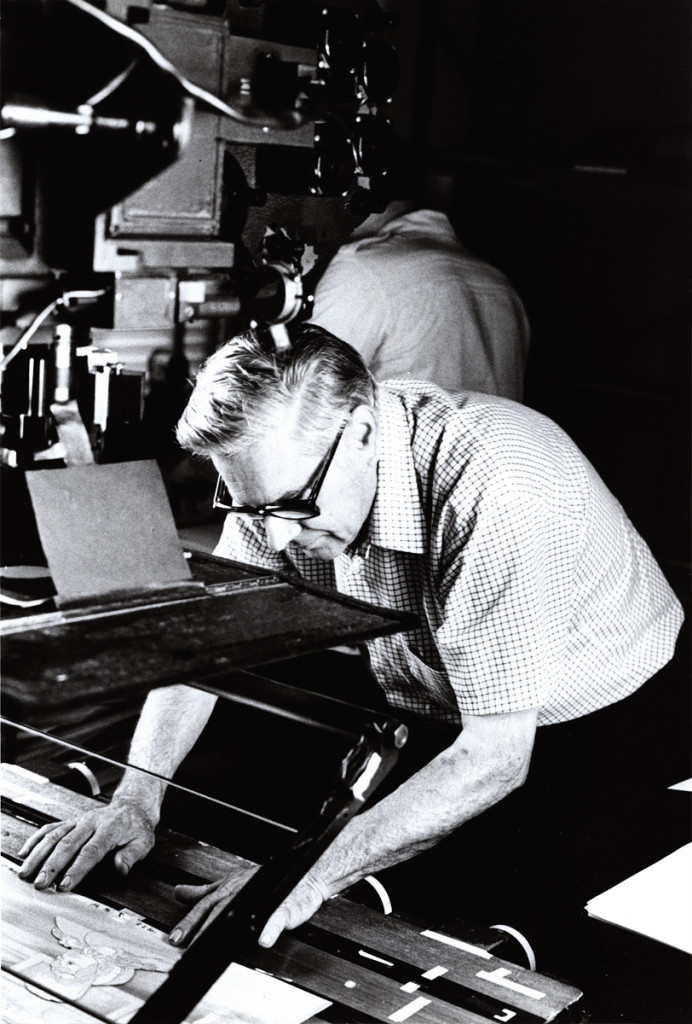 17
17
The camera was tricked out with a Panavision lens which was
rented from Panavision. At first there were a lot of problems
with the Cinemascope format, and a lot of tests were done for
the larger screen. However, when I saw it at a local theater.
They reduced the image and cut off the top and bottom.
Ultimately, the screen size was smaller – not larger.
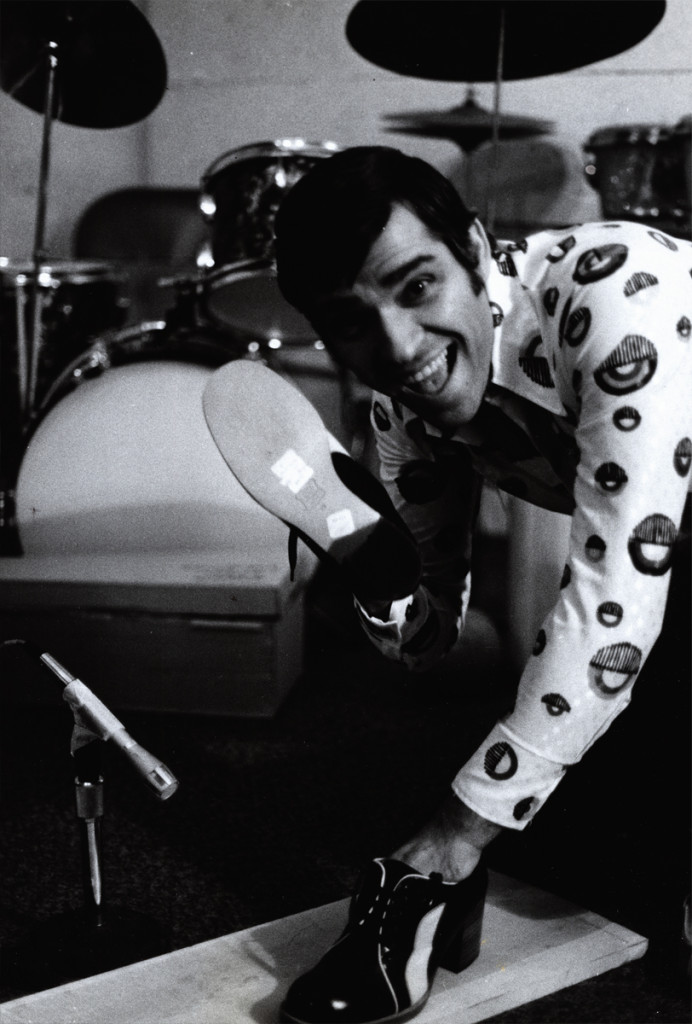 18
18
This is Jim Petries. He was this sound effects guy who
specialized in animation. He’d show up and would foley
the entire film on the spot in the mix studio. The film
makers got to watch quite a show a he pulled it off.
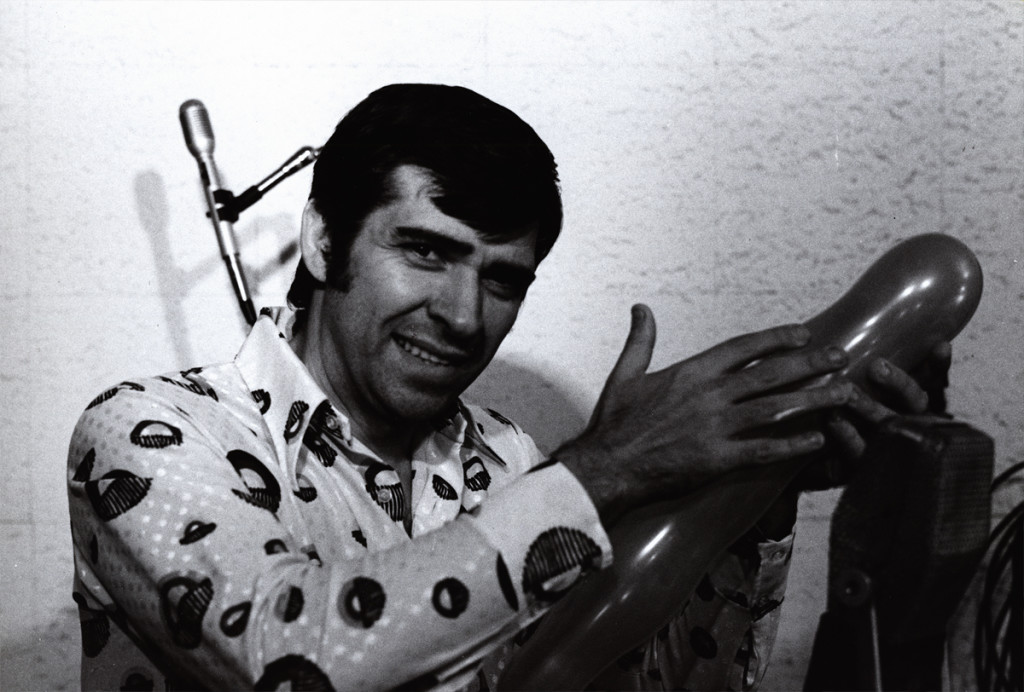 19
19
I believe Jim also did some work on Everybody Rides the
Carousel for John & Faith Hubley.
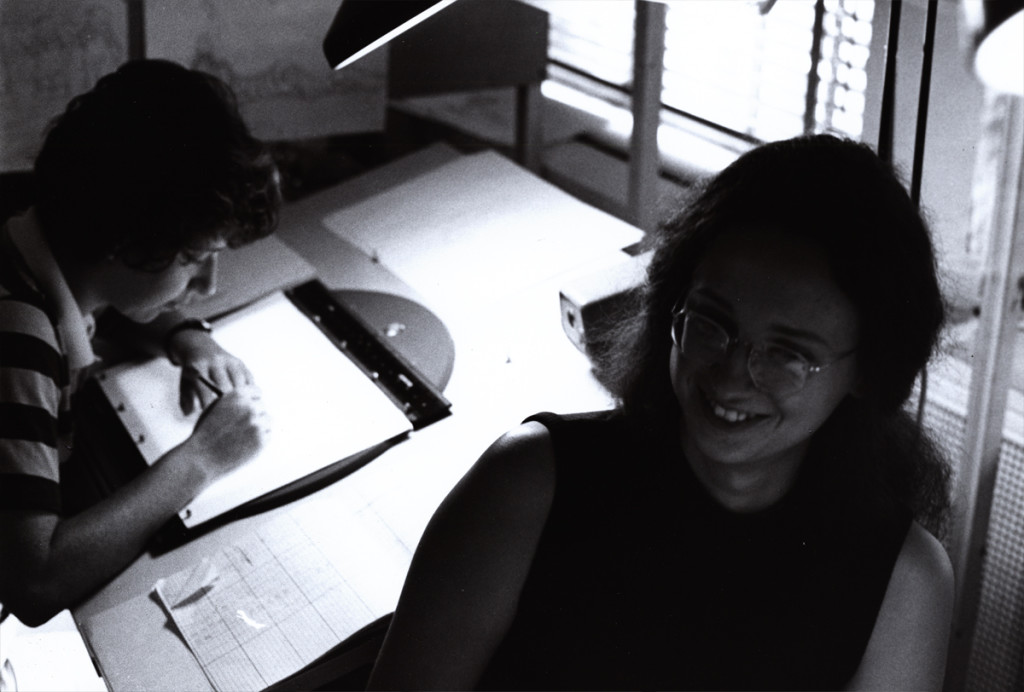 20
20
This shows two young inbetweeners that rose within the industry.
Mary Szilagyi is drawing at the desk, and Carol Millican is in
the foreground. Mary stayed in NY ultimately doing children’s books
and Carol went to the West Coast working for many studios.
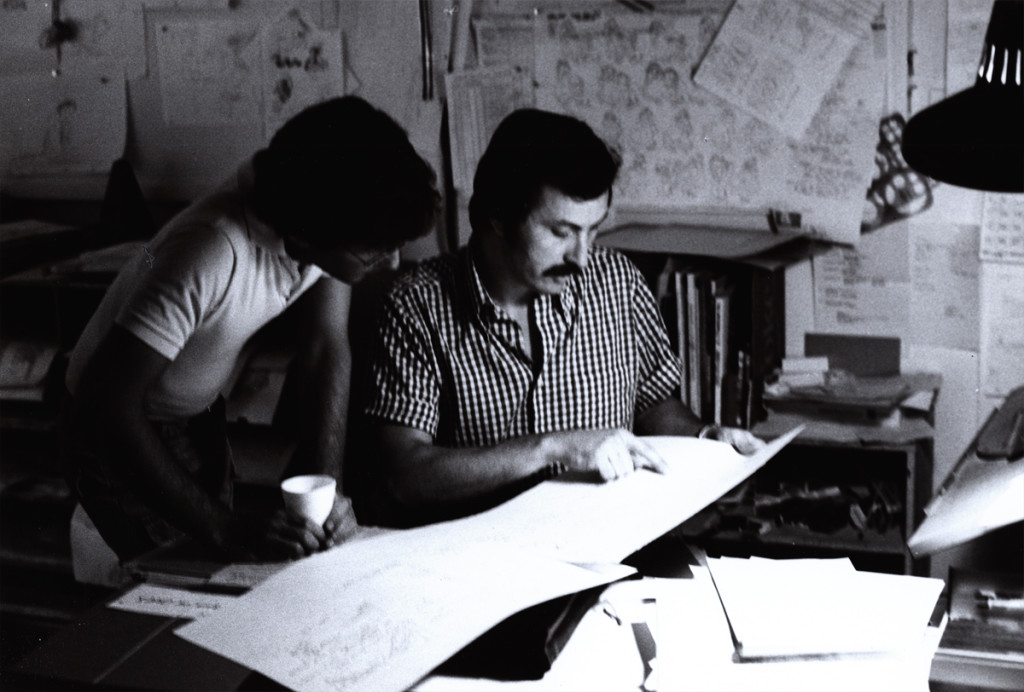 21
21
The Asst Director, Fred Berner, looks over the shoulder of
Associate Director, Cosmo Anzilotti. Fred left animation
and produced a number of excellent theatrical features before becoming the
lead producer on Law & Order: Criminal Intent. Cosmo went
out to the West Coast to take a lead position at Hanna Barbera before they
closed their doors. He helped during the transition period as the turned into
Turner Animation Studio. He retired notlong after.
They were both good friends. I still run into Fred every once in a while,
usually at Academy meetings.
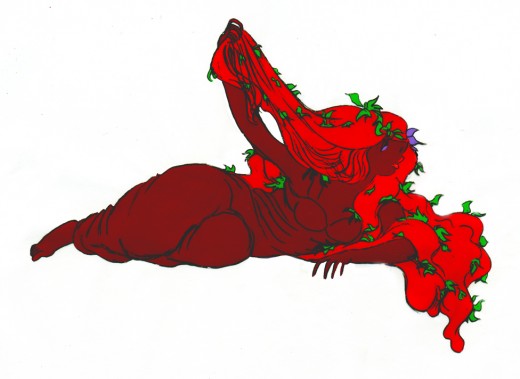
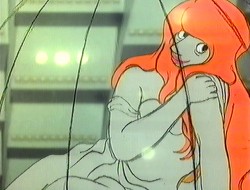
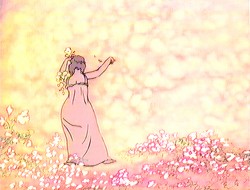
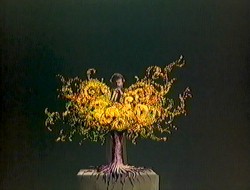
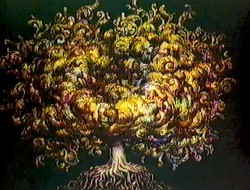
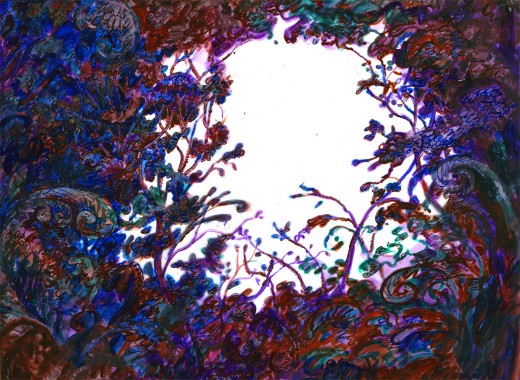
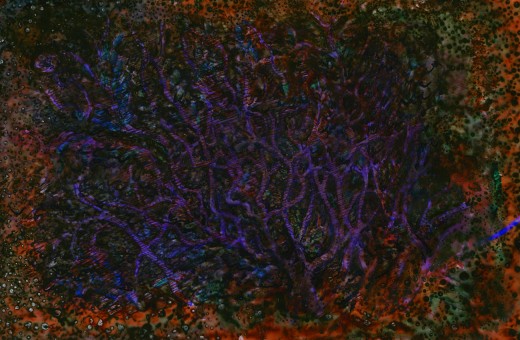
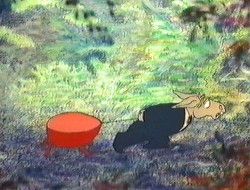
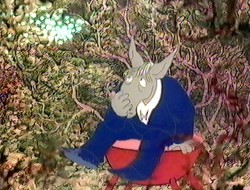
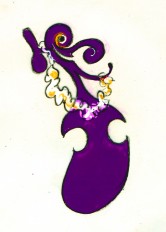
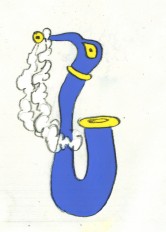
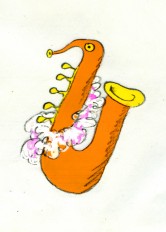
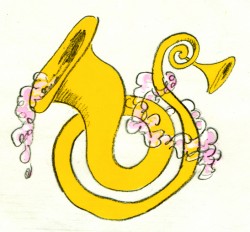
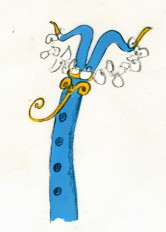
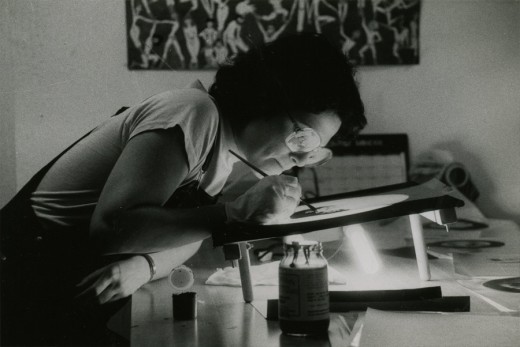
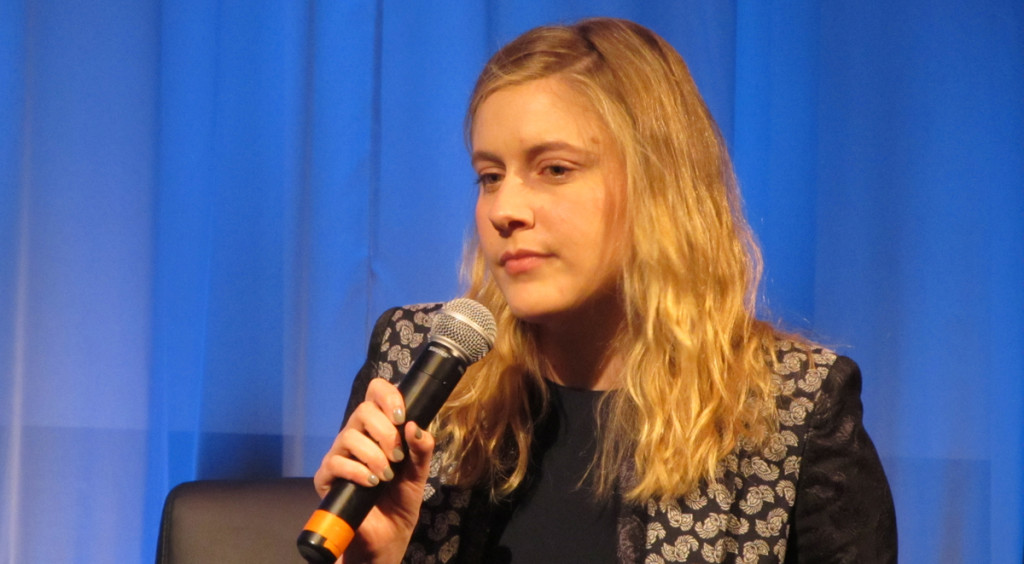
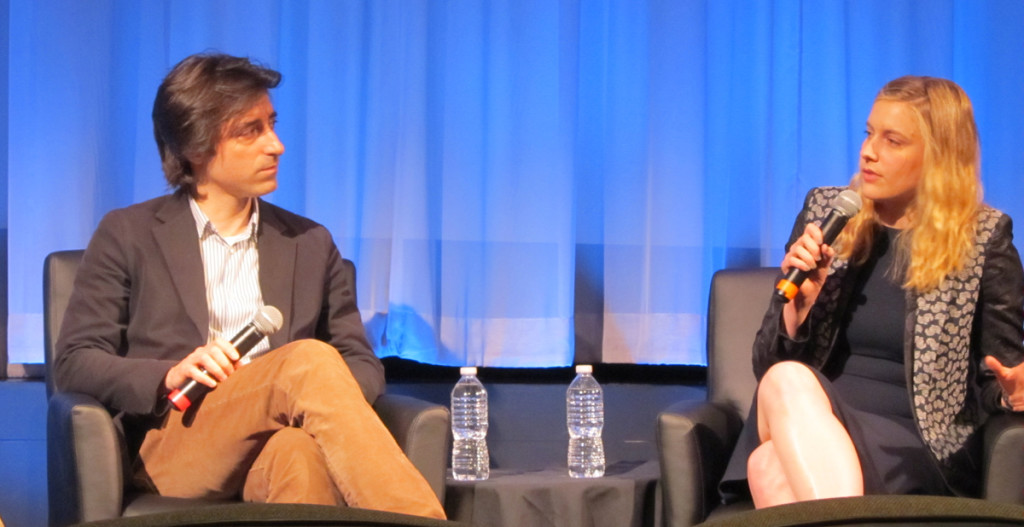
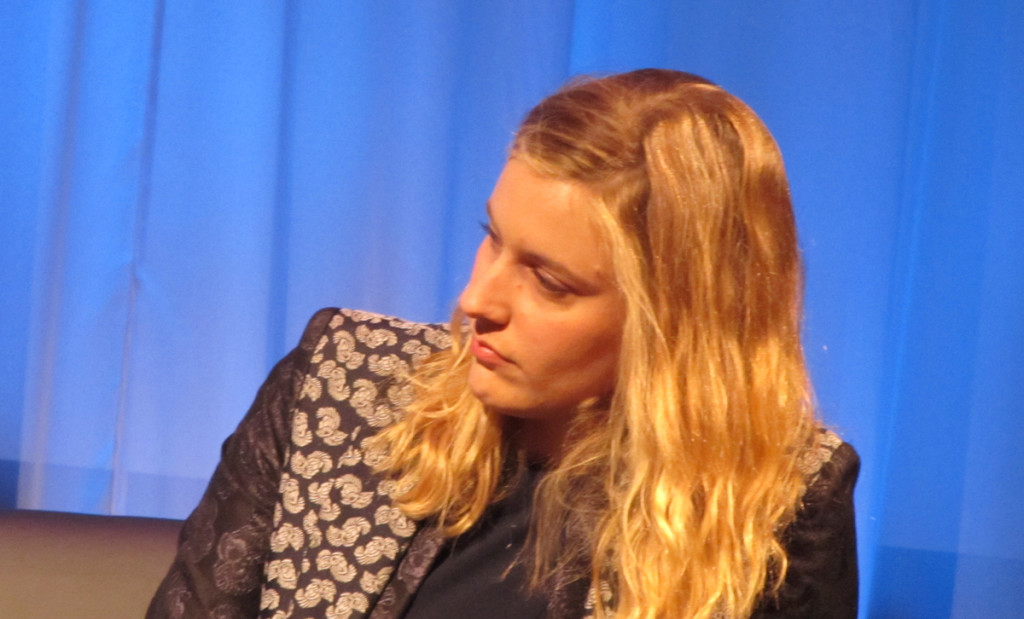
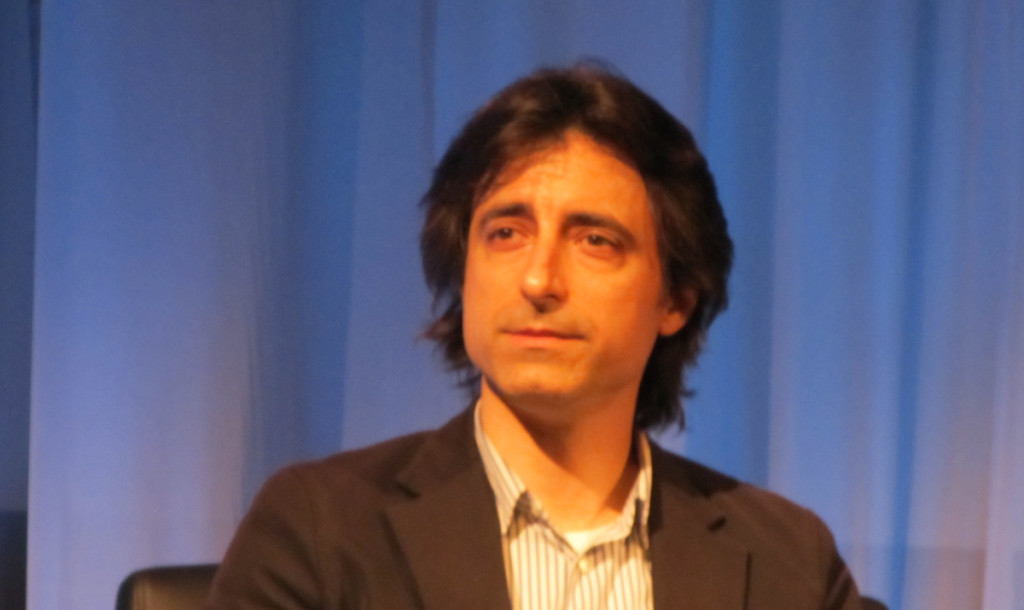
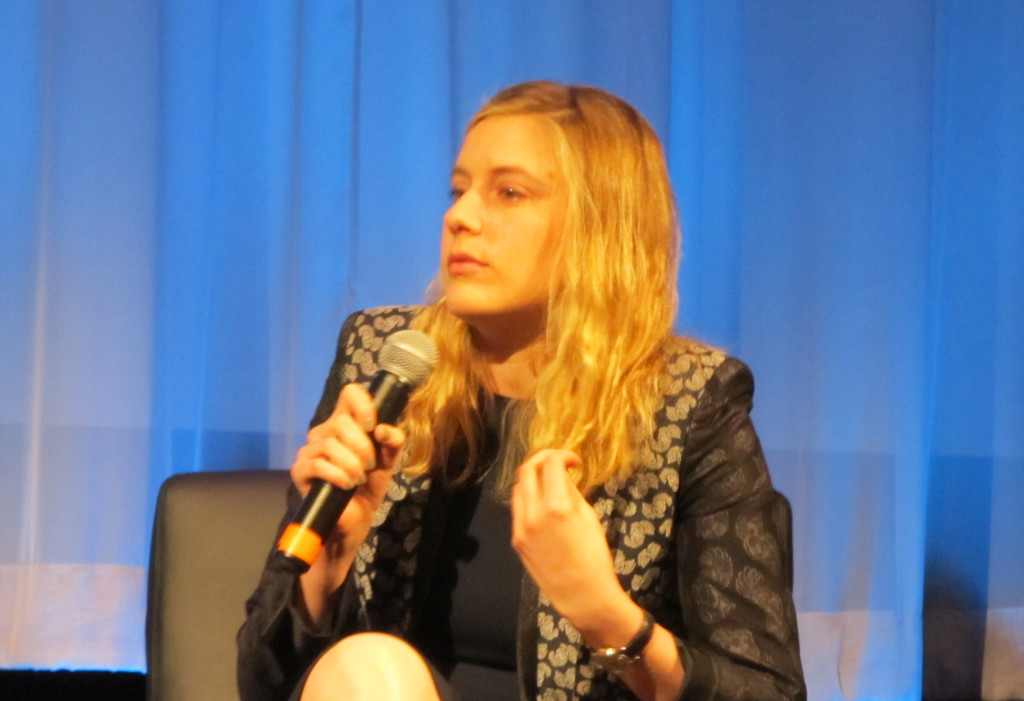
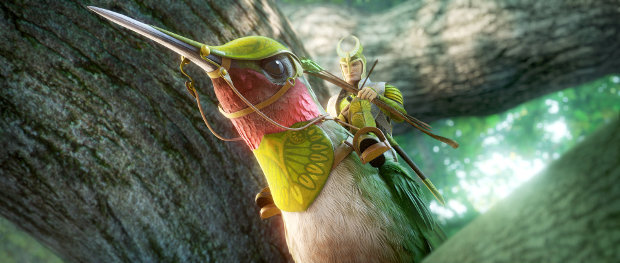
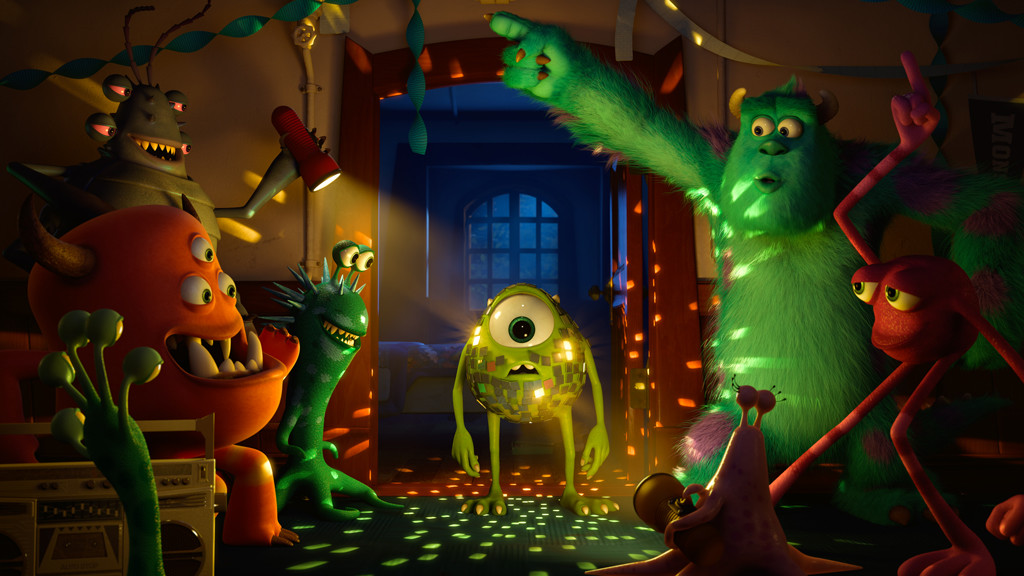
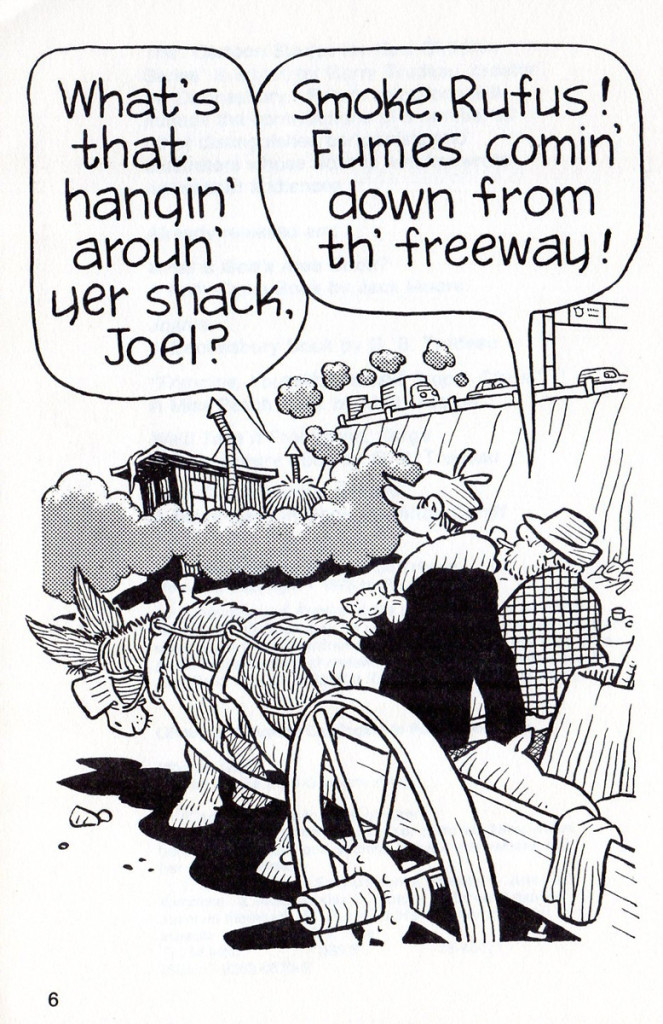
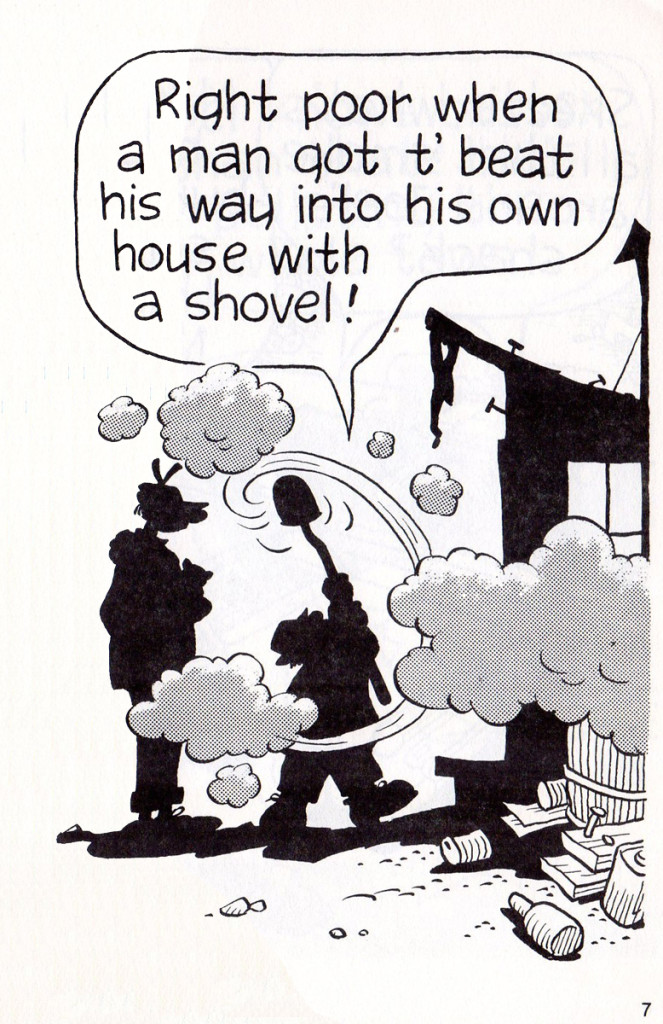
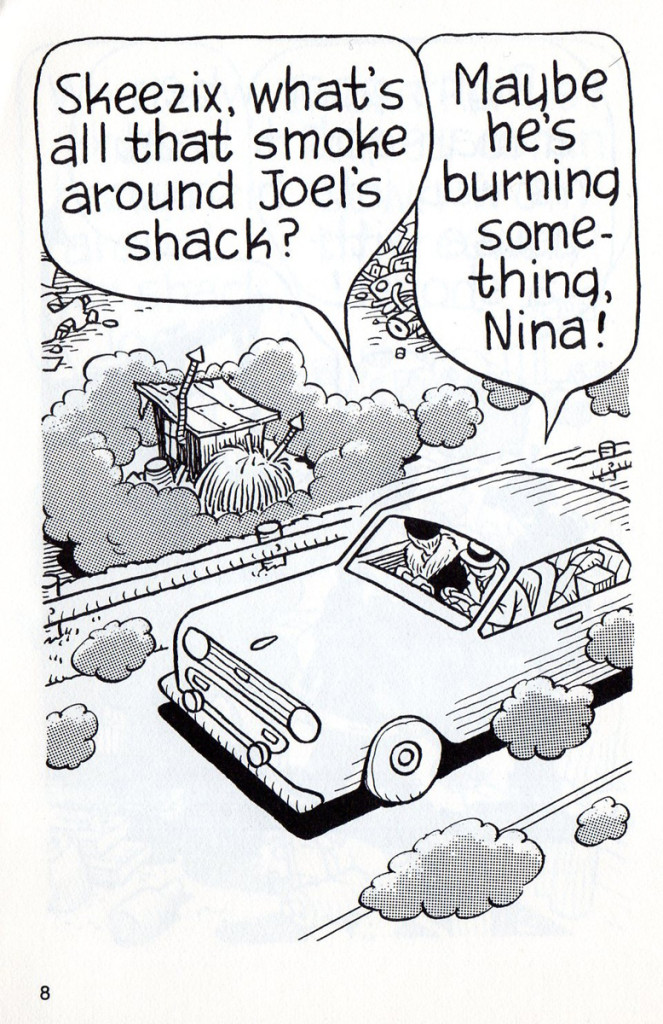
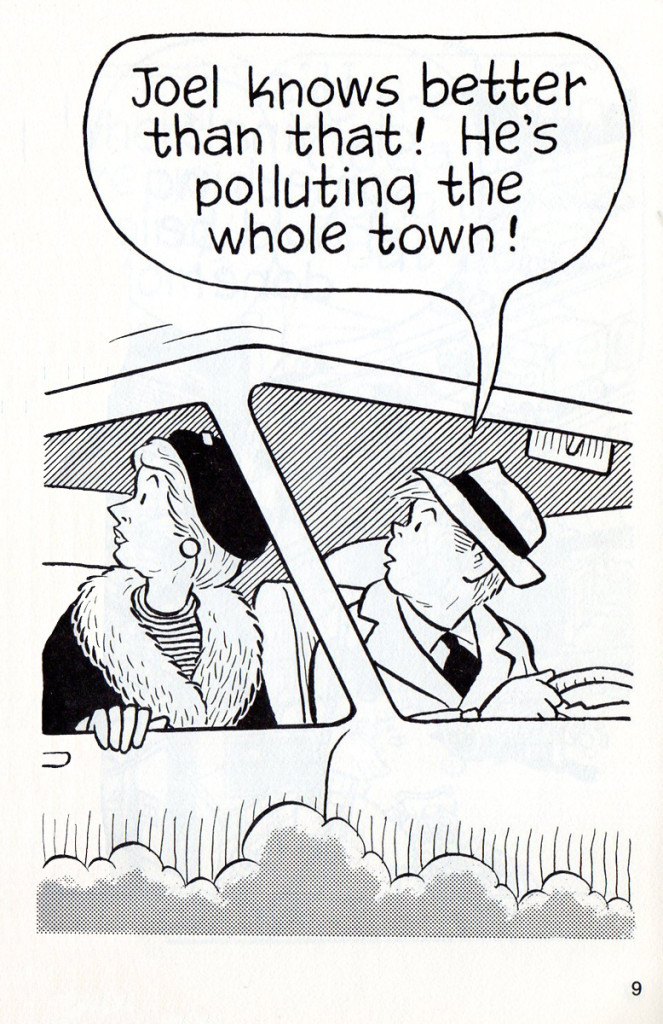
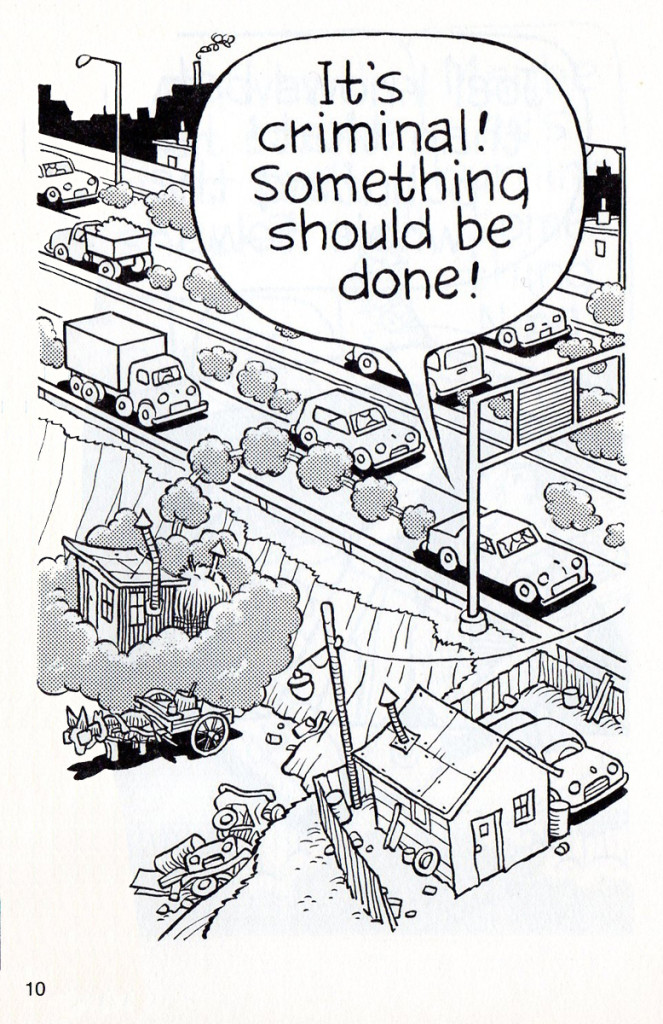
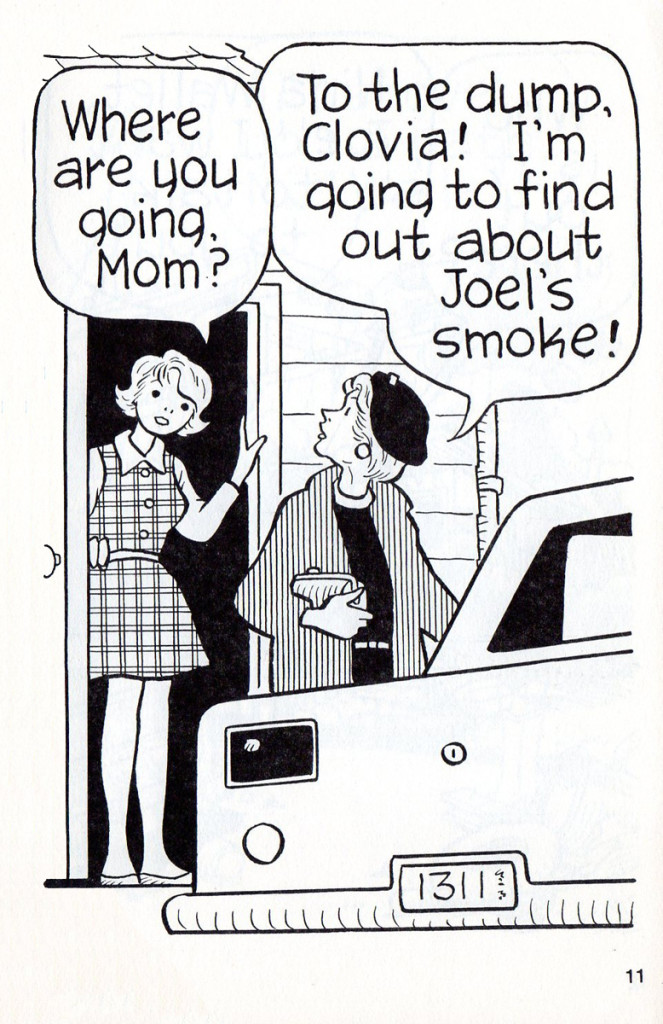
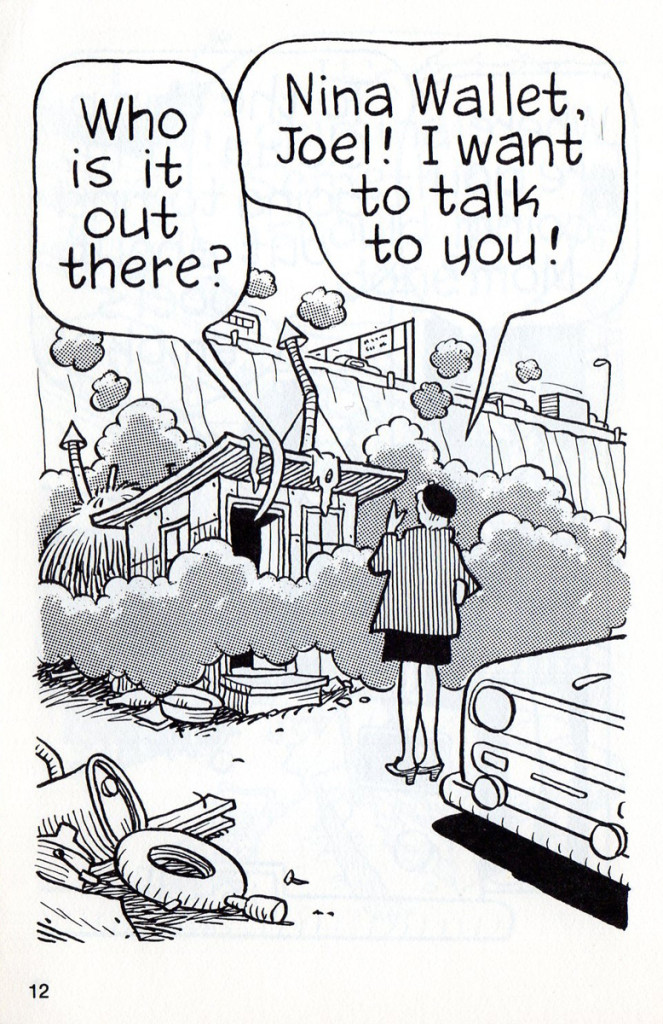
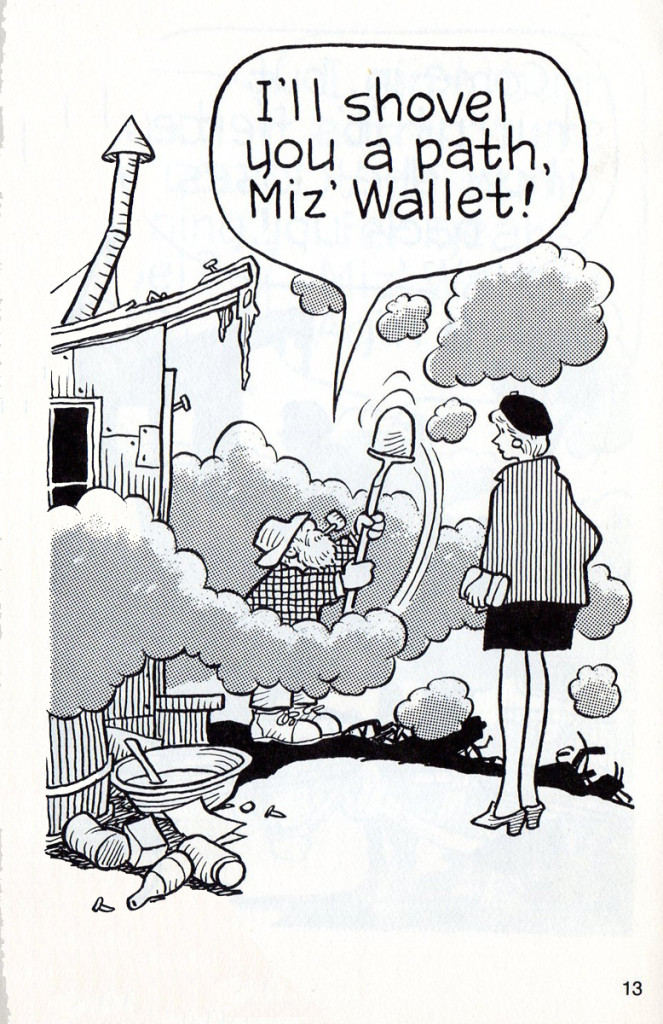
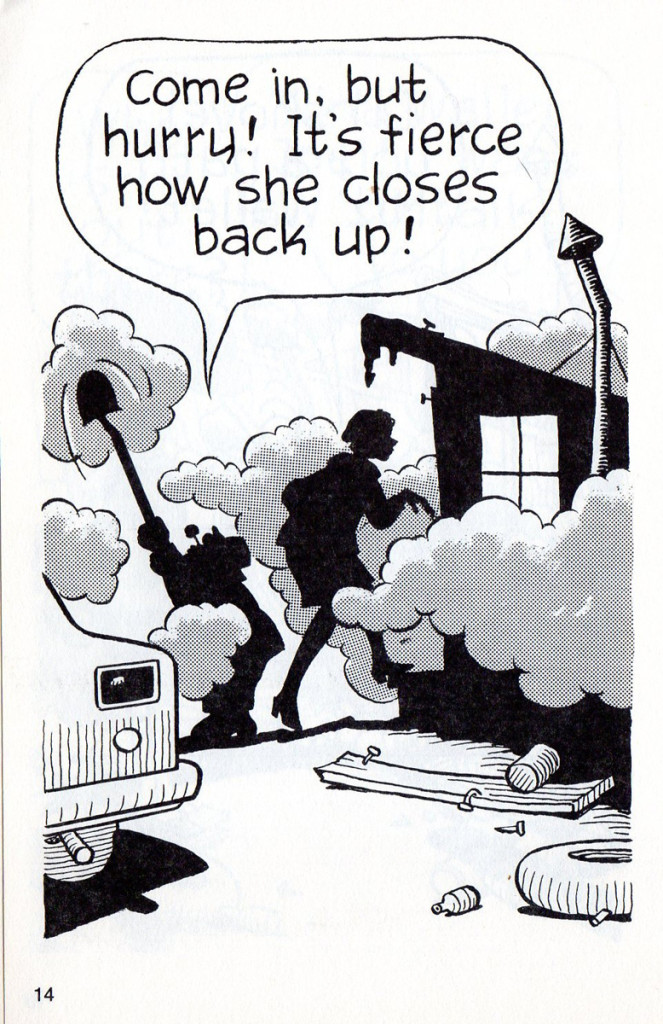
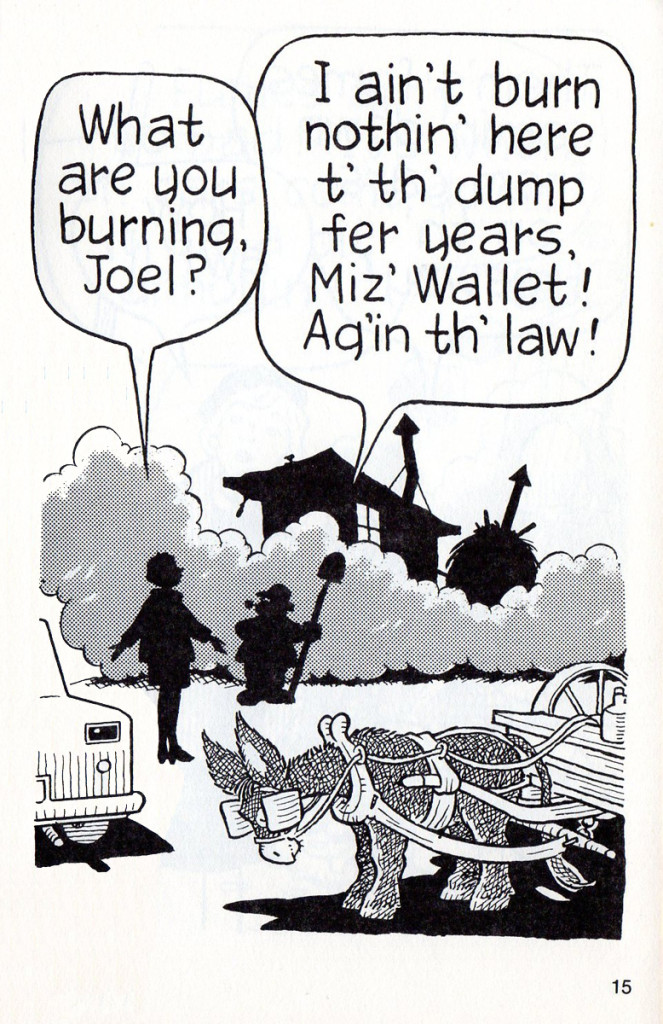
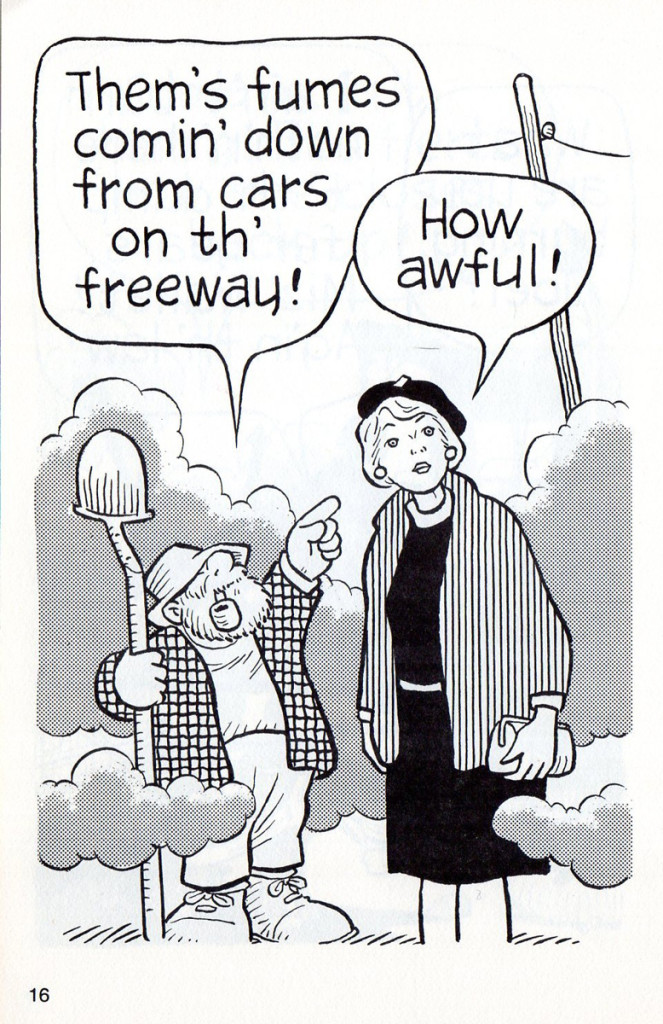
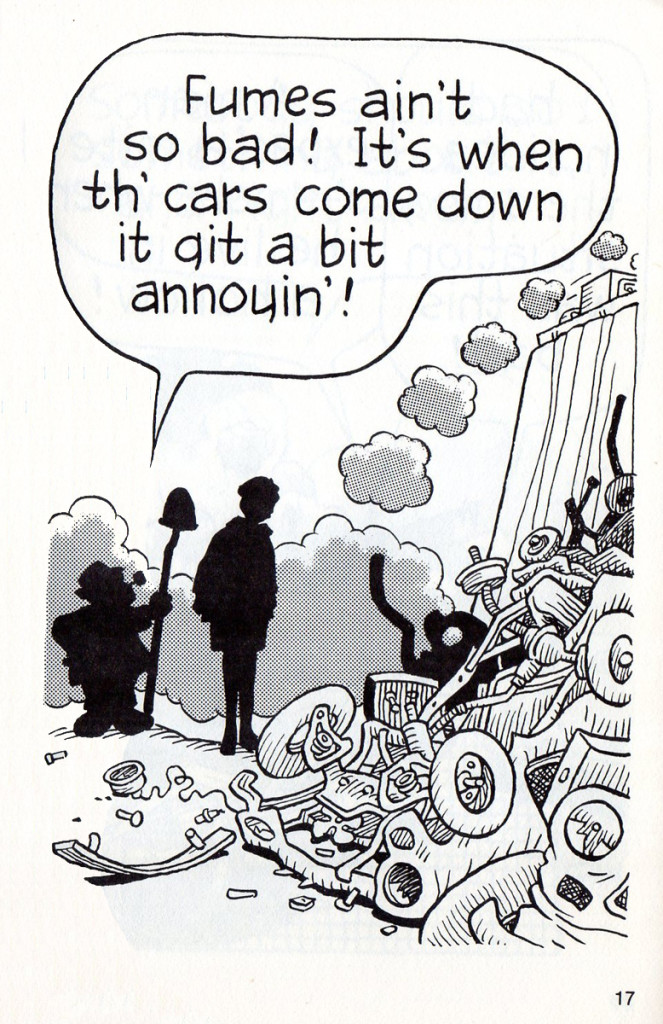
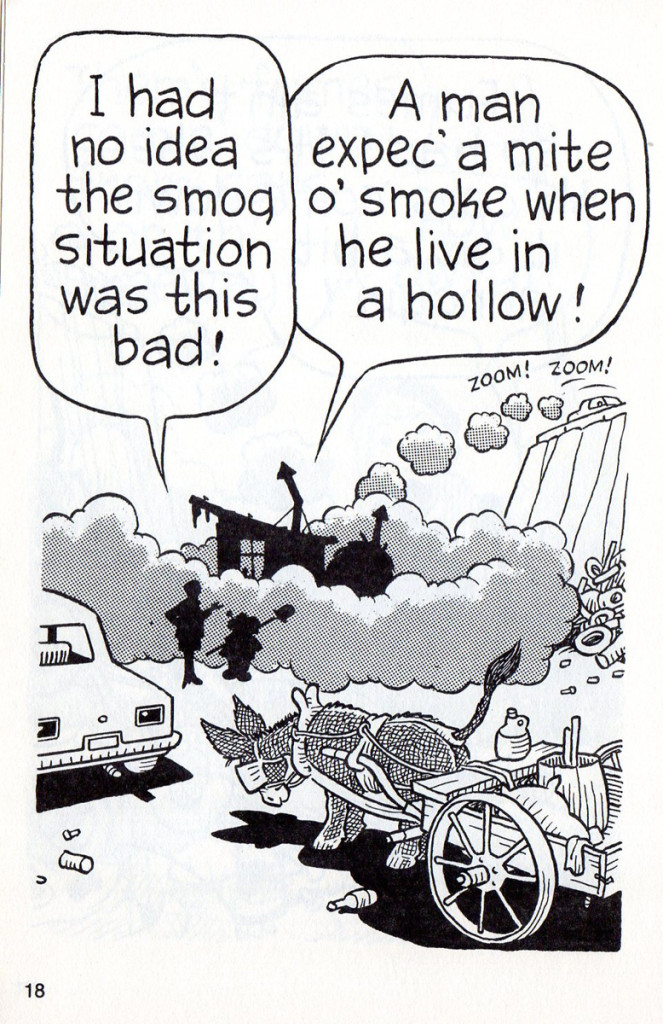
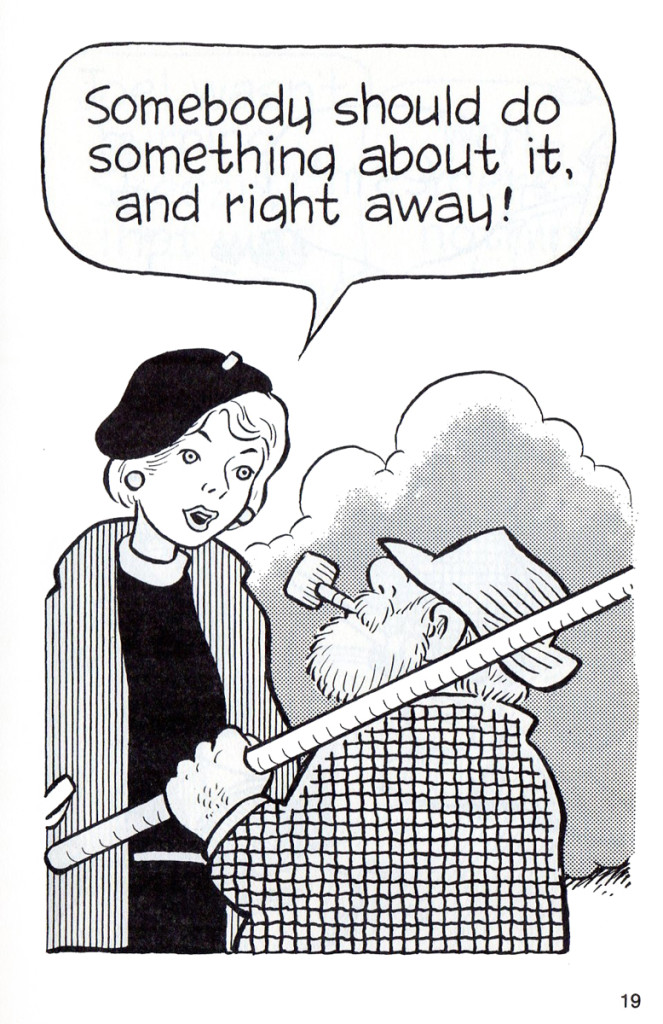
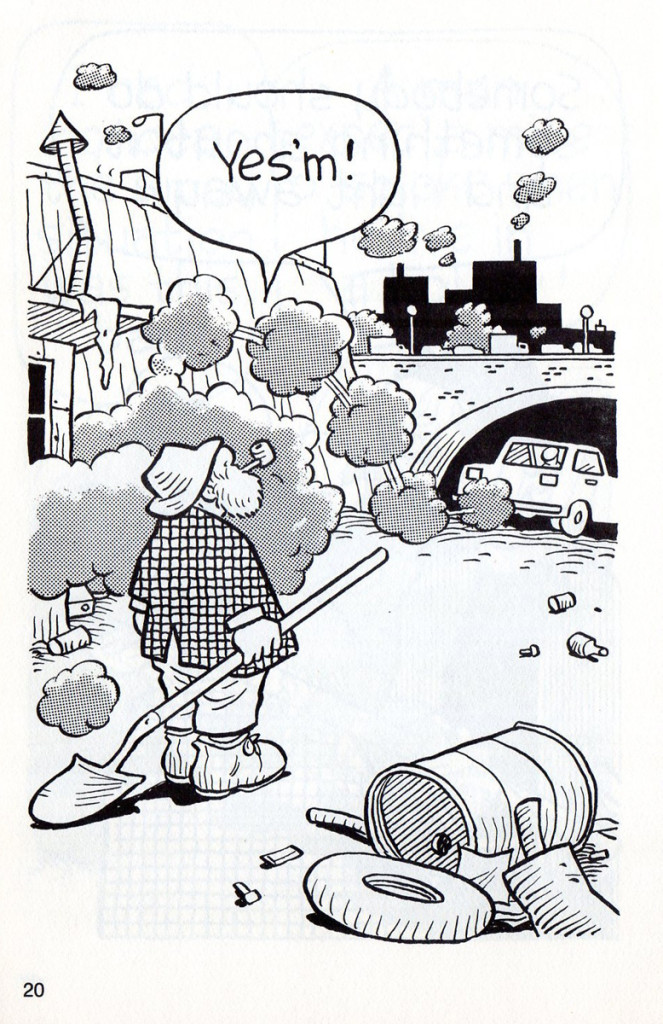
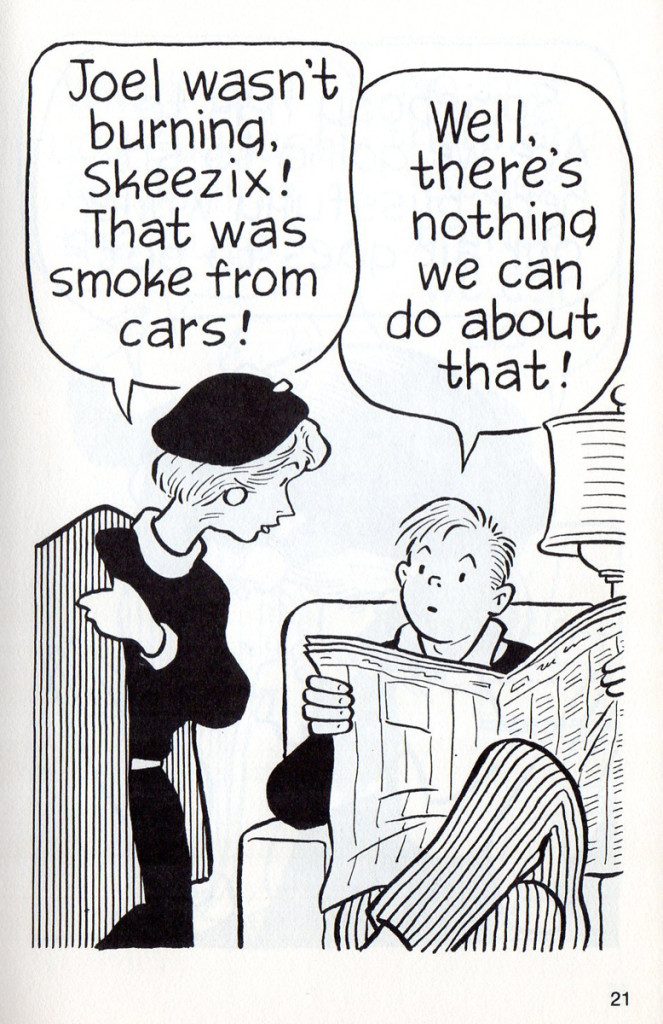
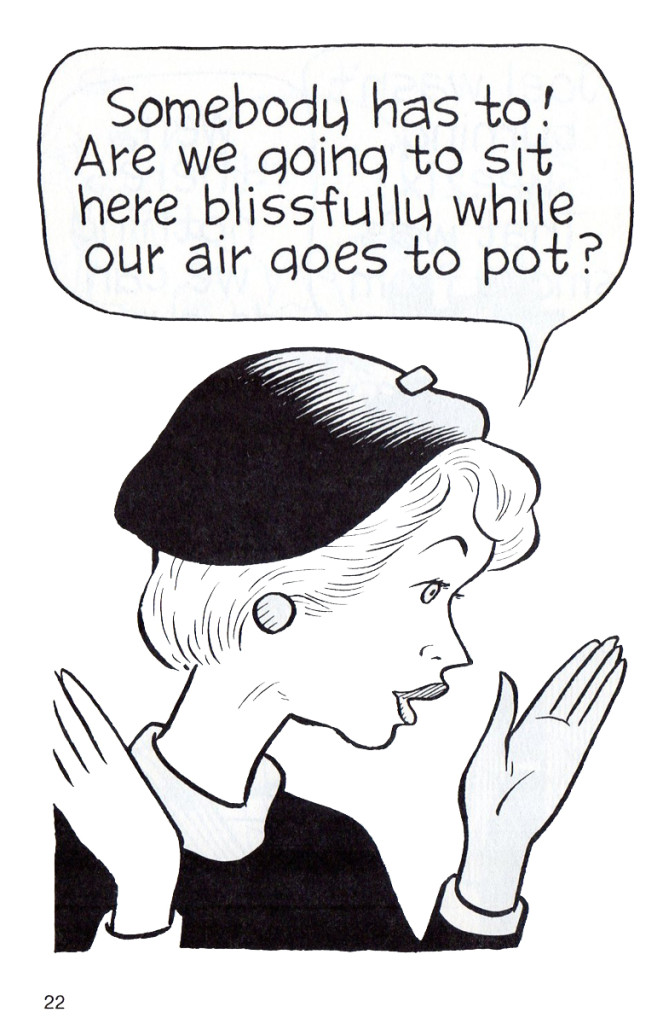
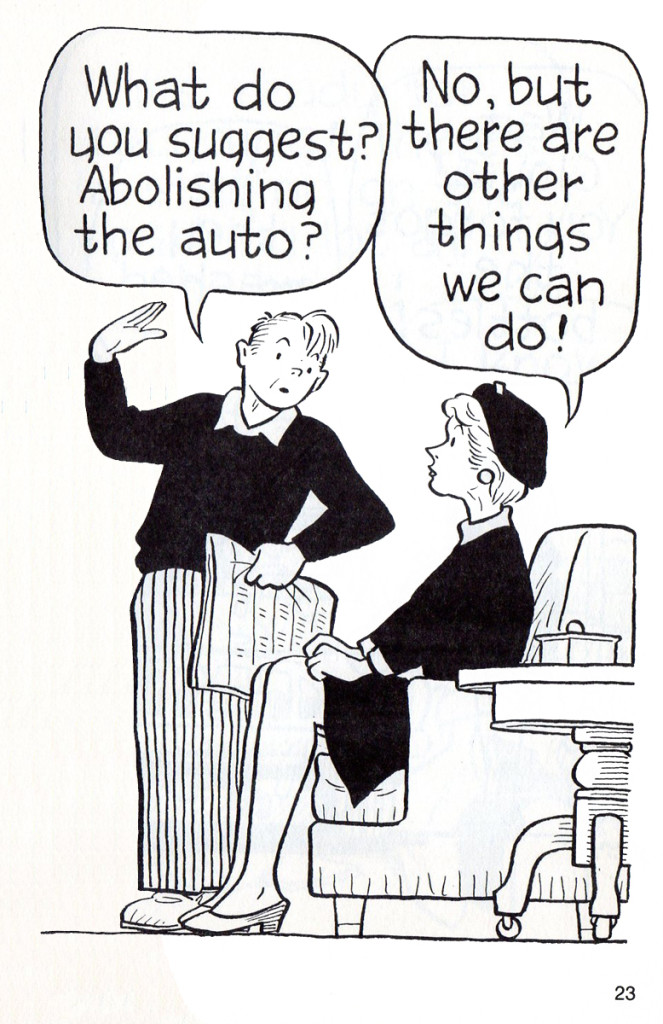
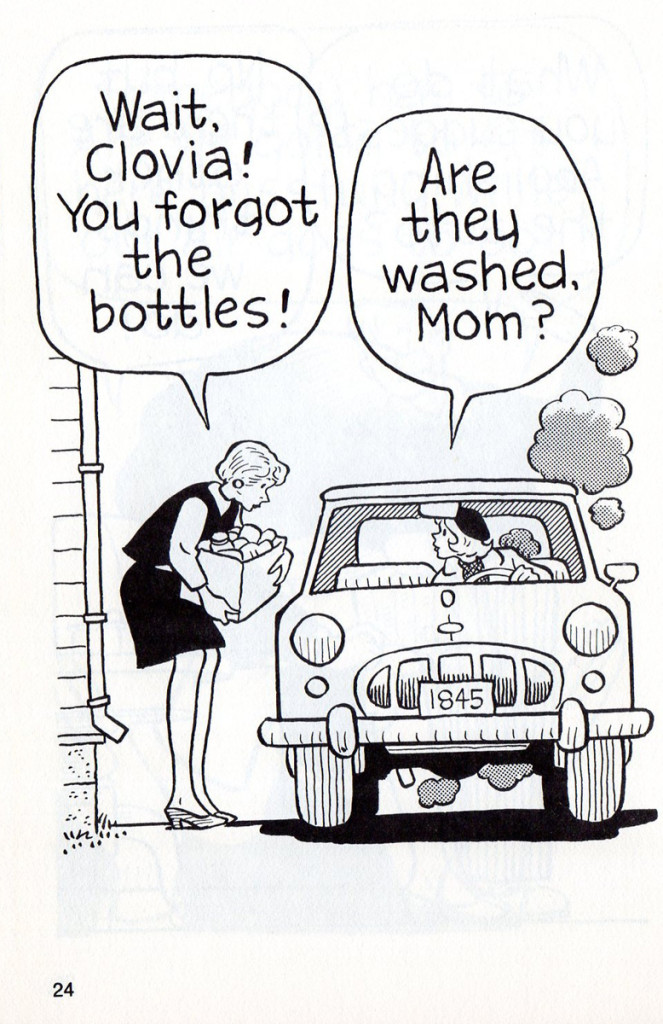
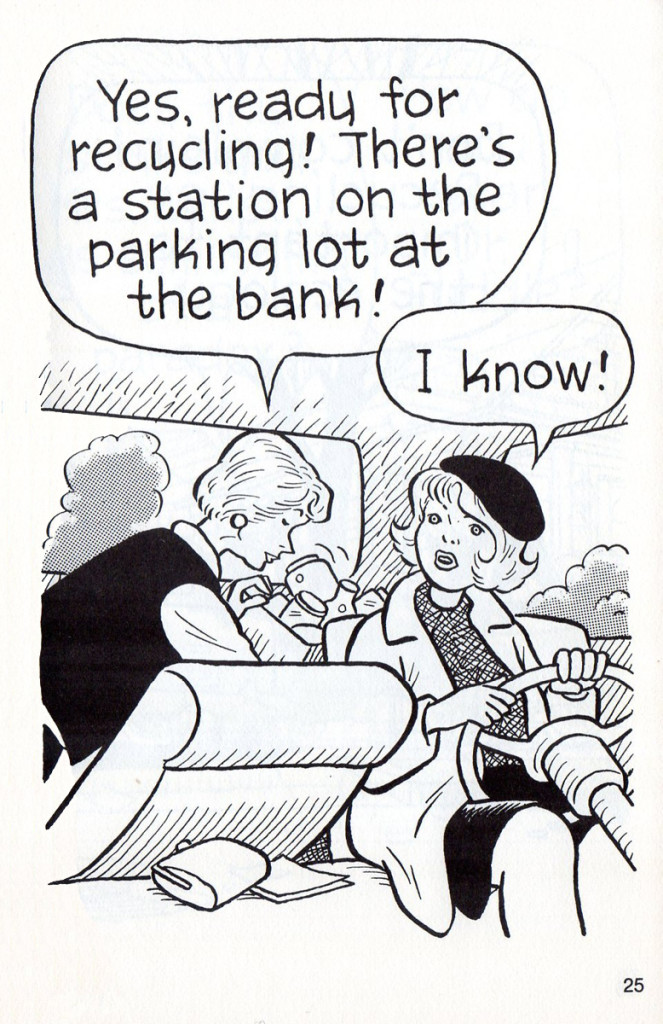
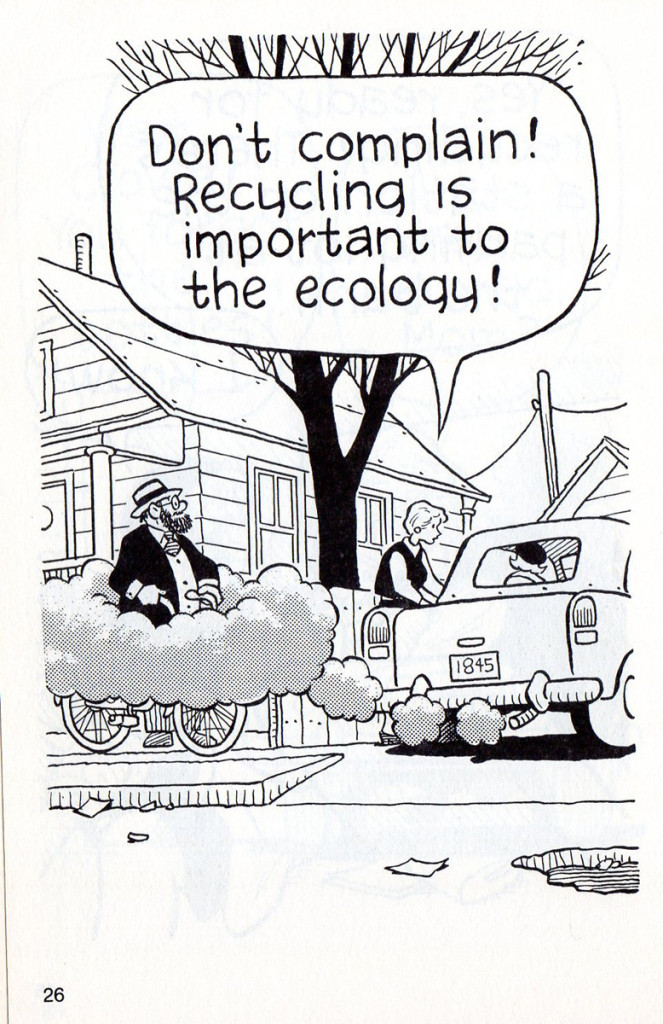
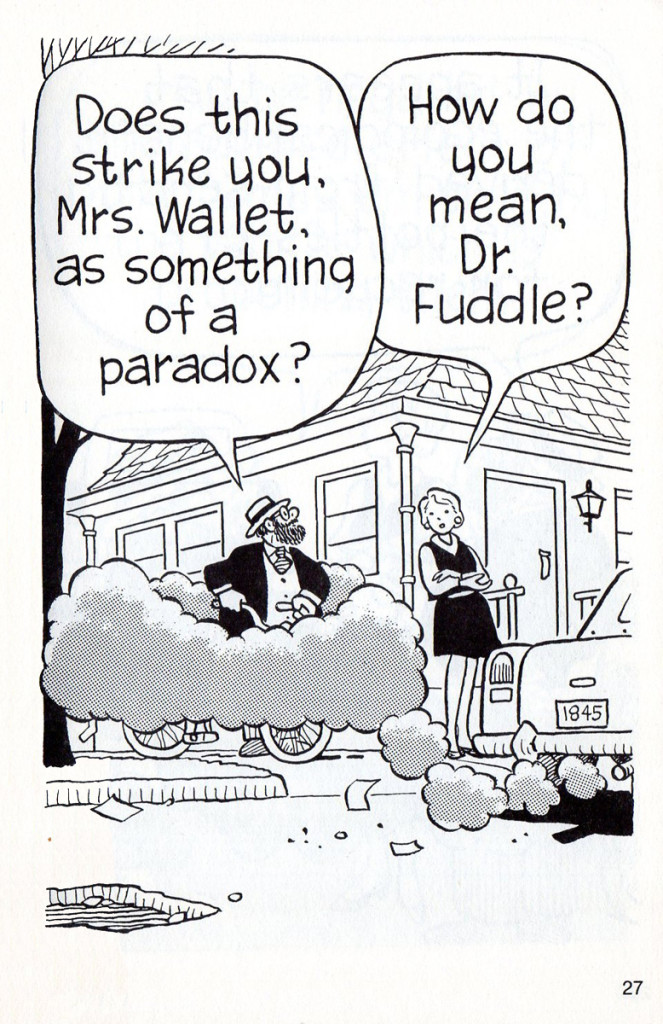
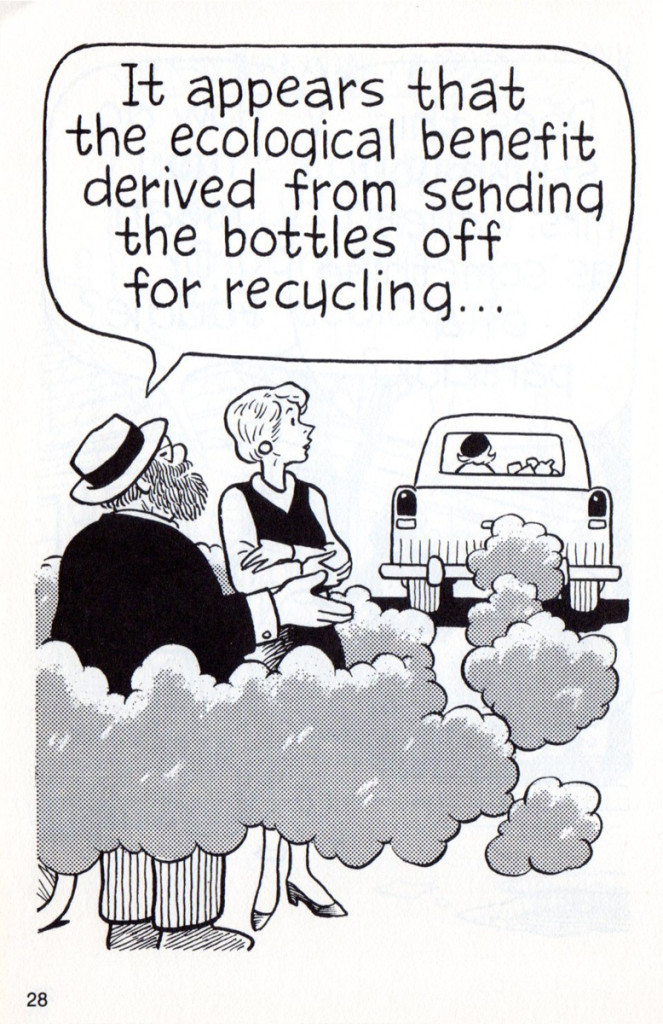
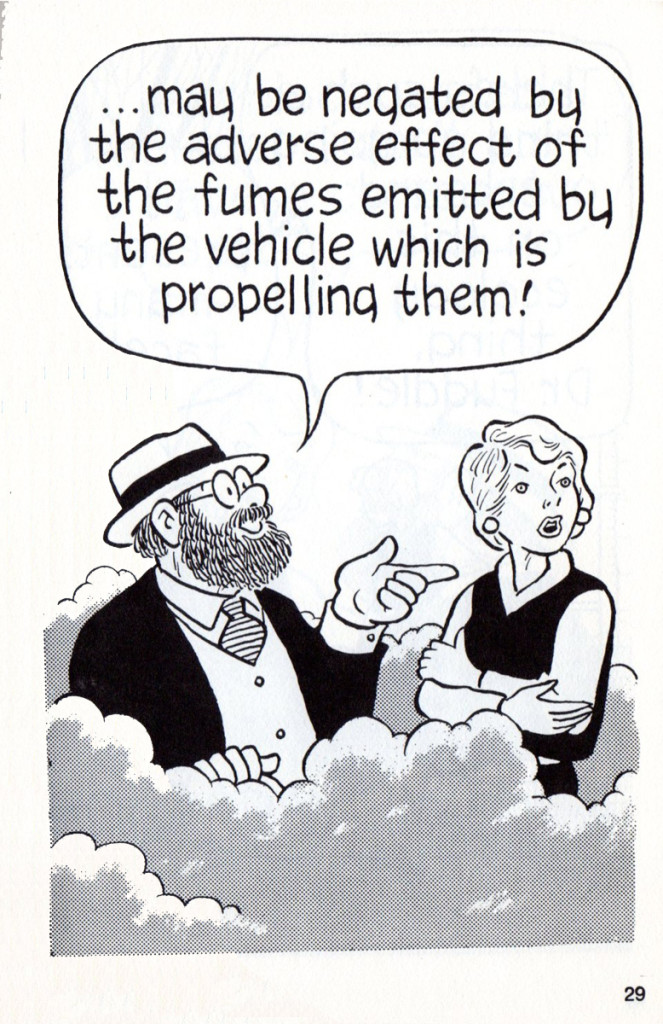
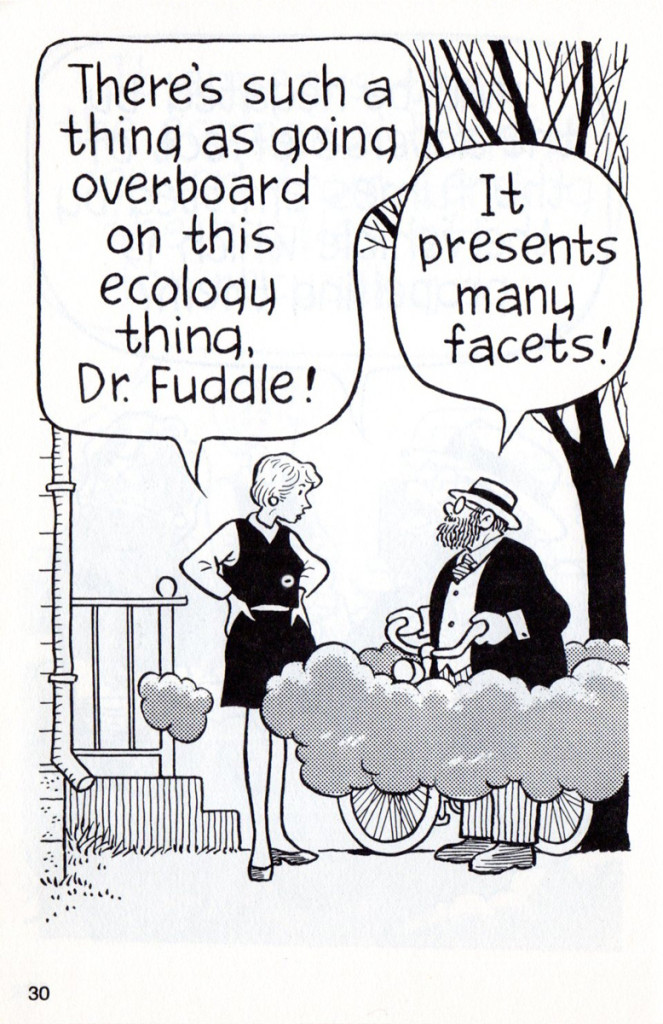
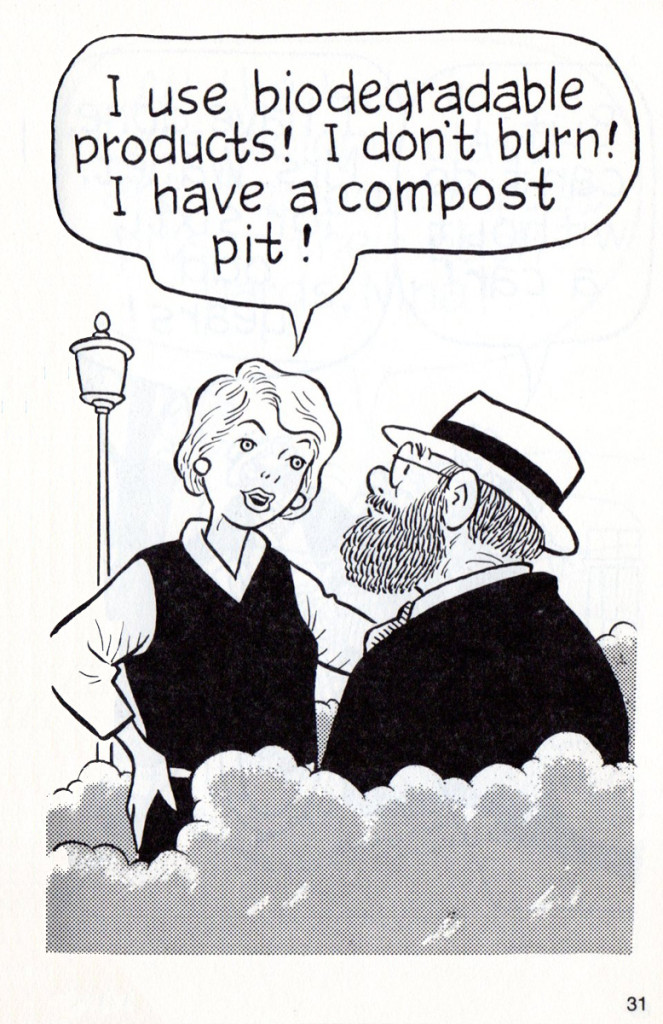
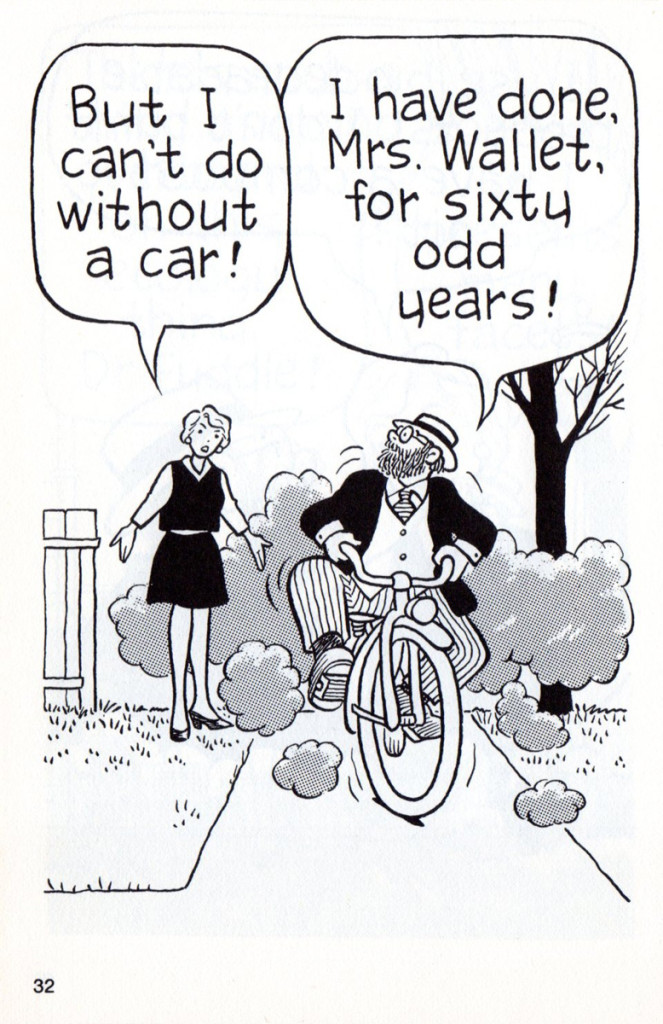
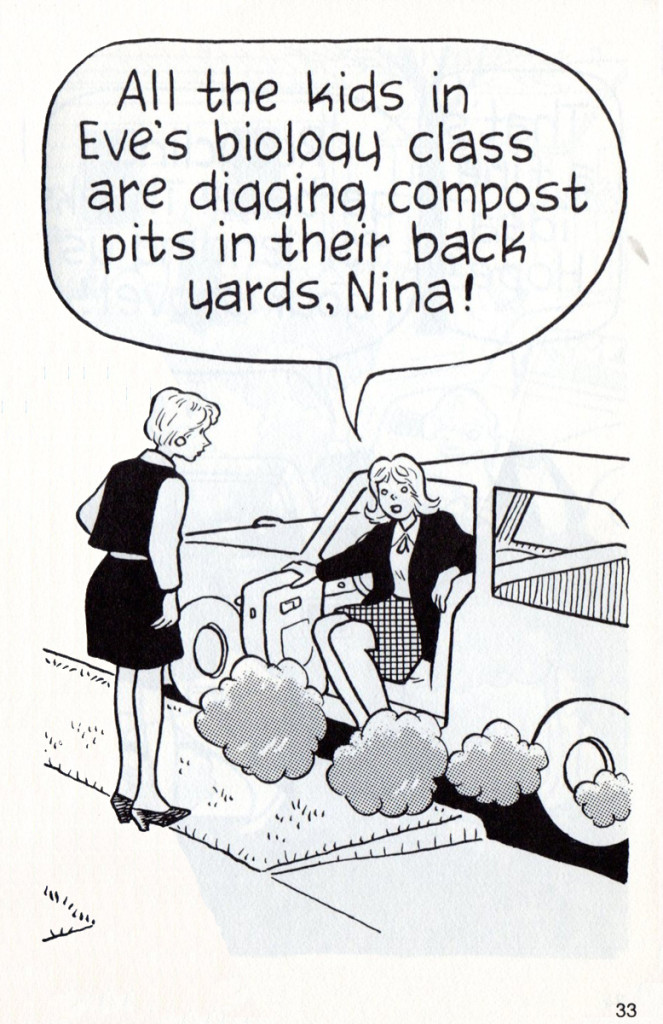
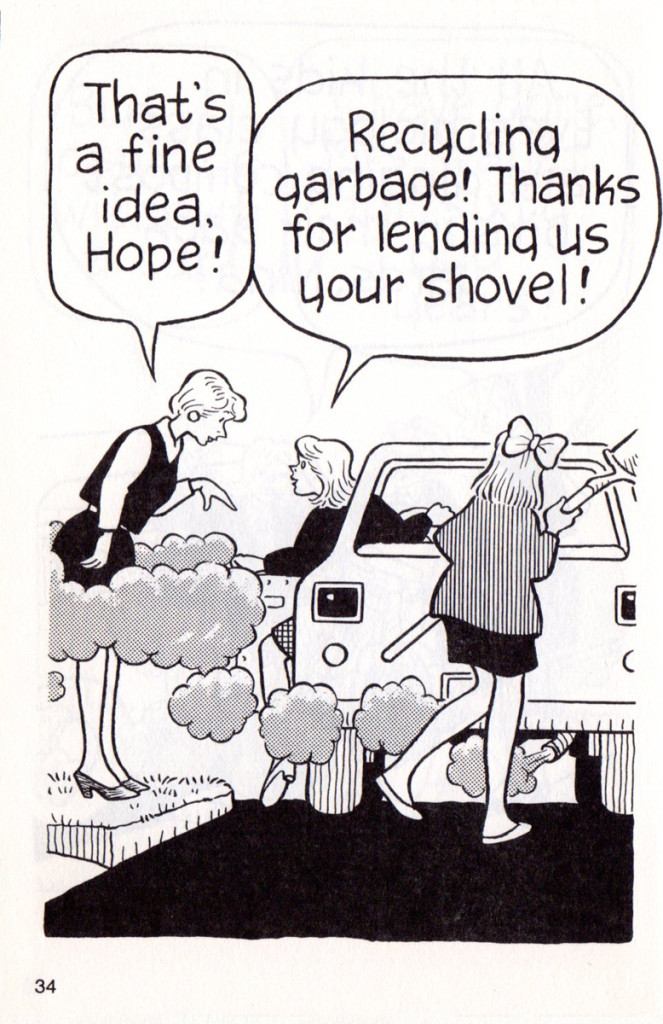
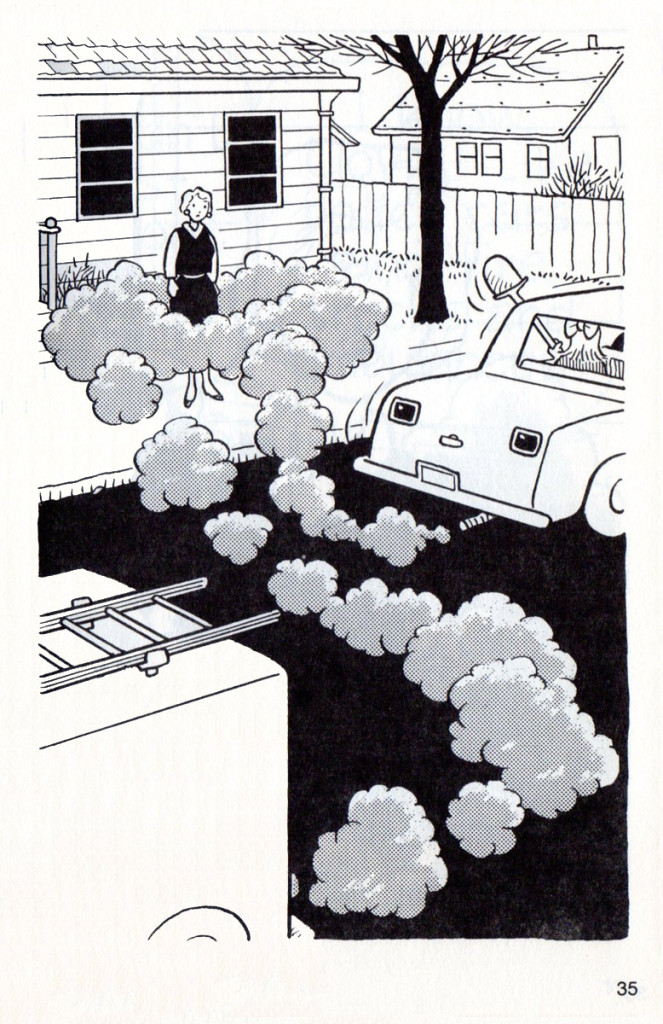
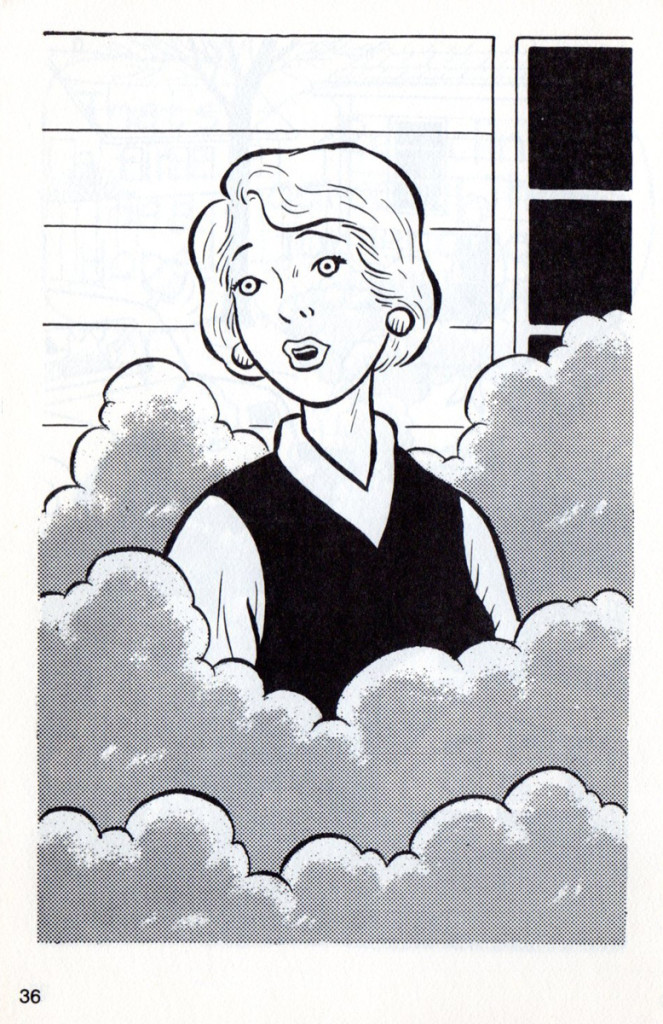
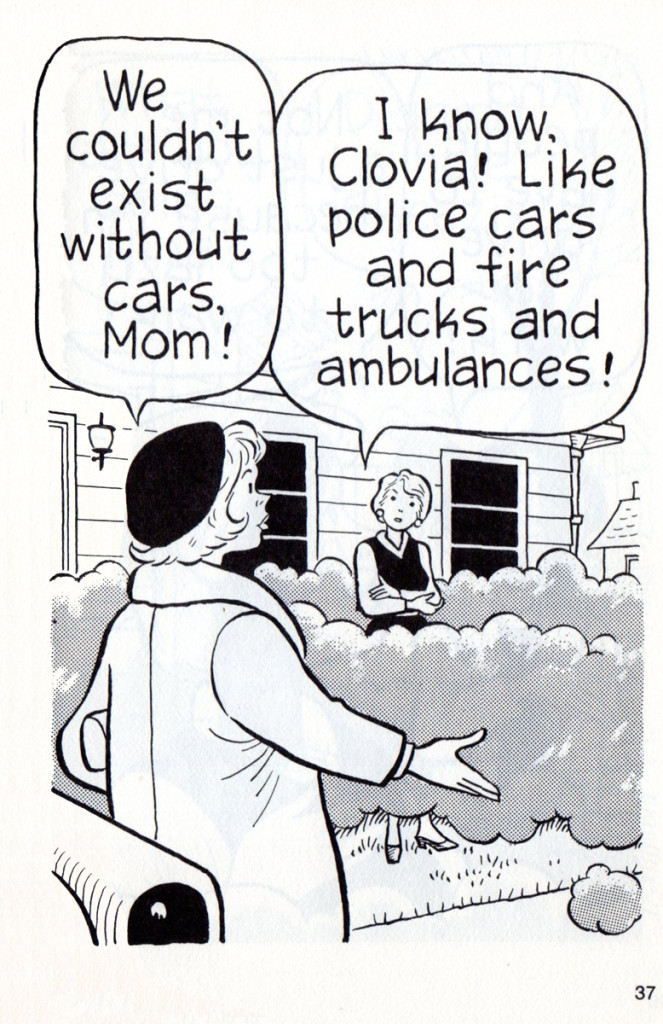
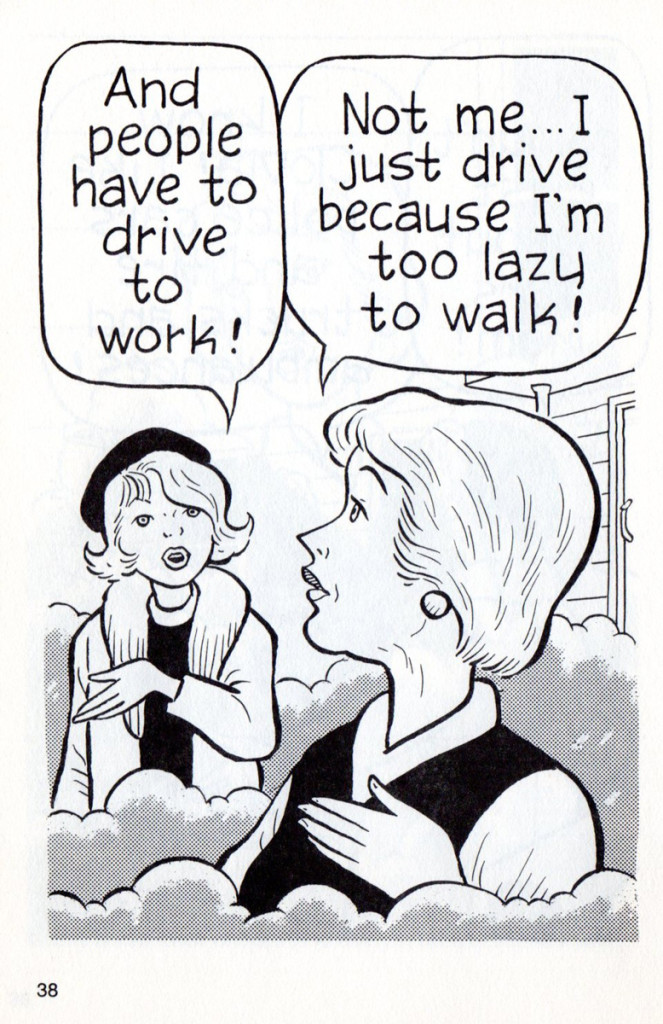
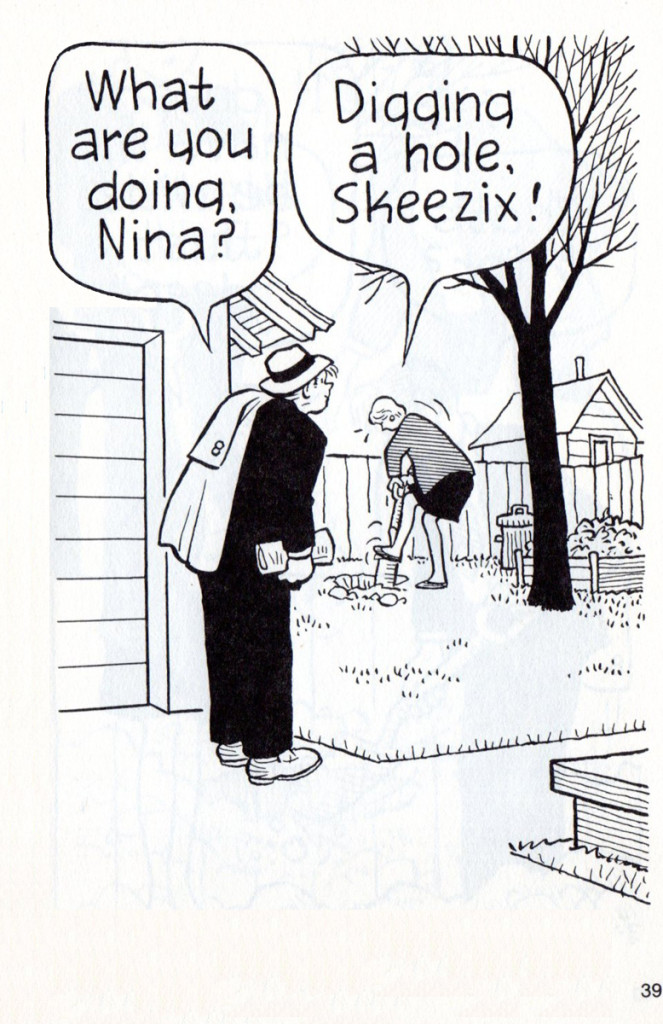
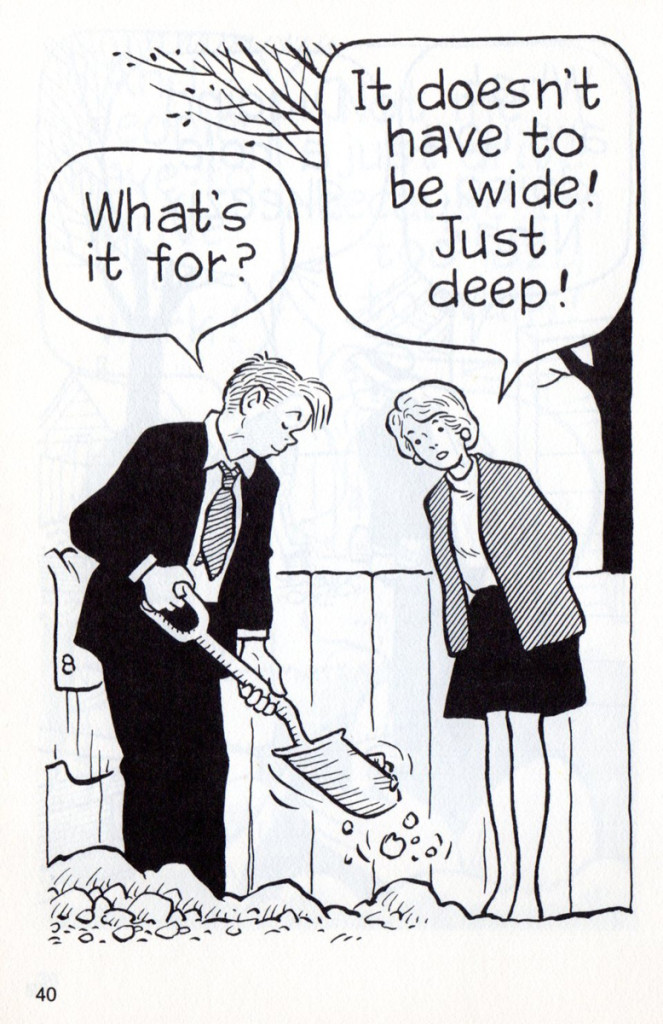
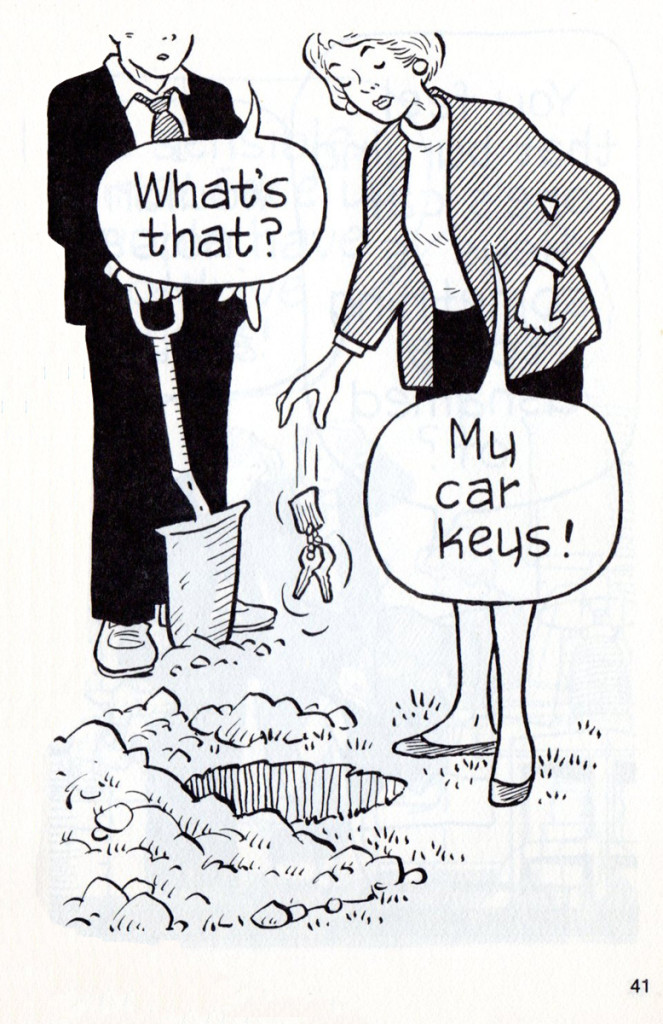
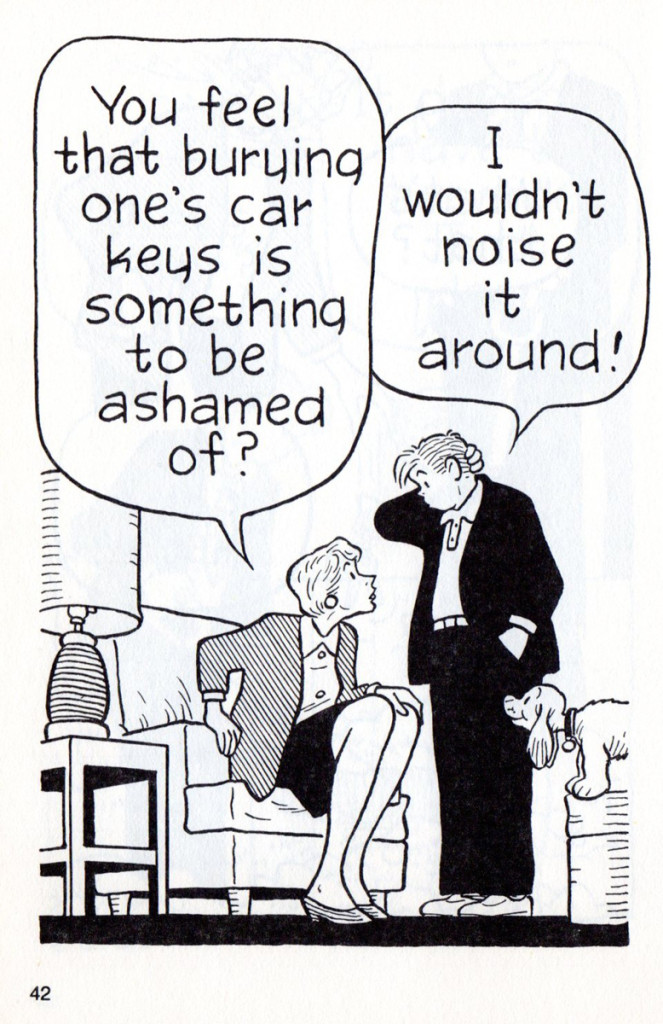
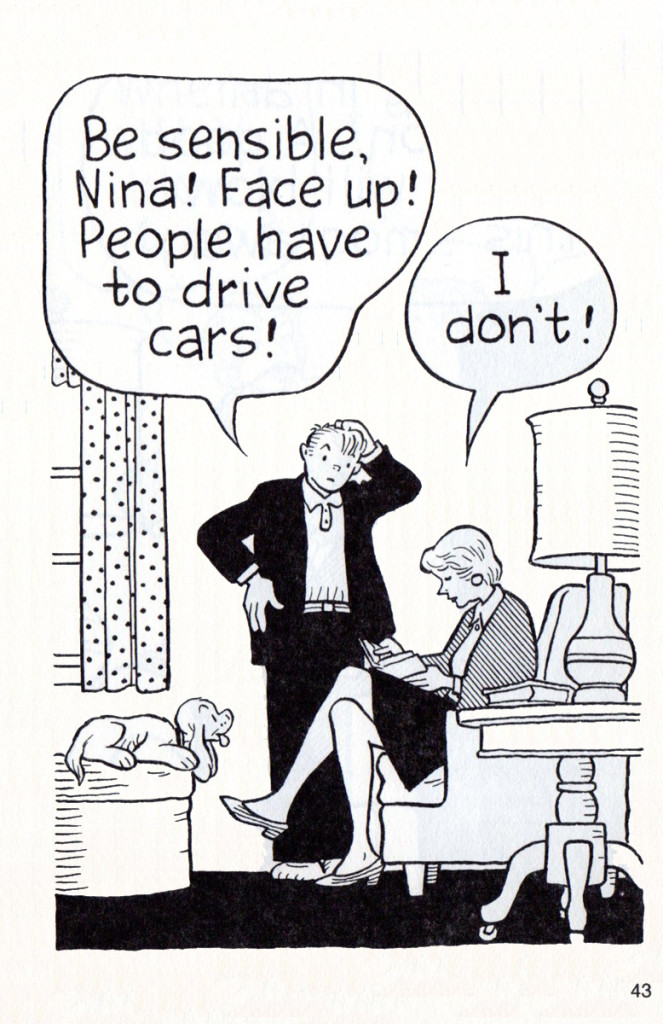
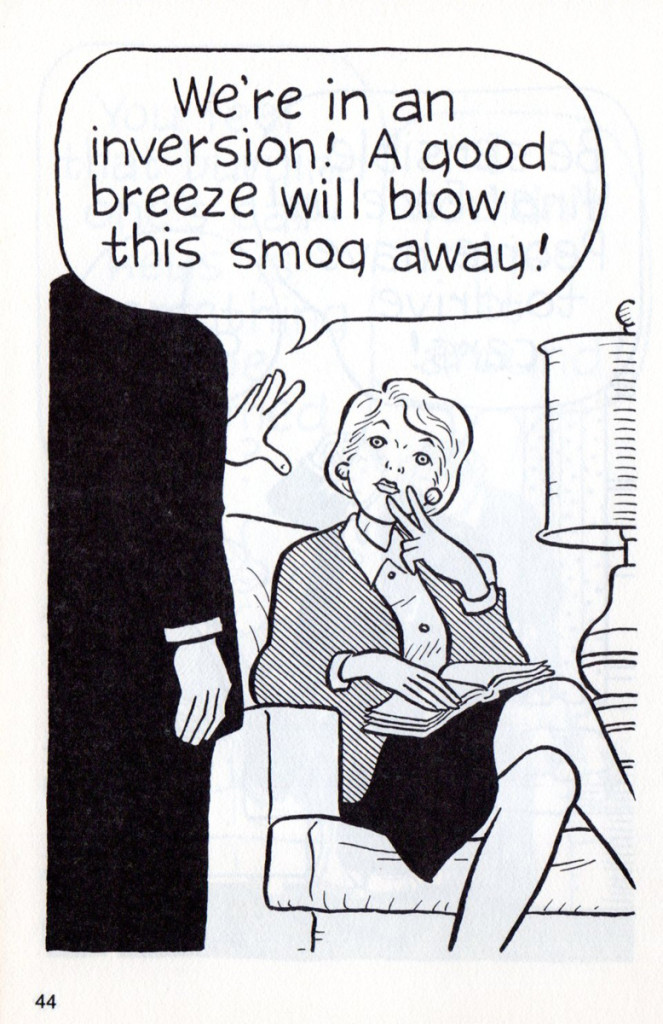
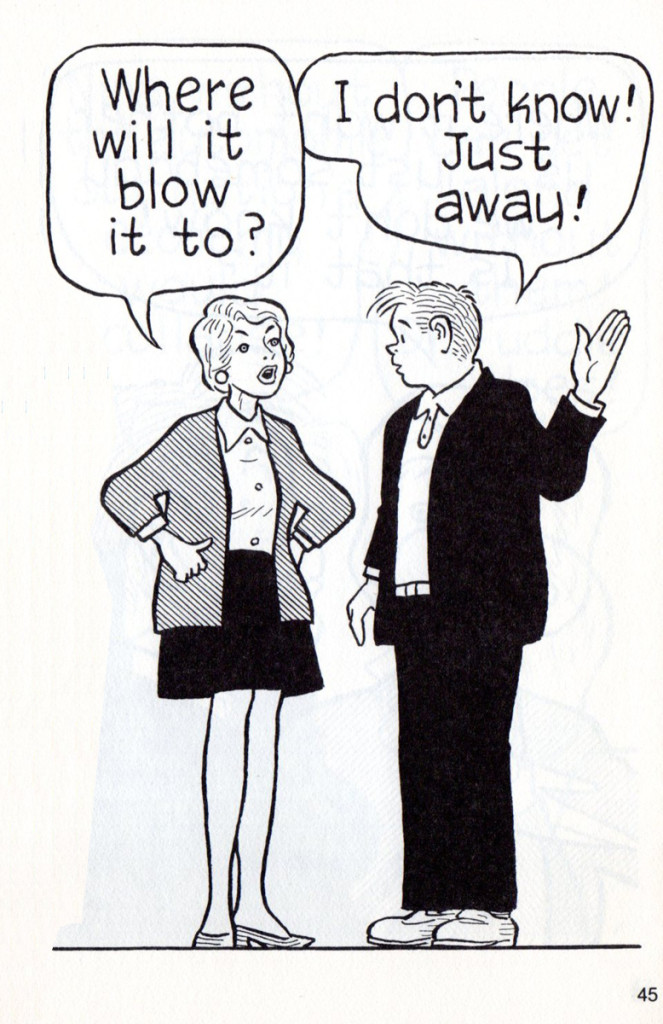
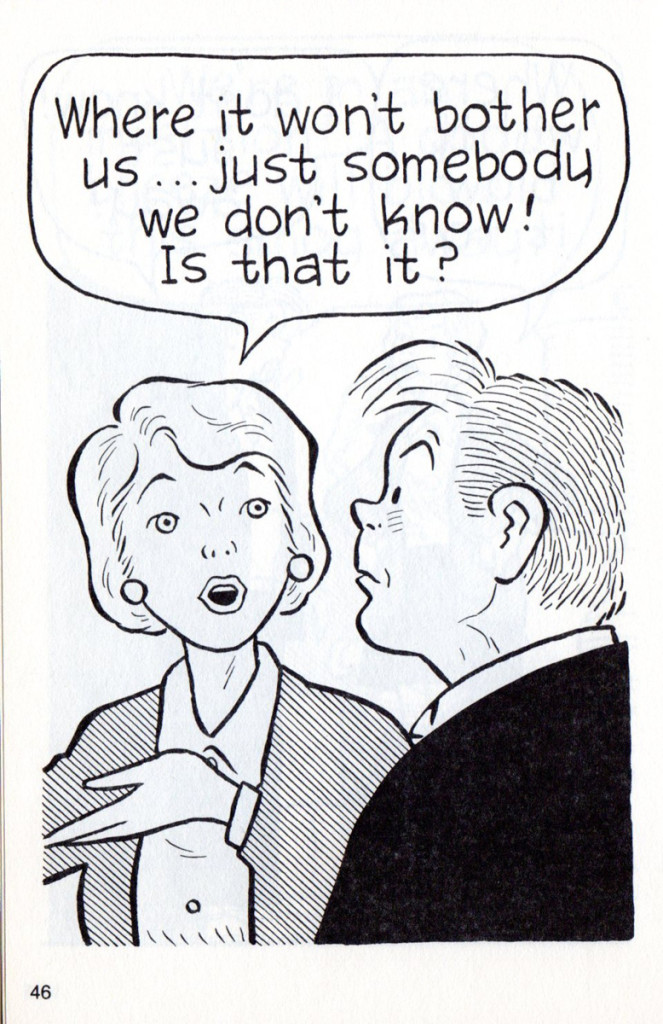
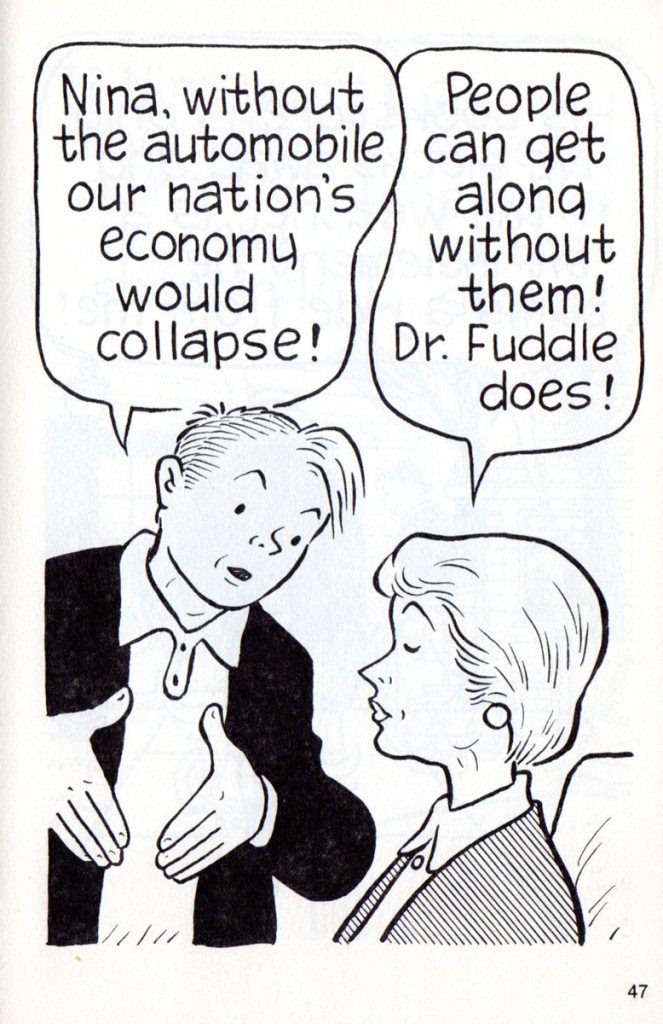
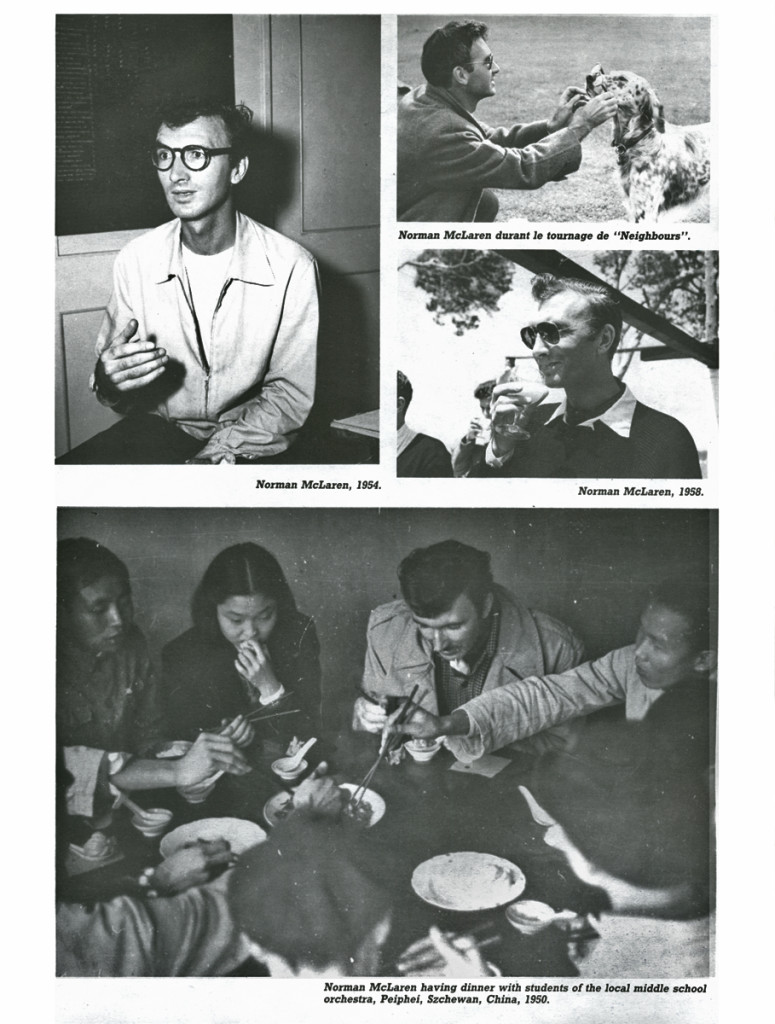
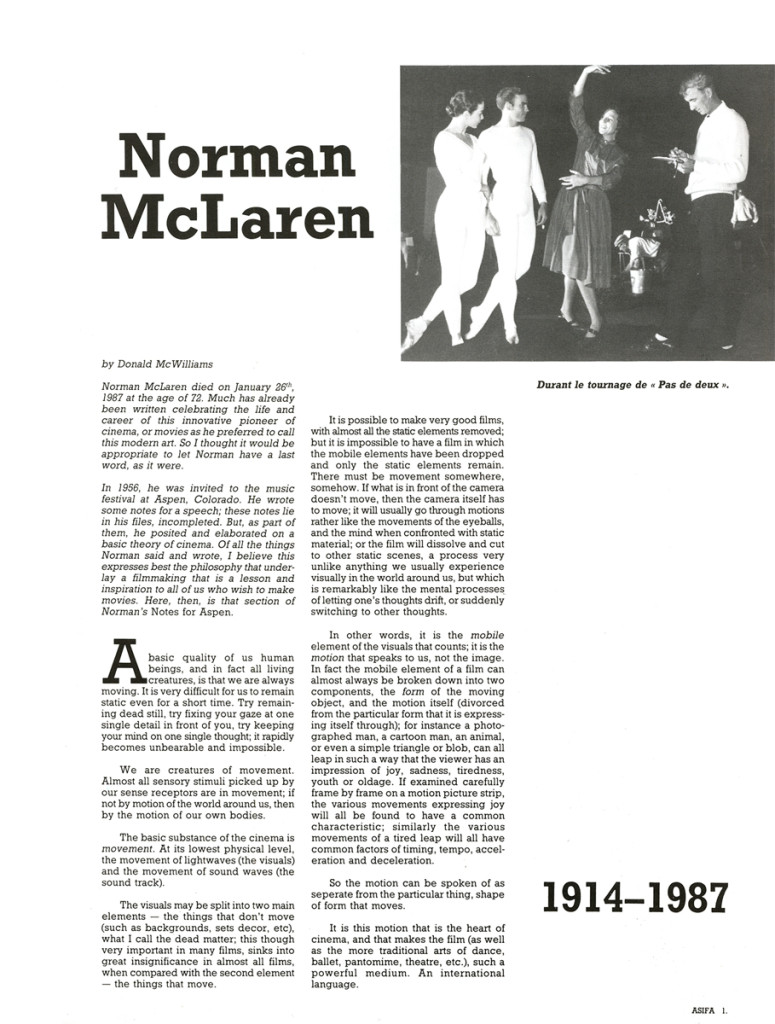
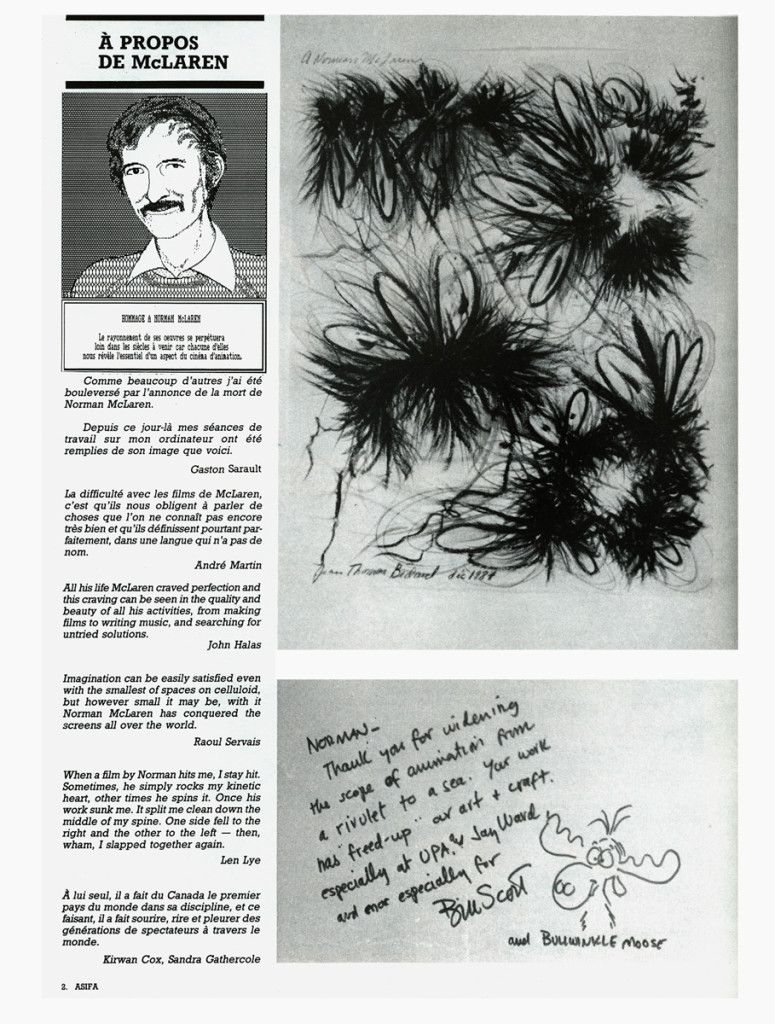
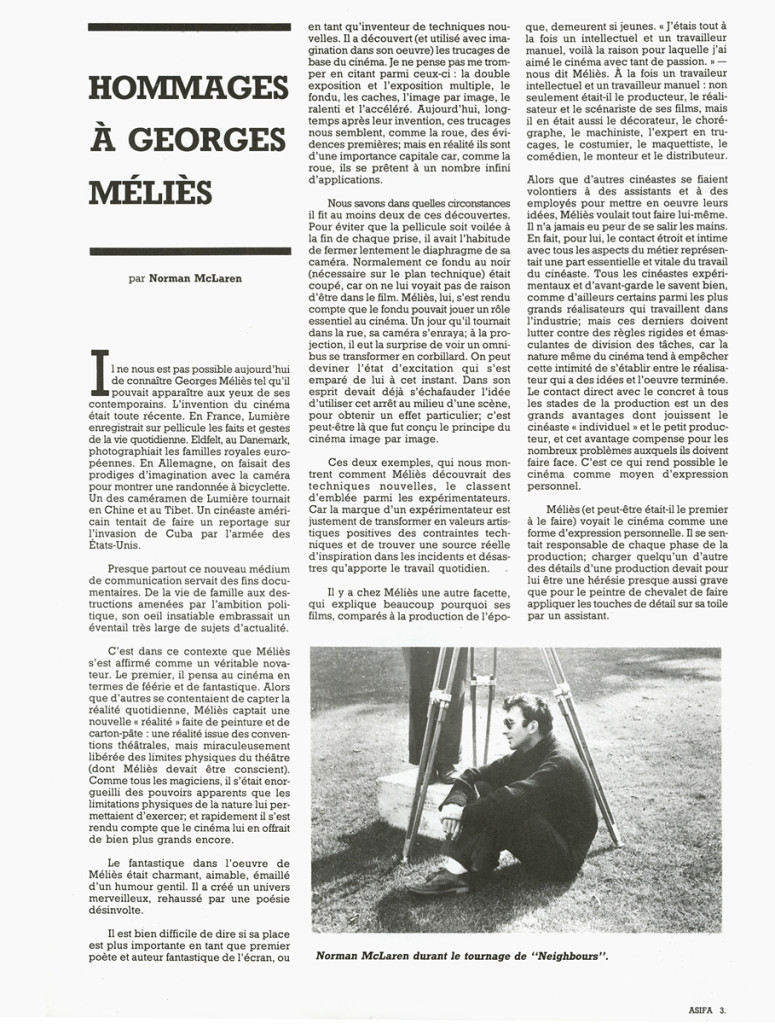
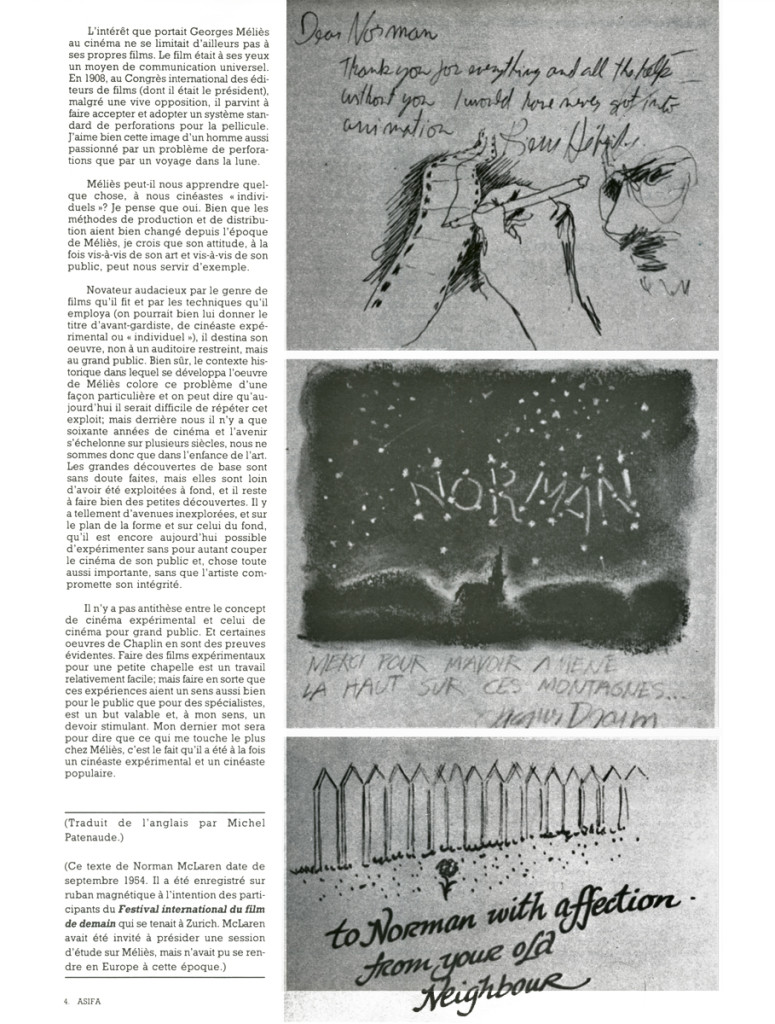
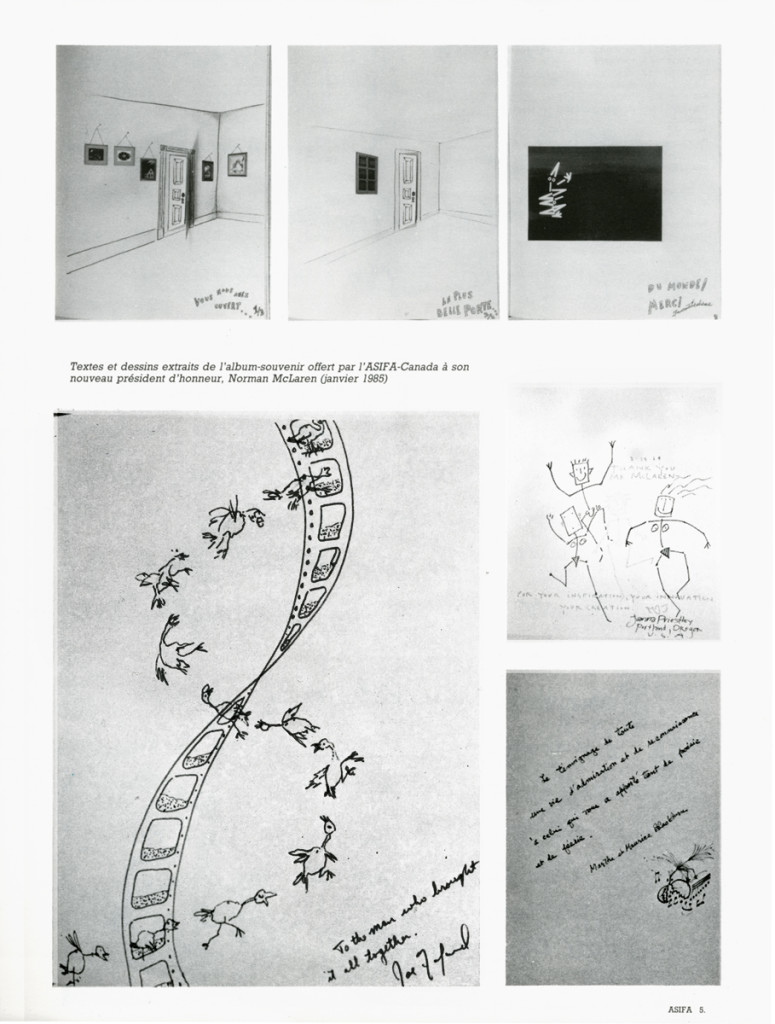
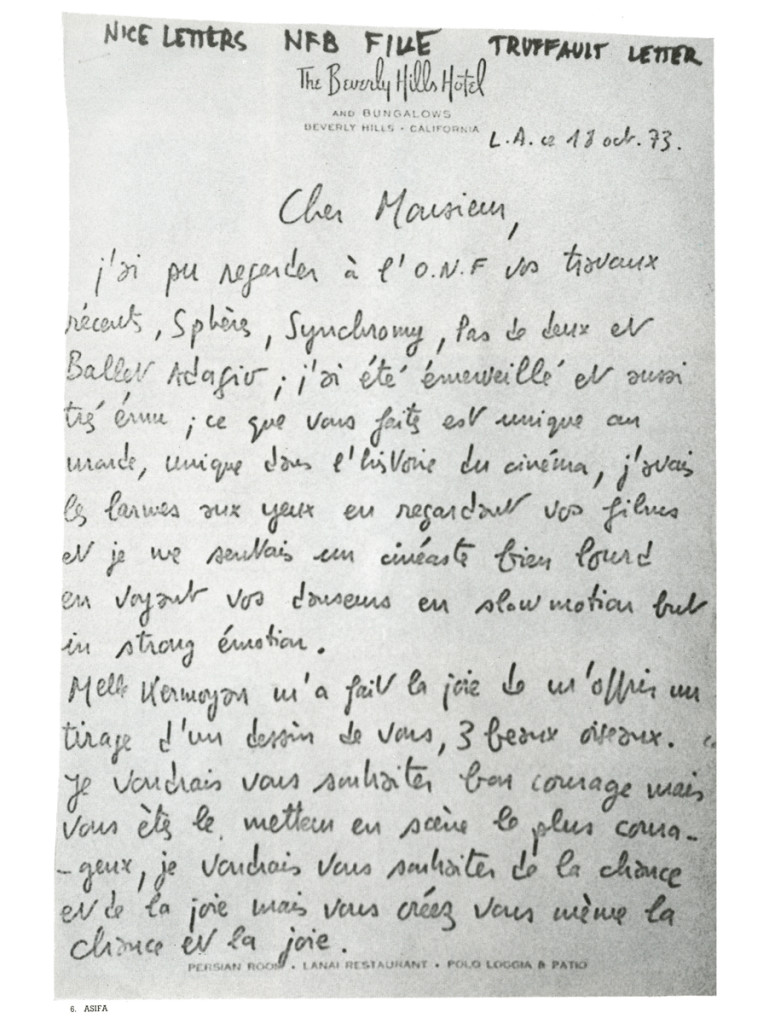
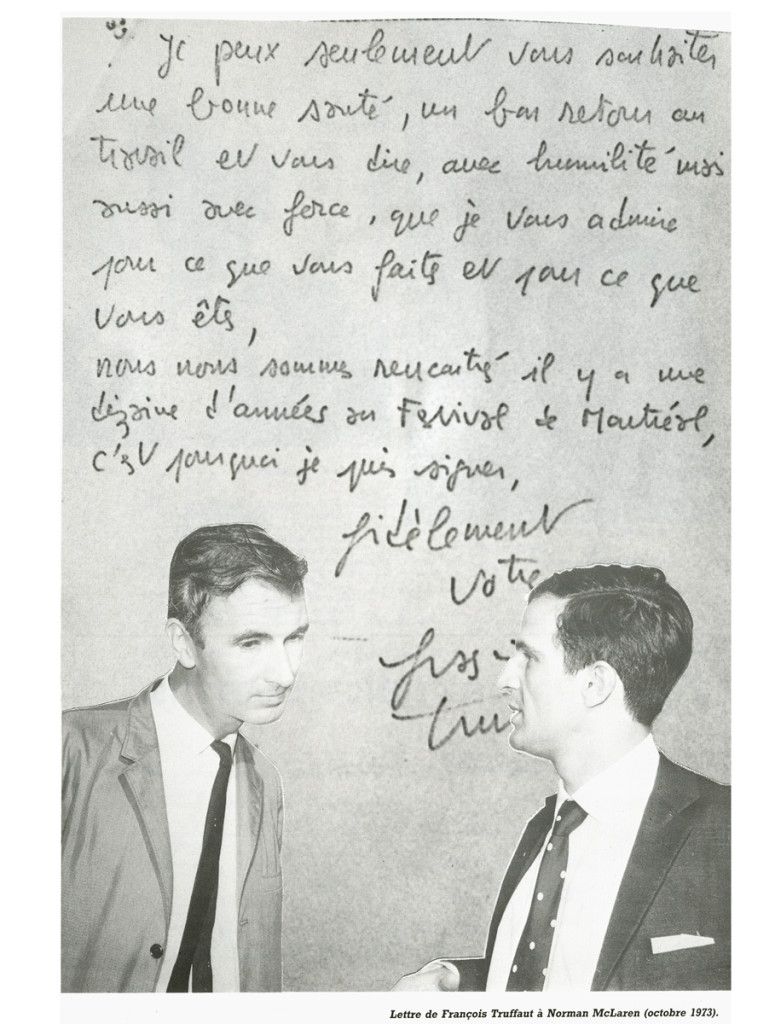
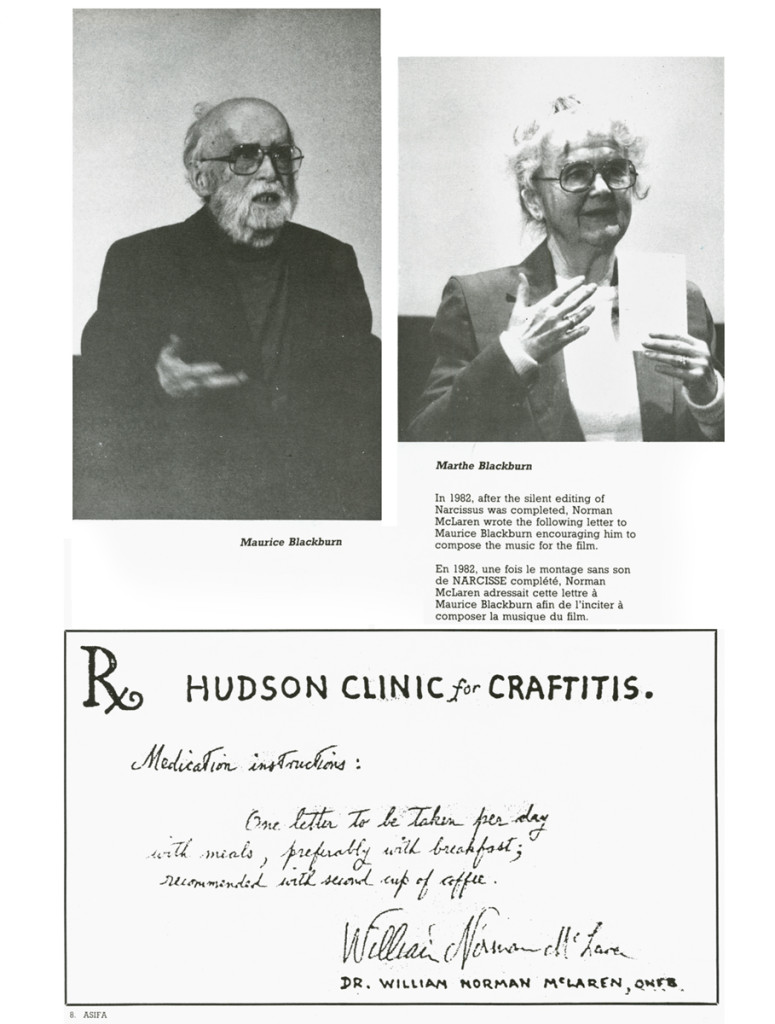
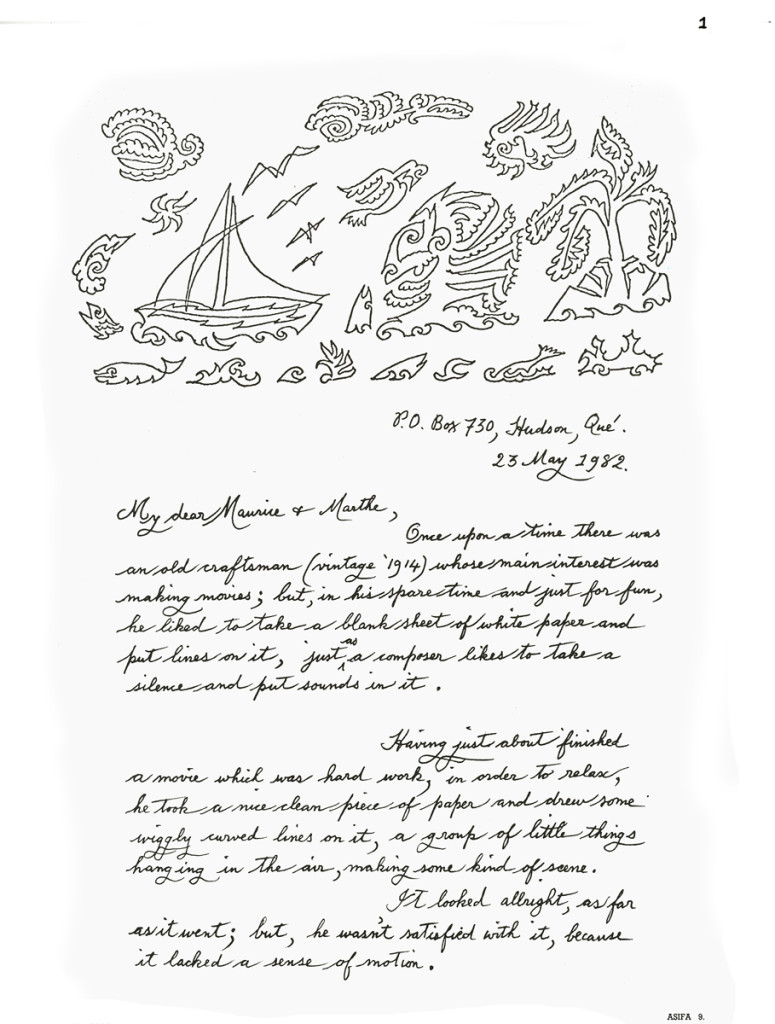
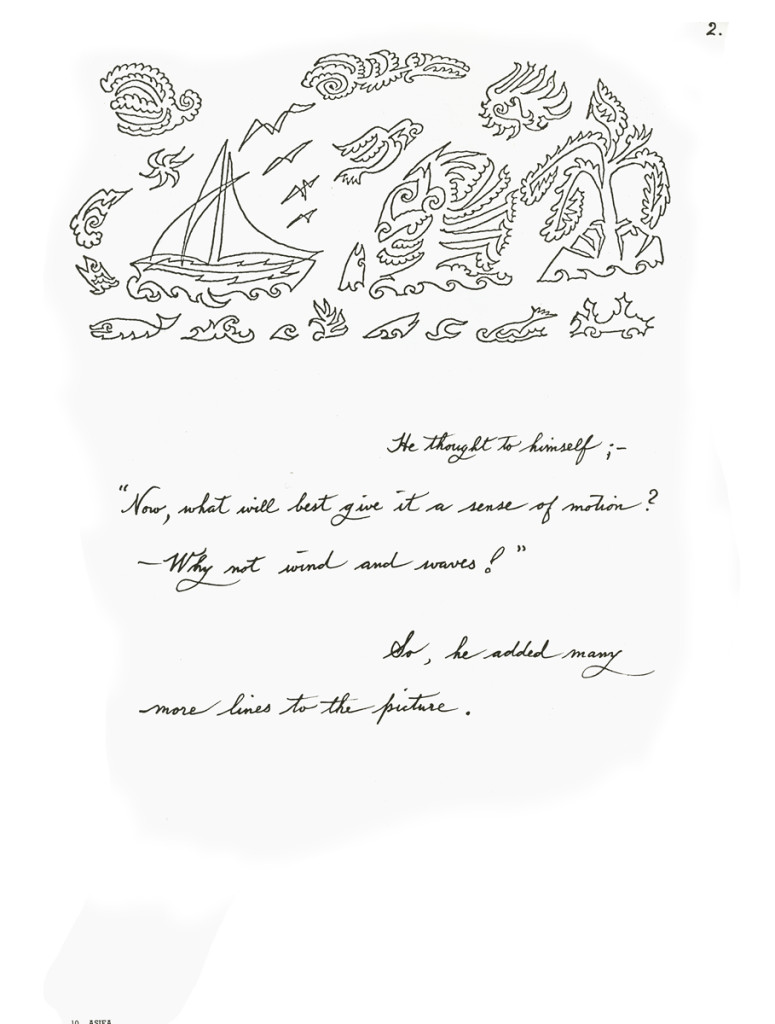
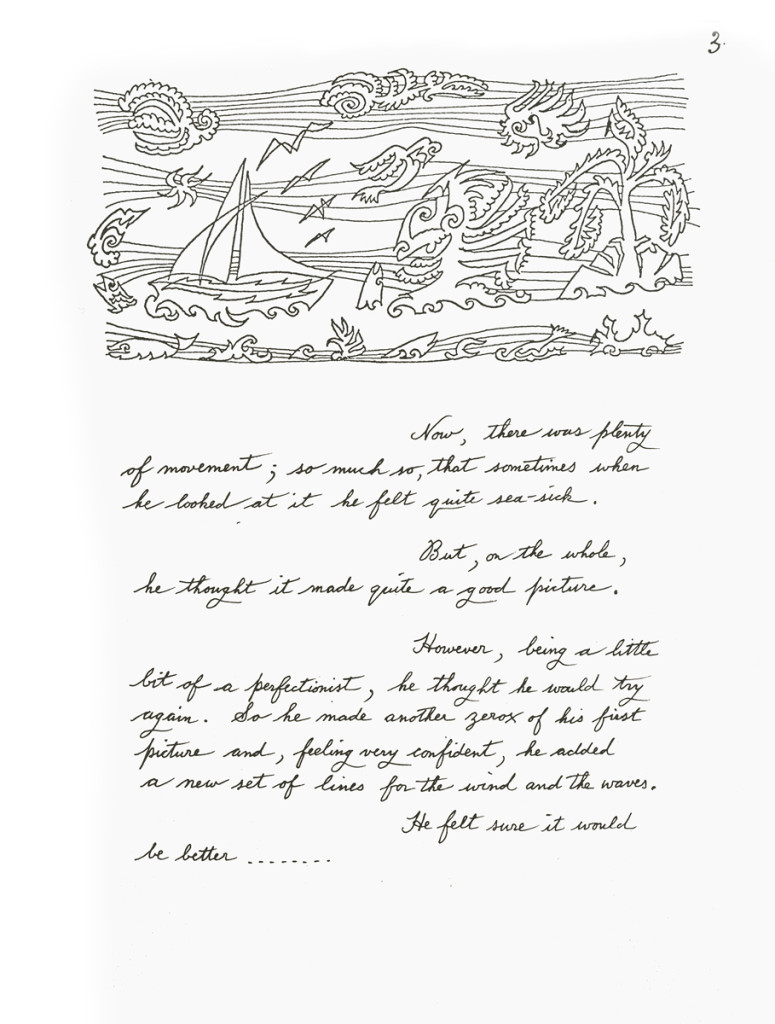
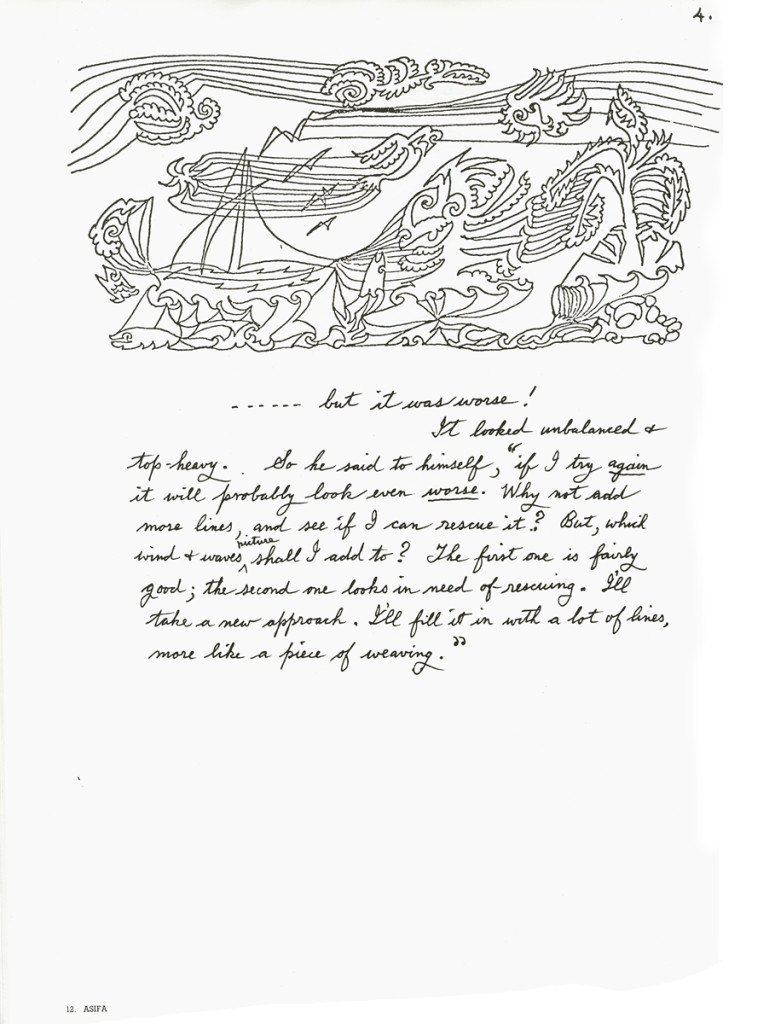
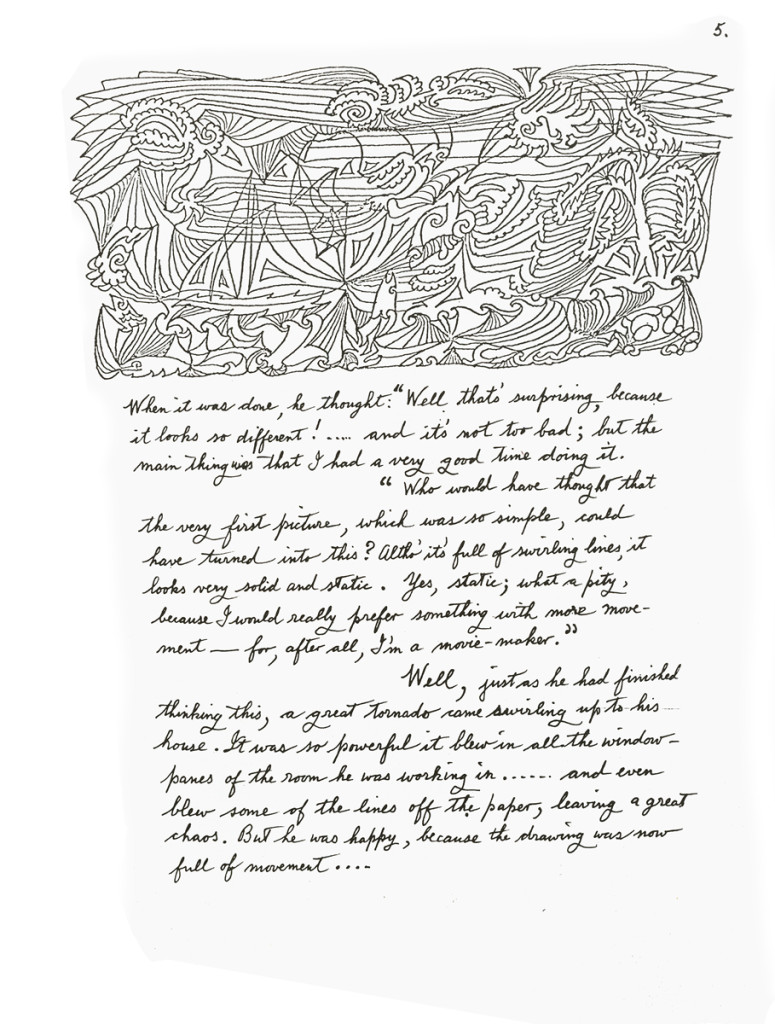
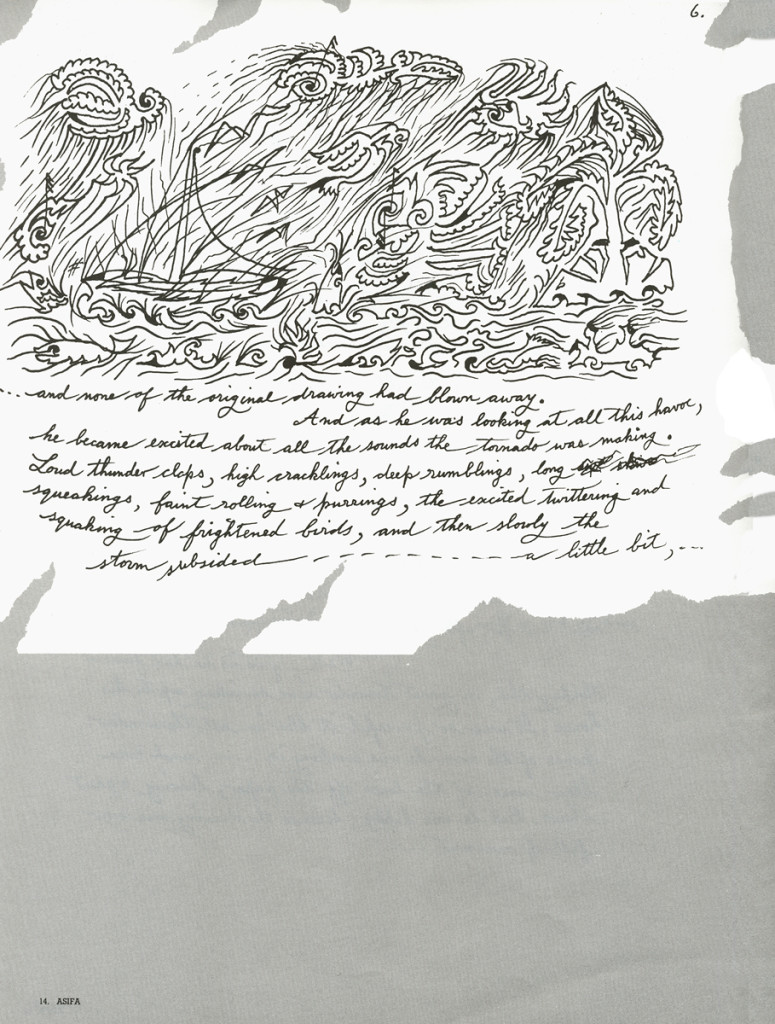
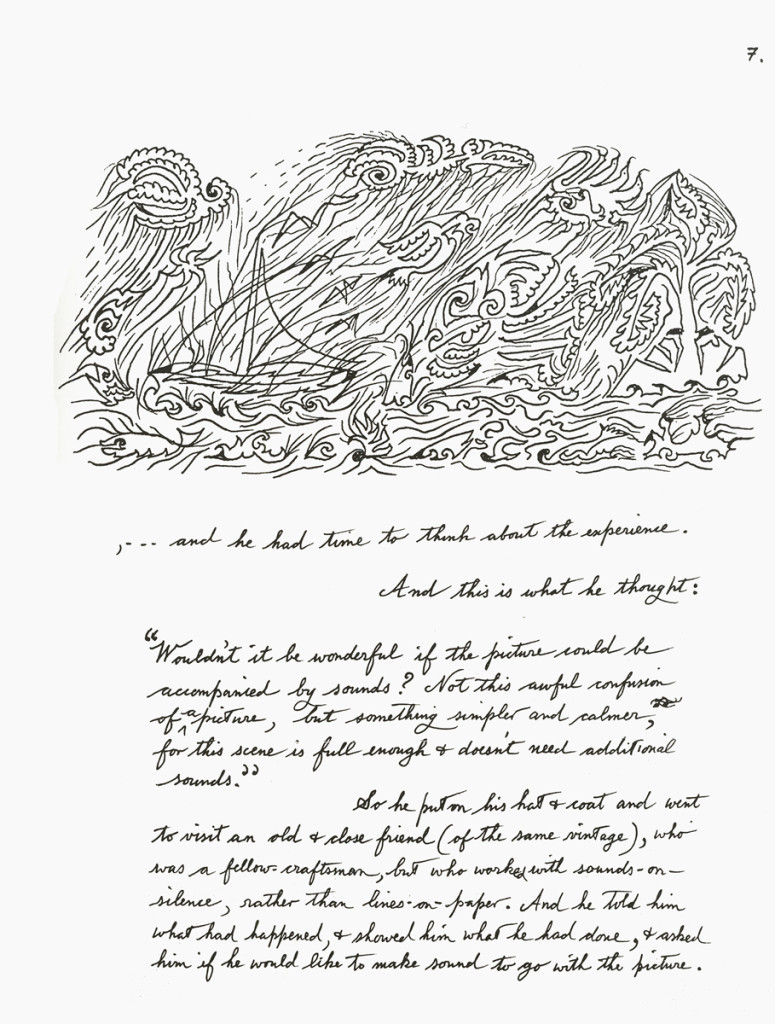
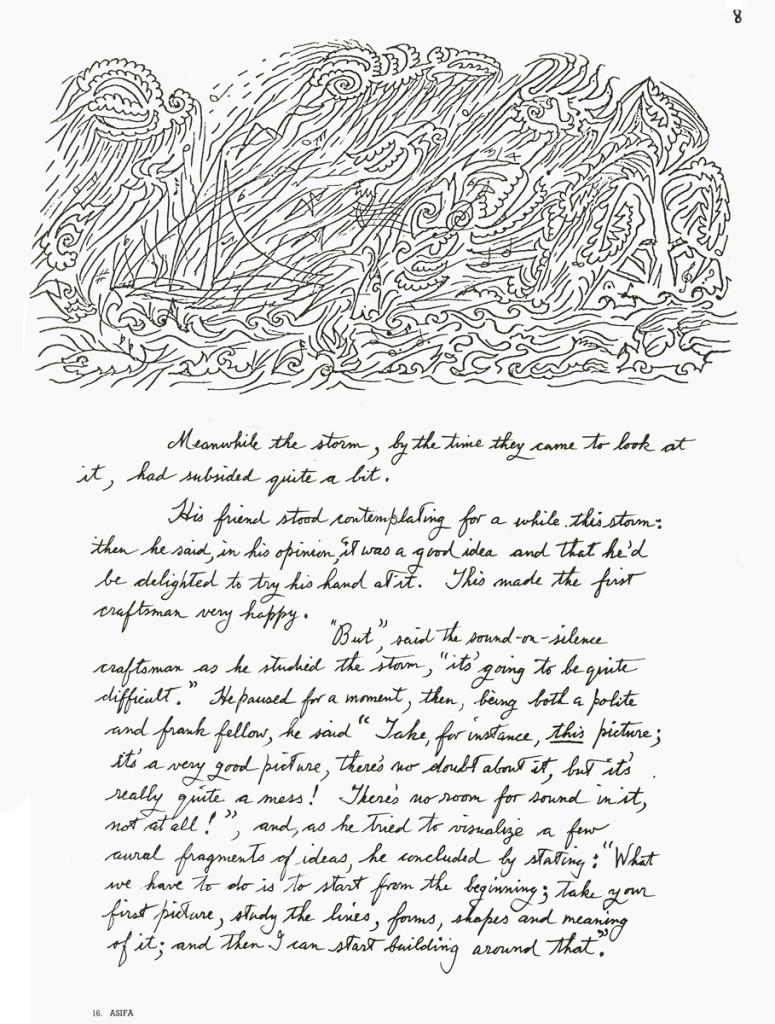
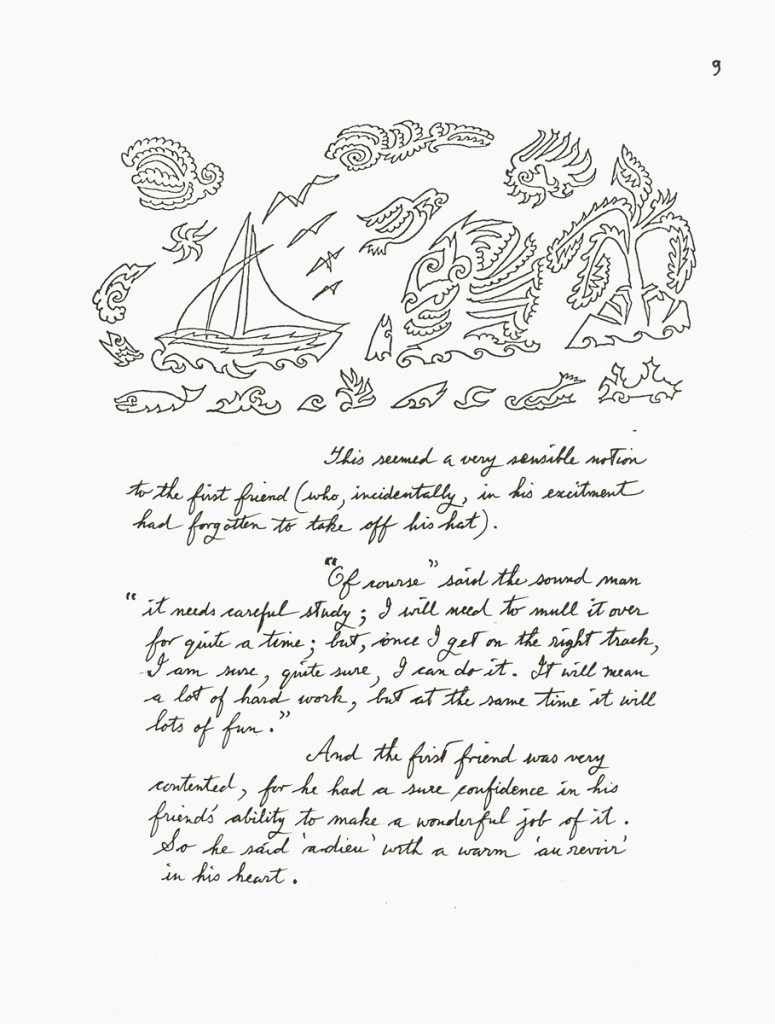
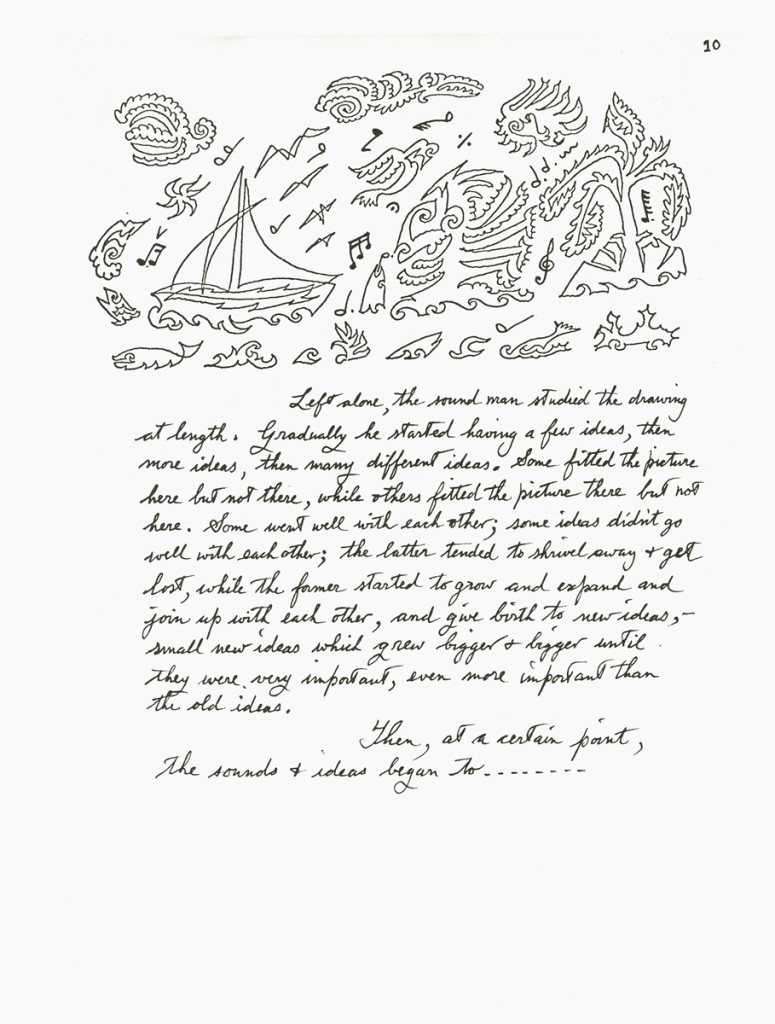
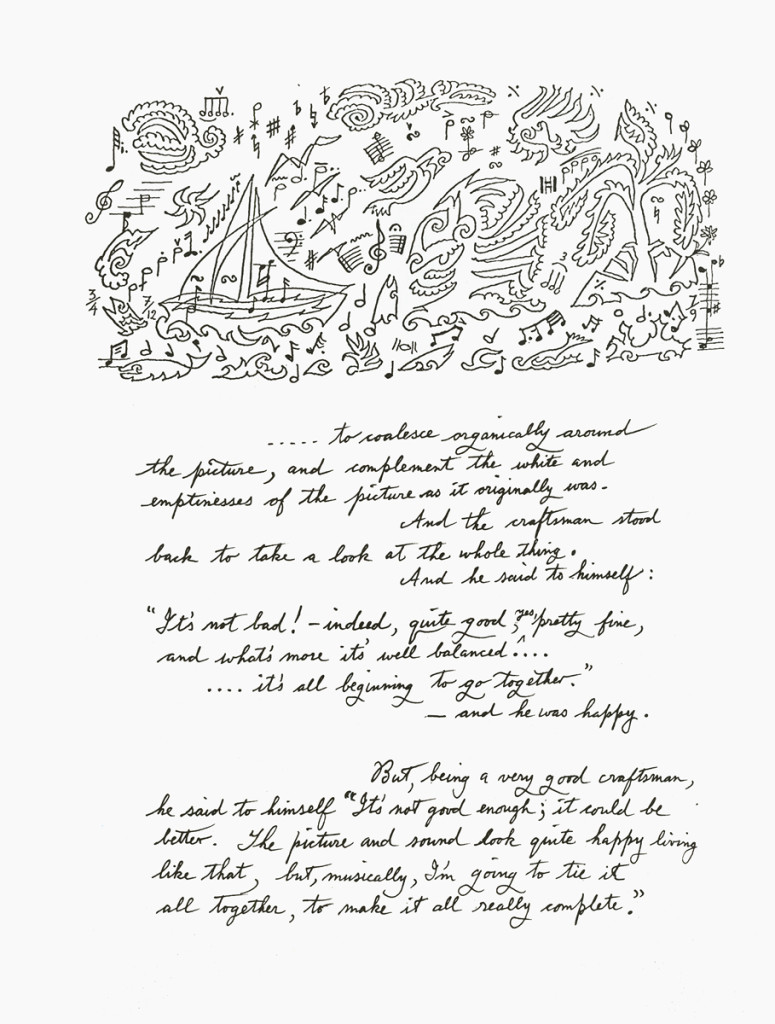
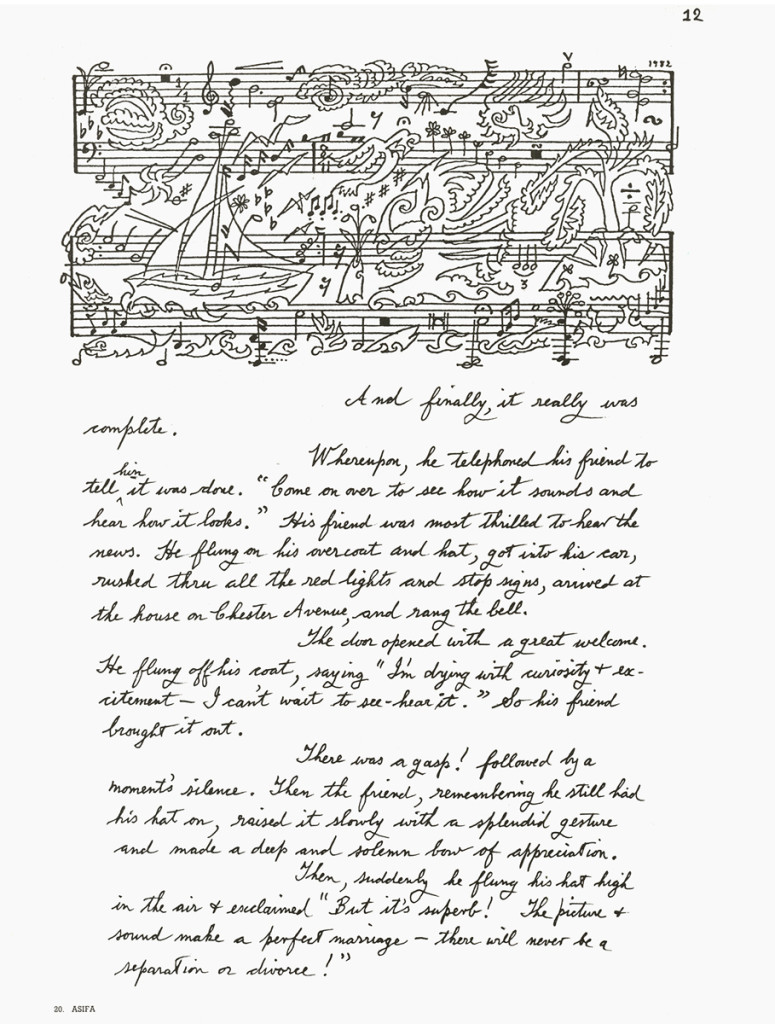
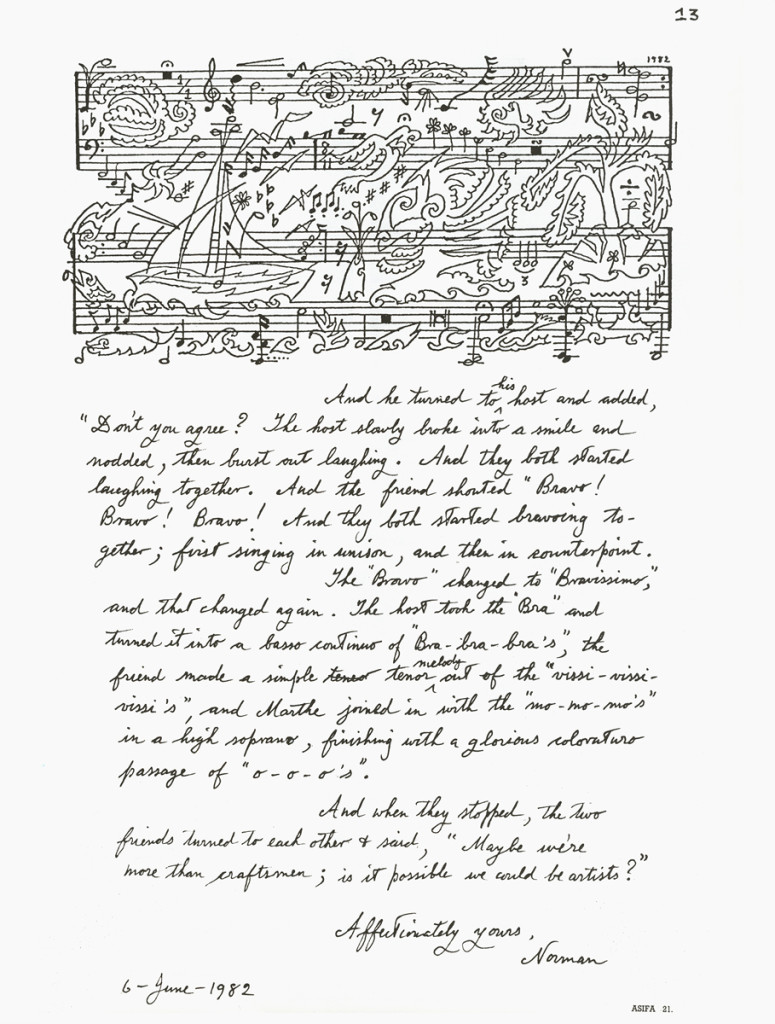
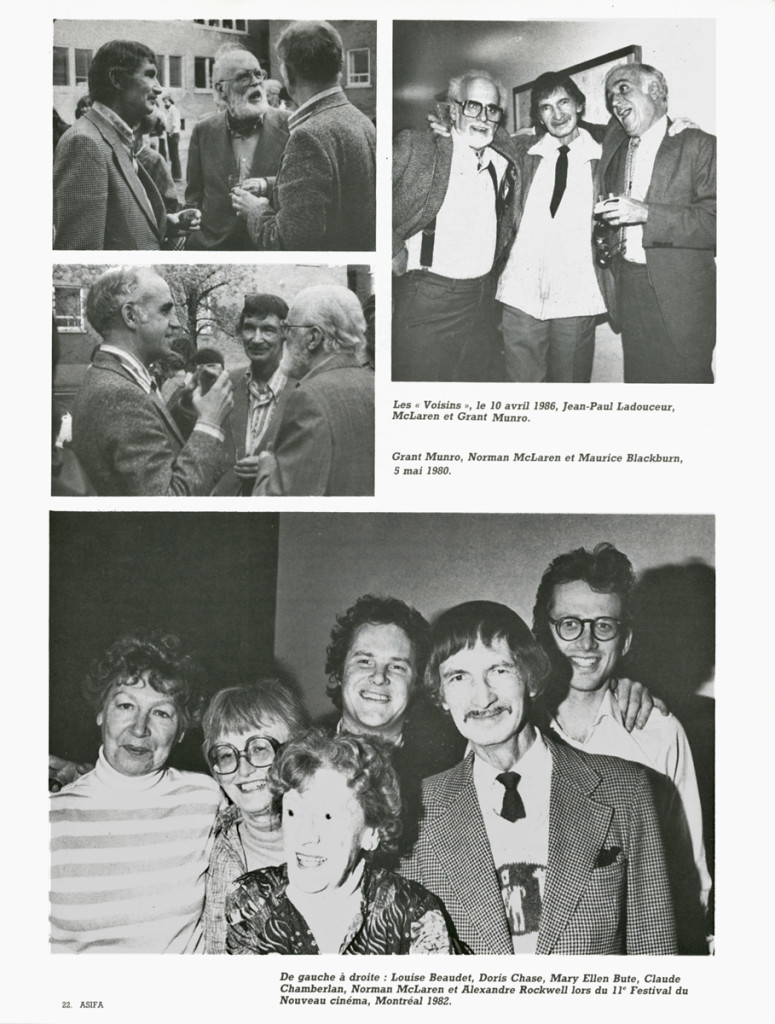
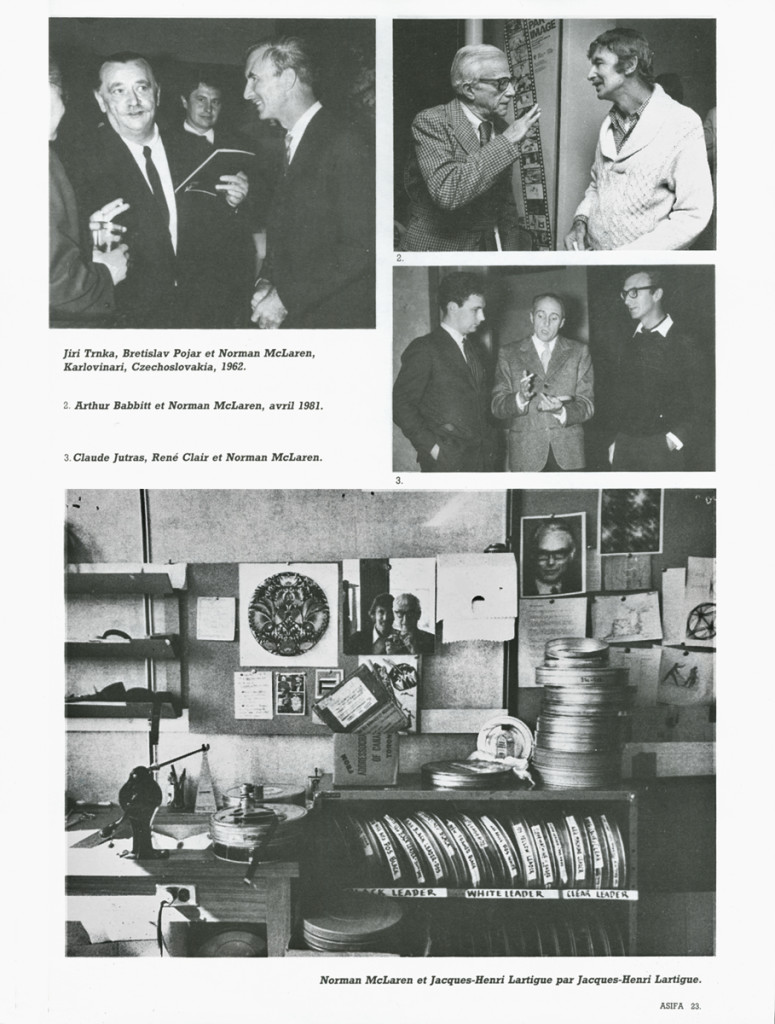
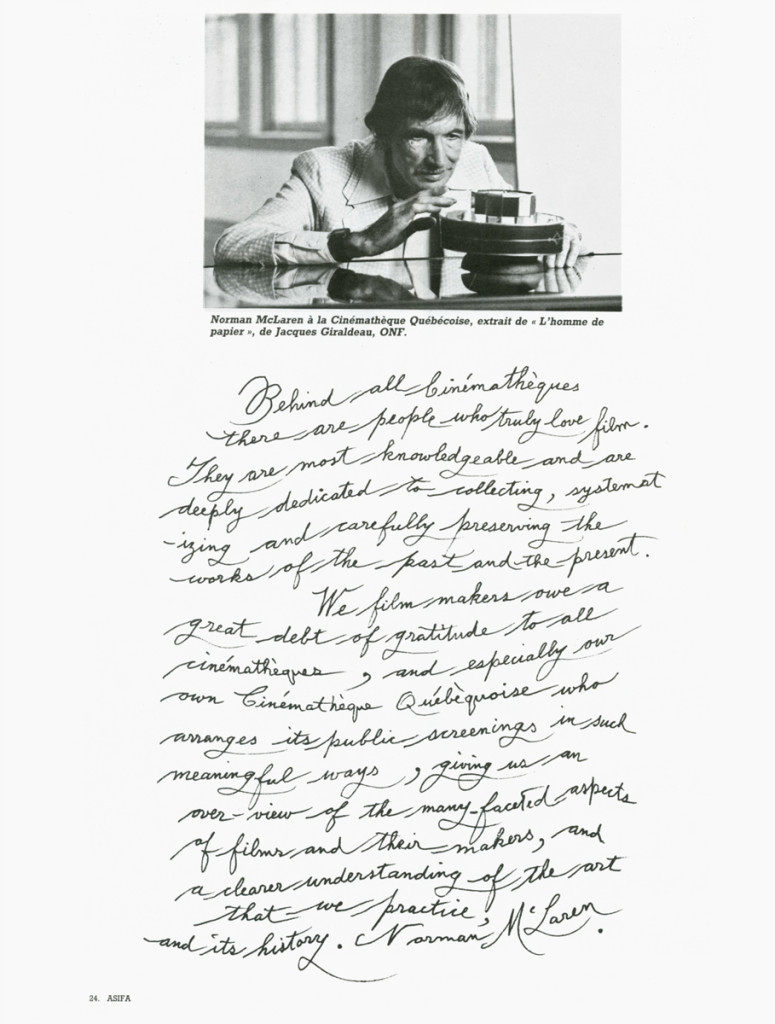
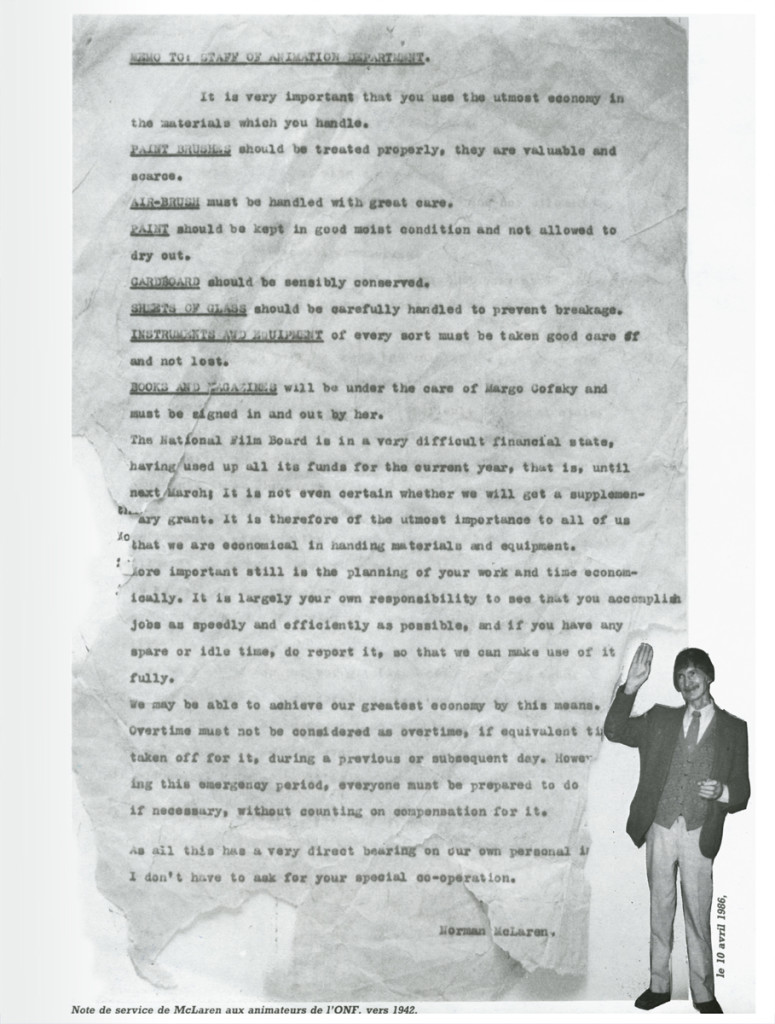
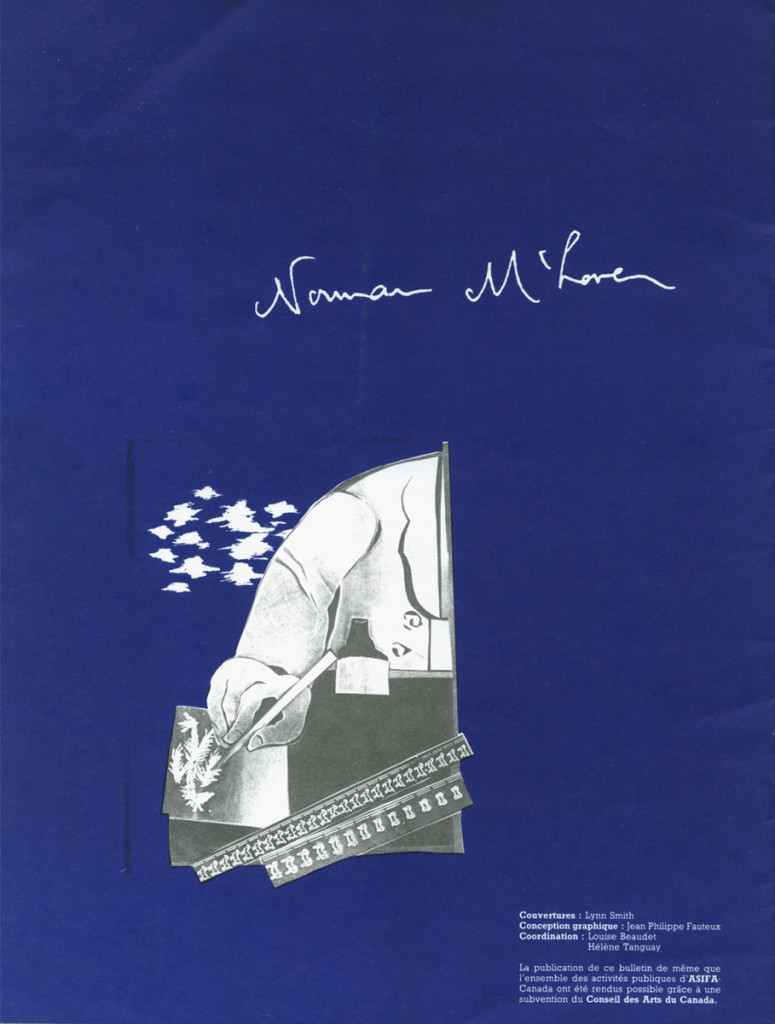






















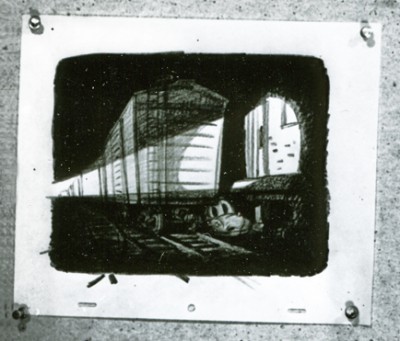
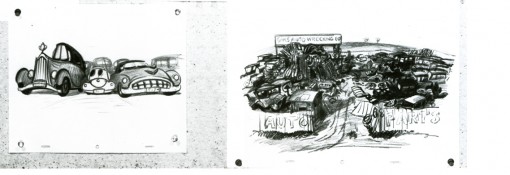
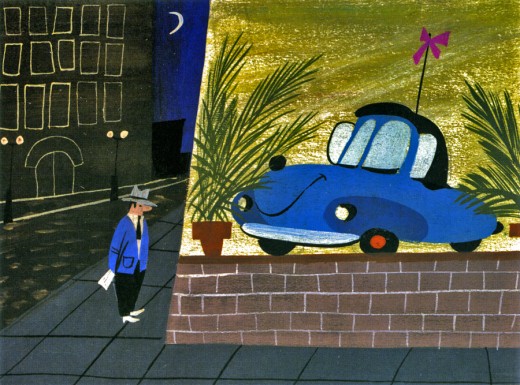
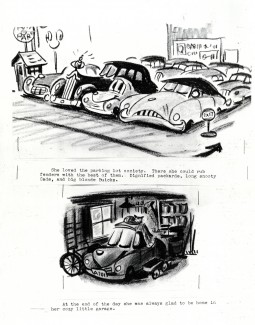 3
3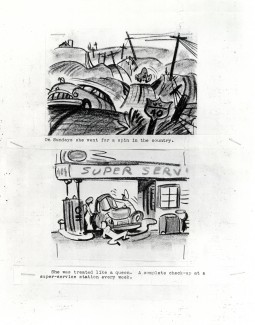 4
4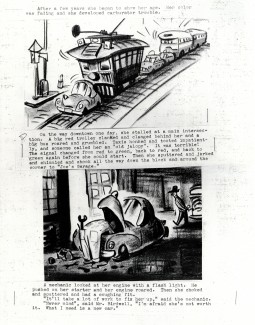 5
5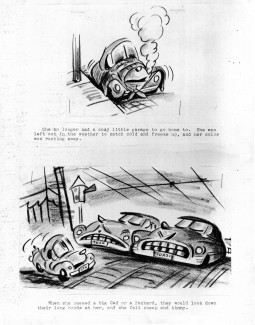 6
6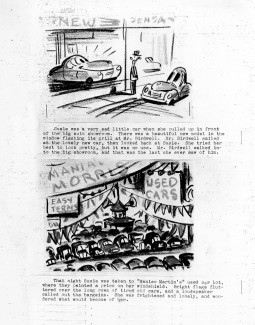 7
7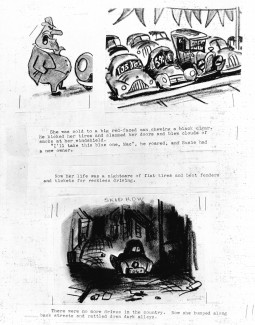 8
8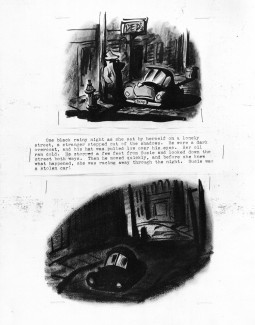 9
9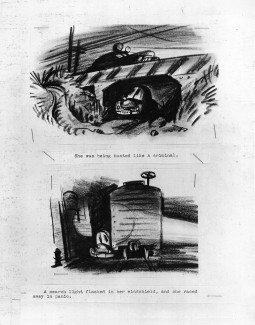 10
10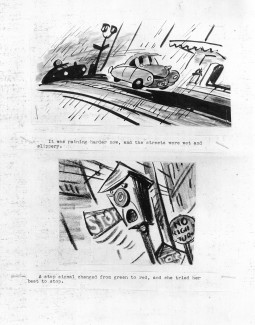 13
13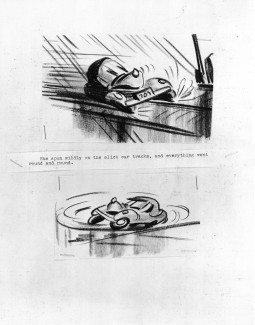 14
14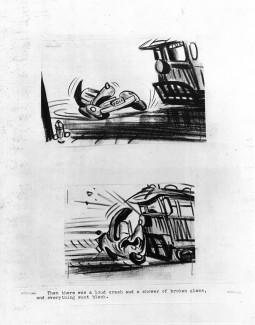 15
15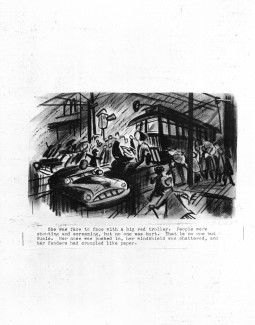 16
16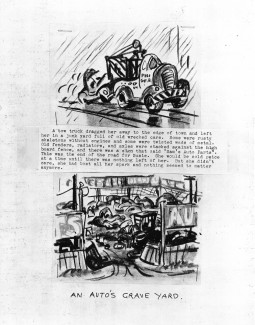 17
17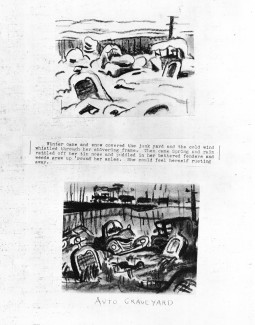 18
18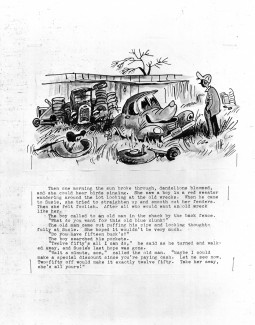 19
19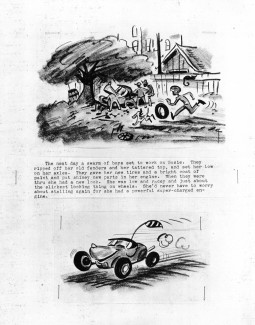 20
20